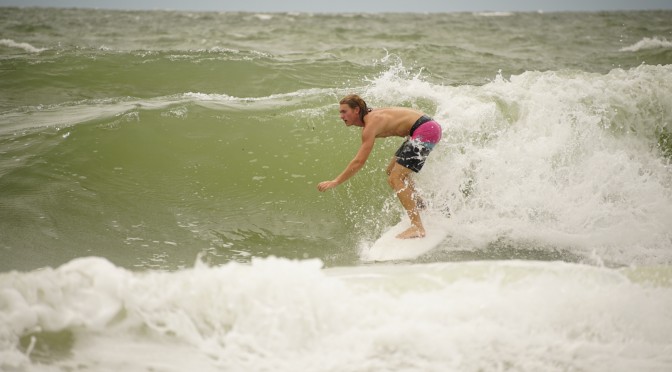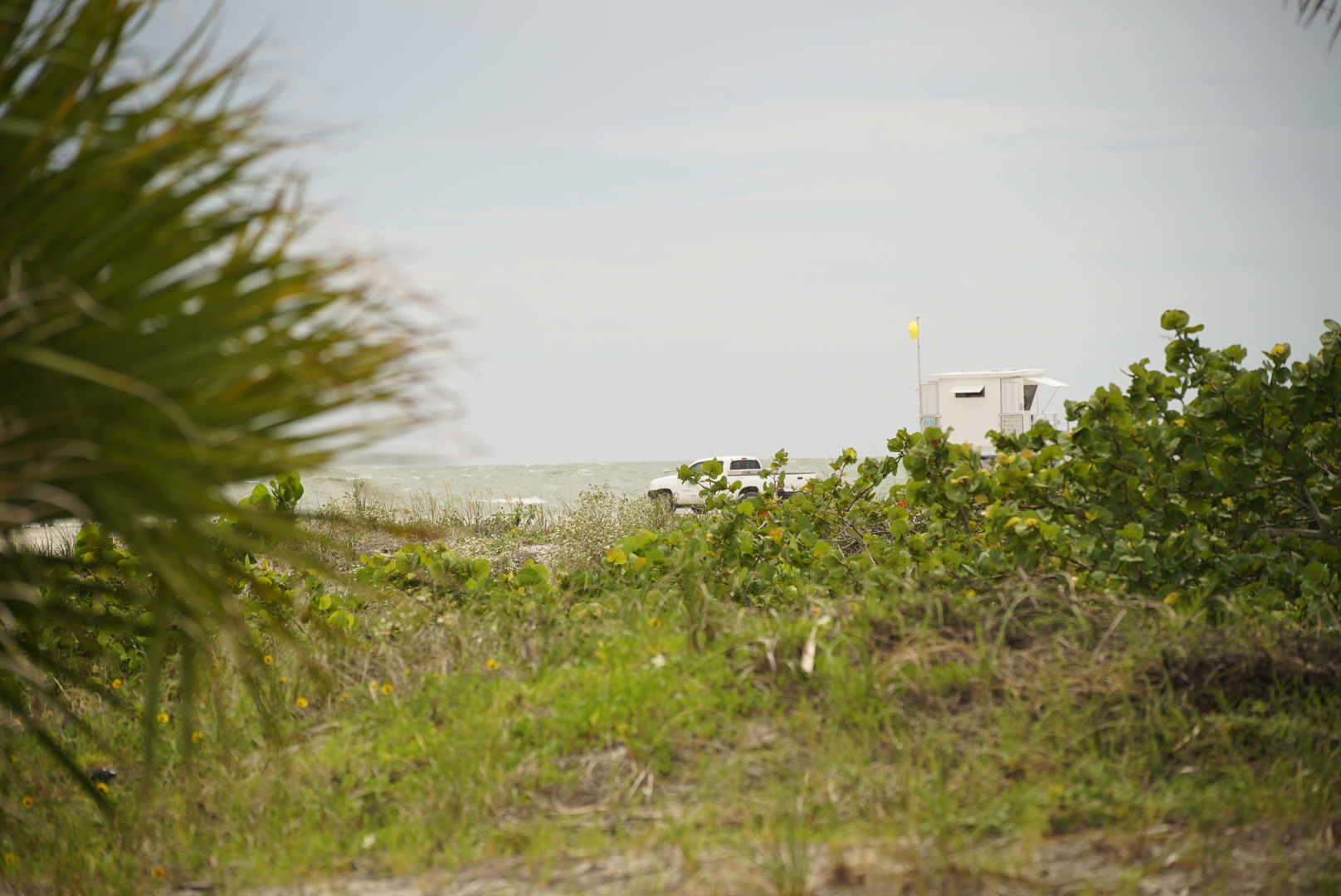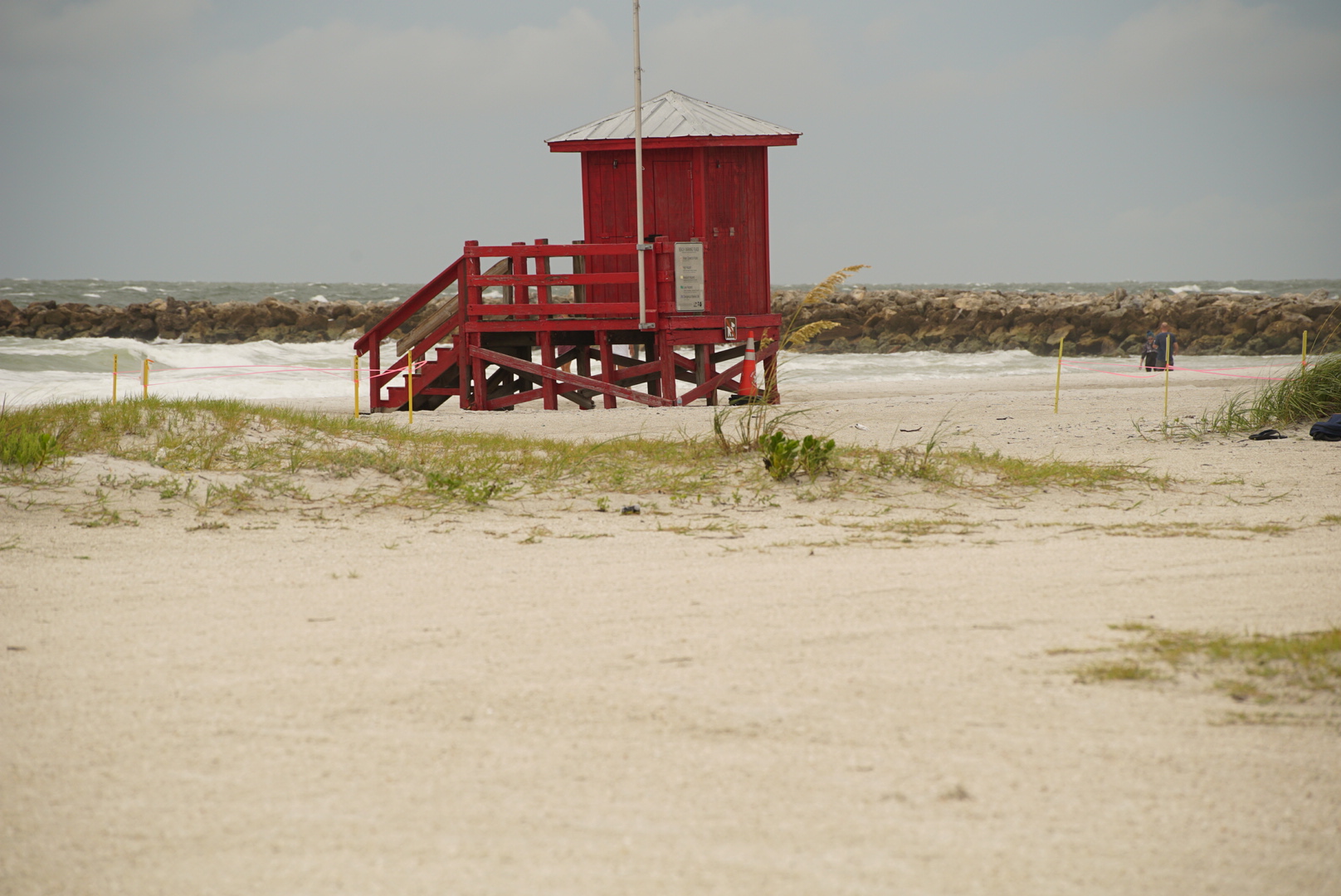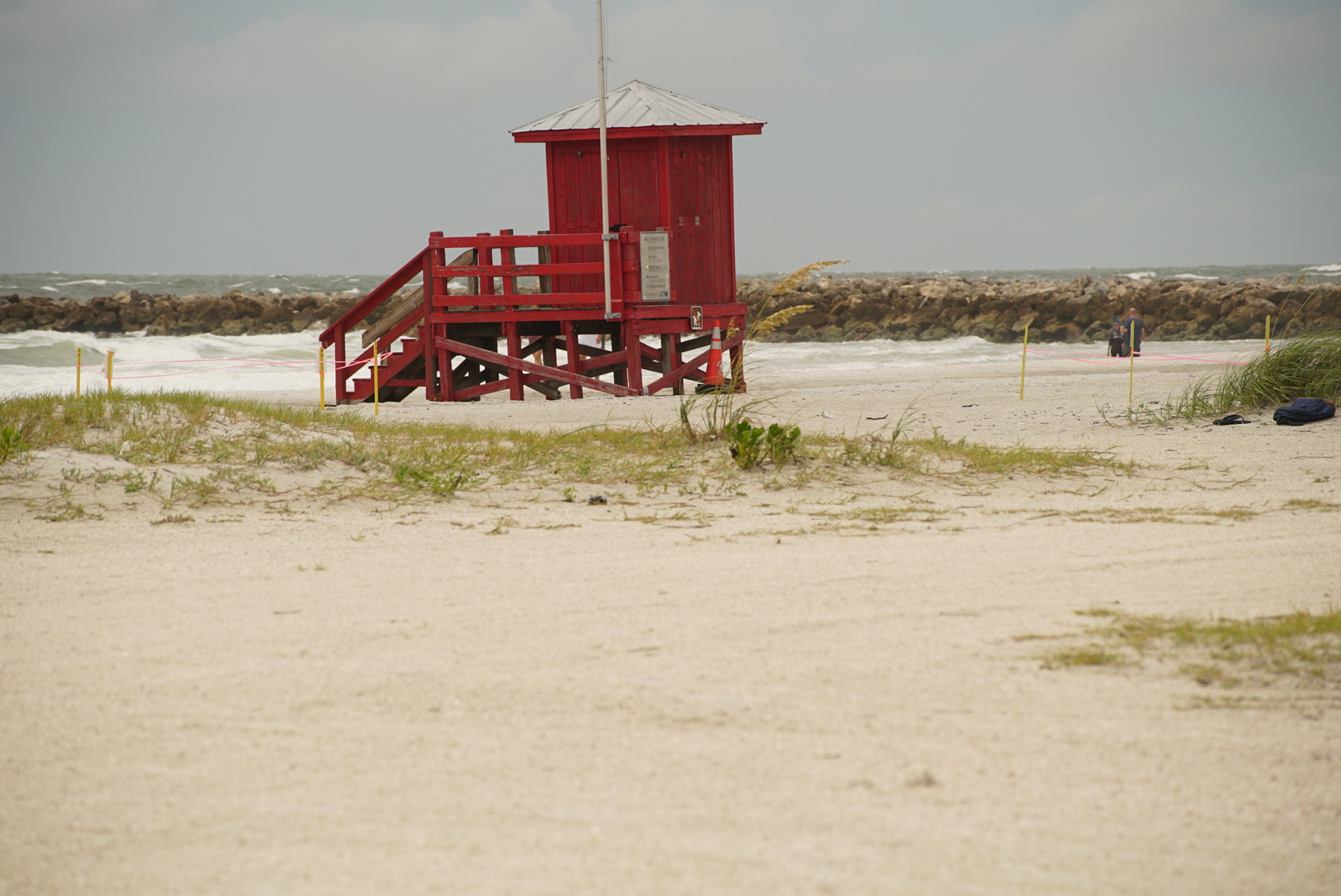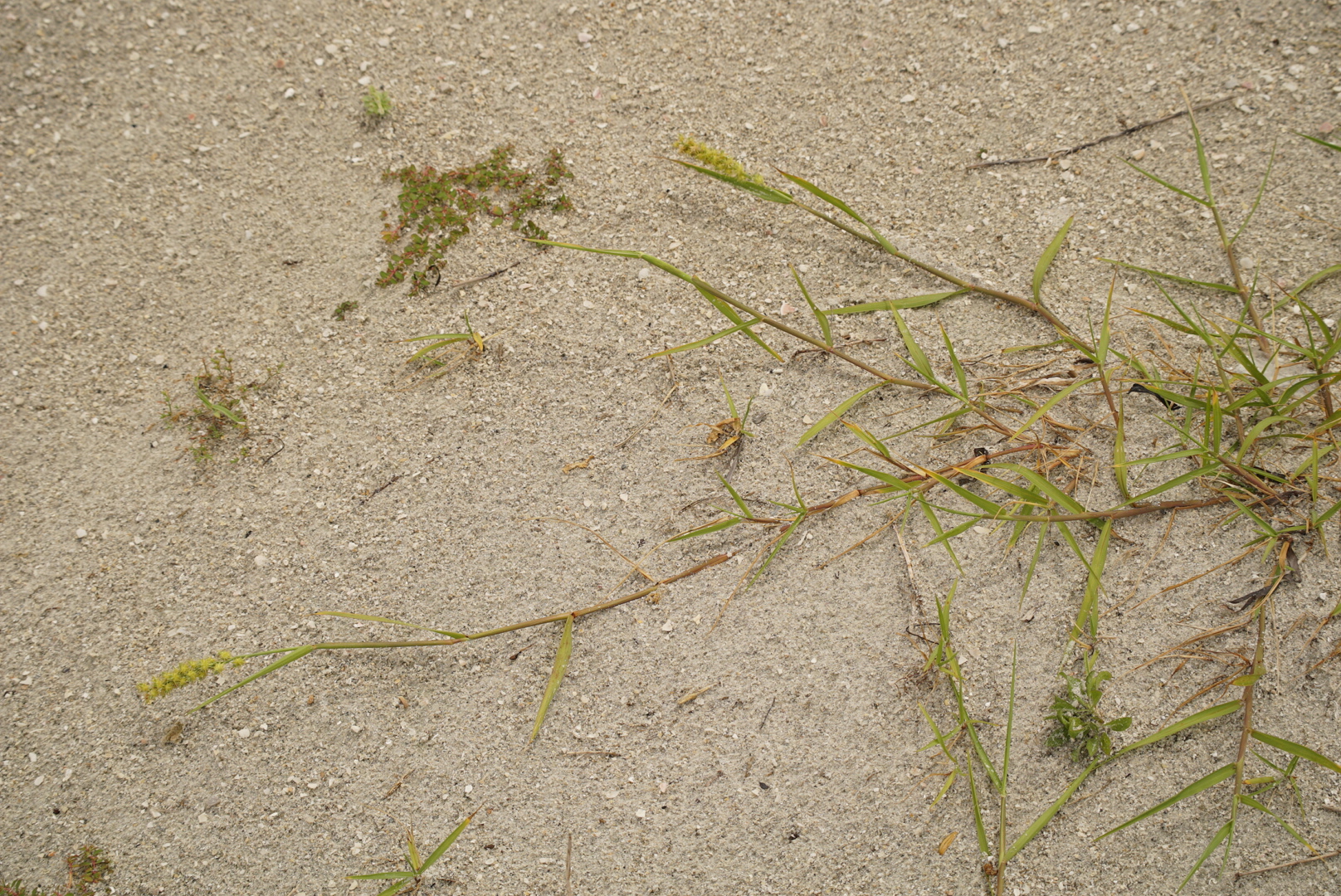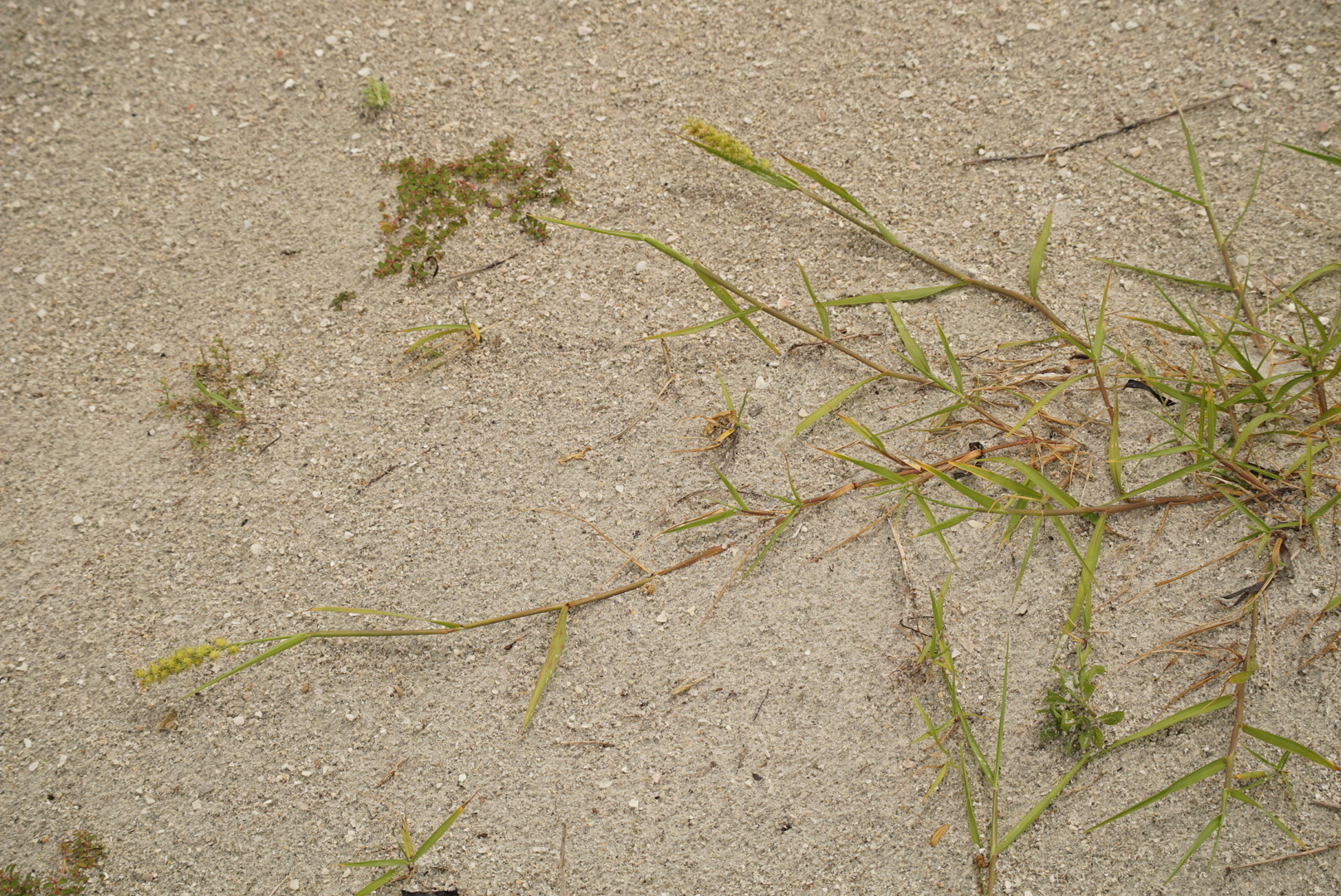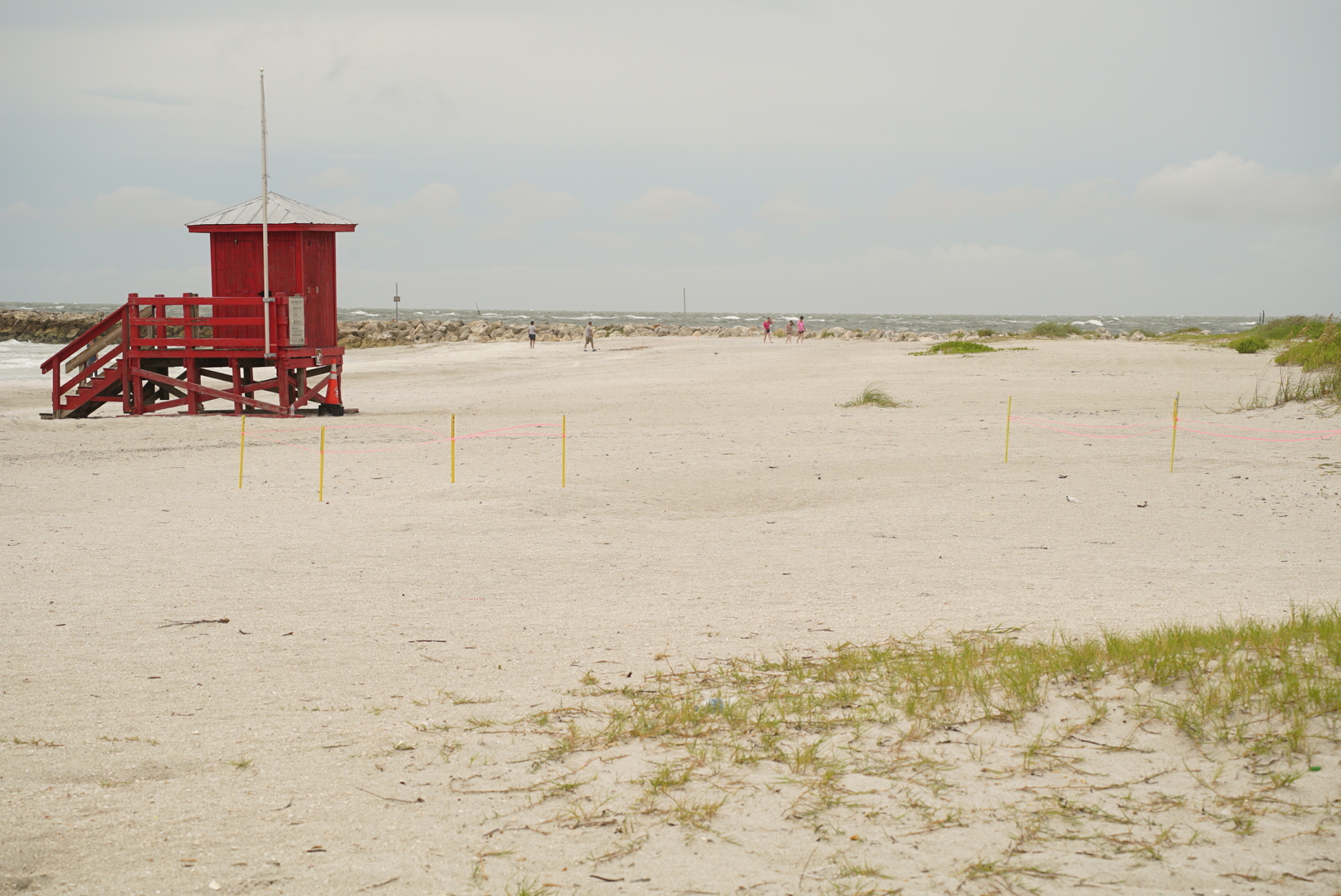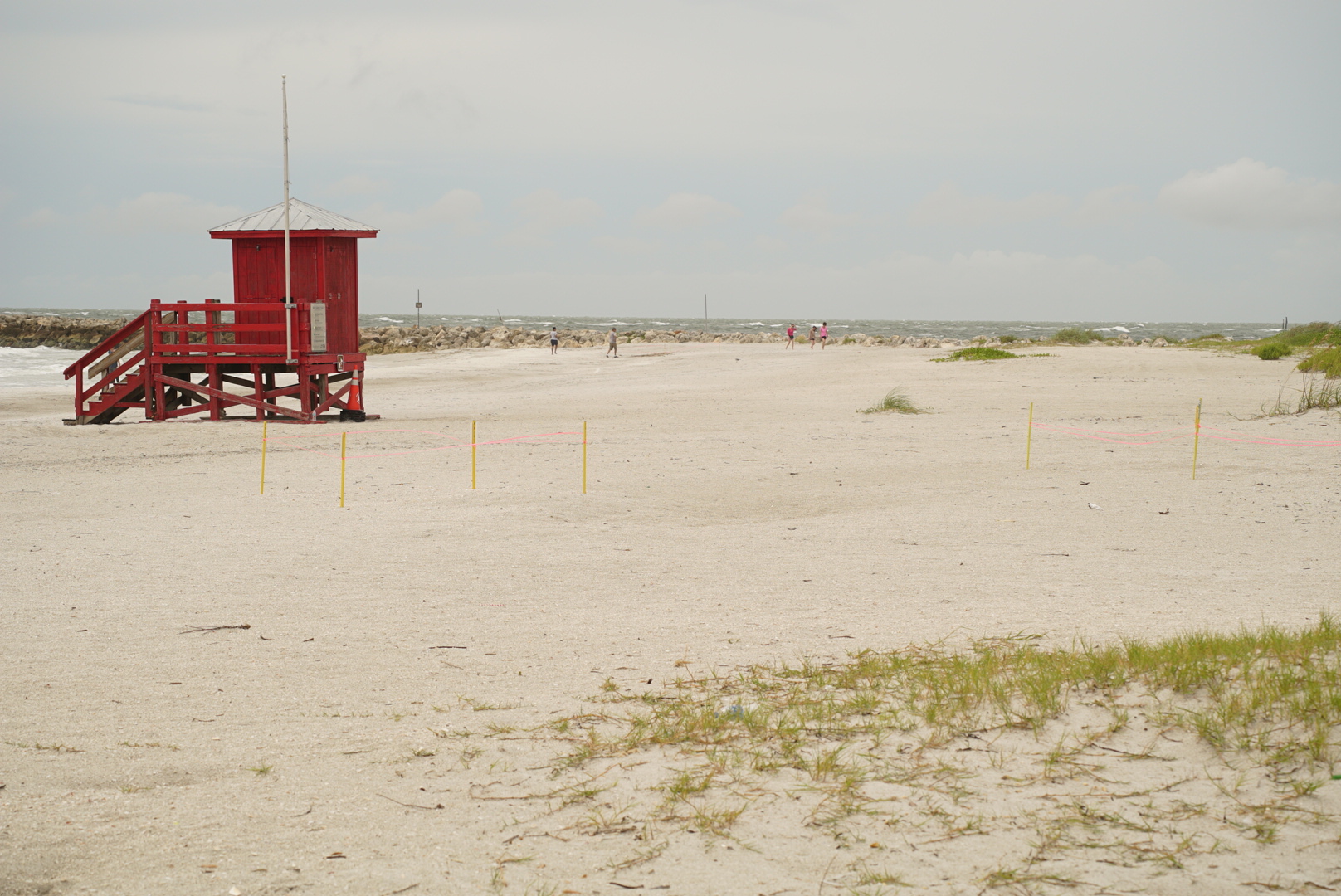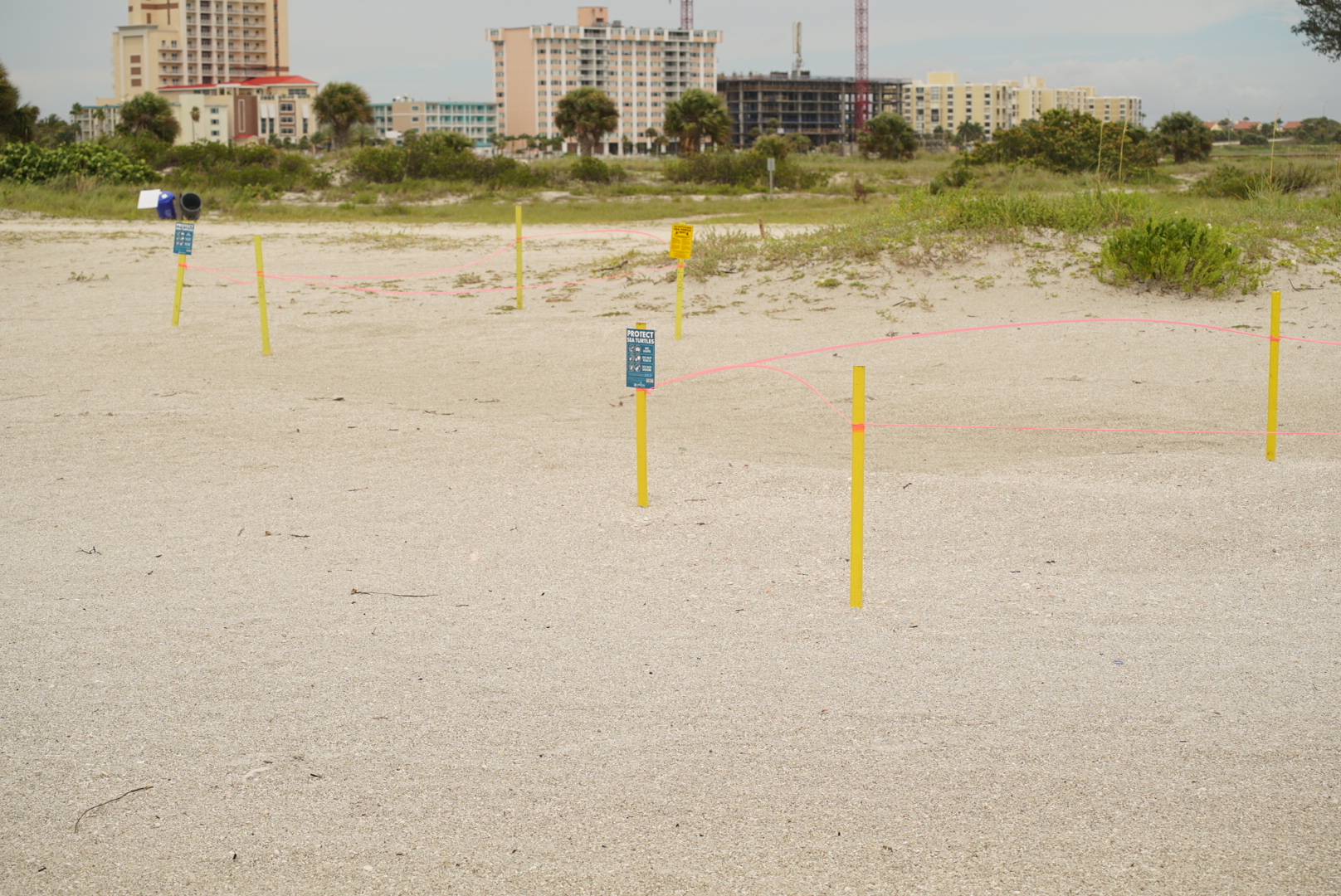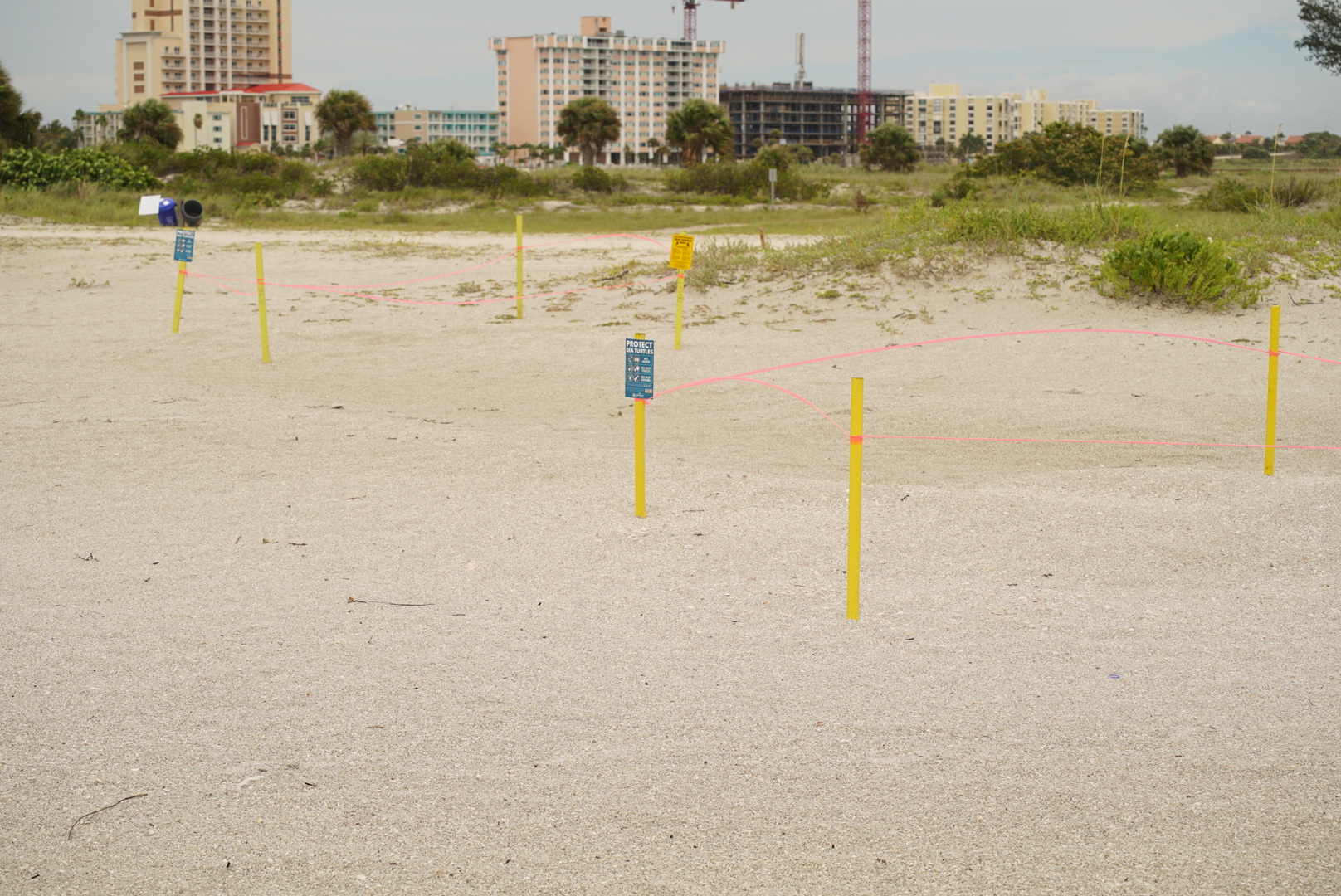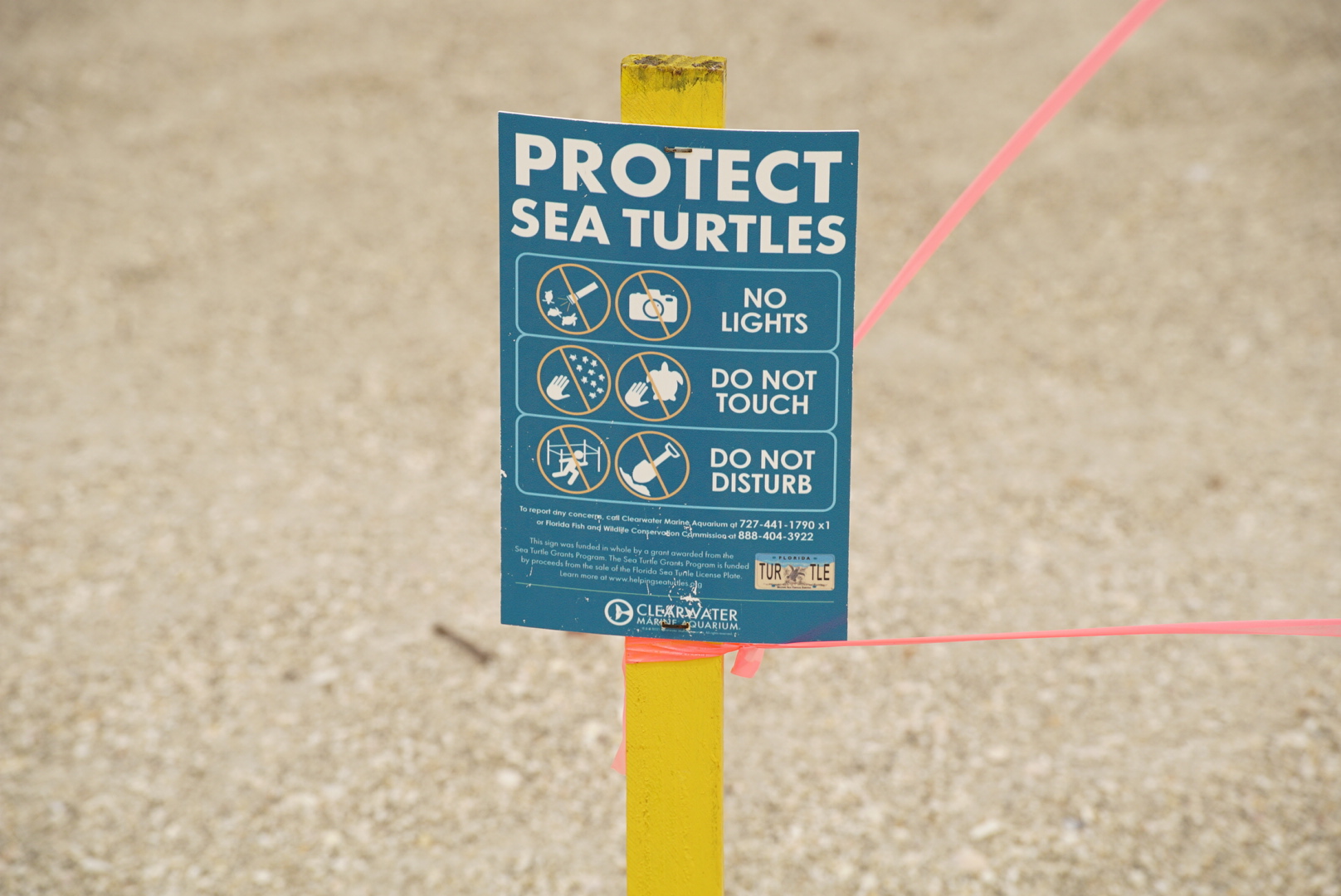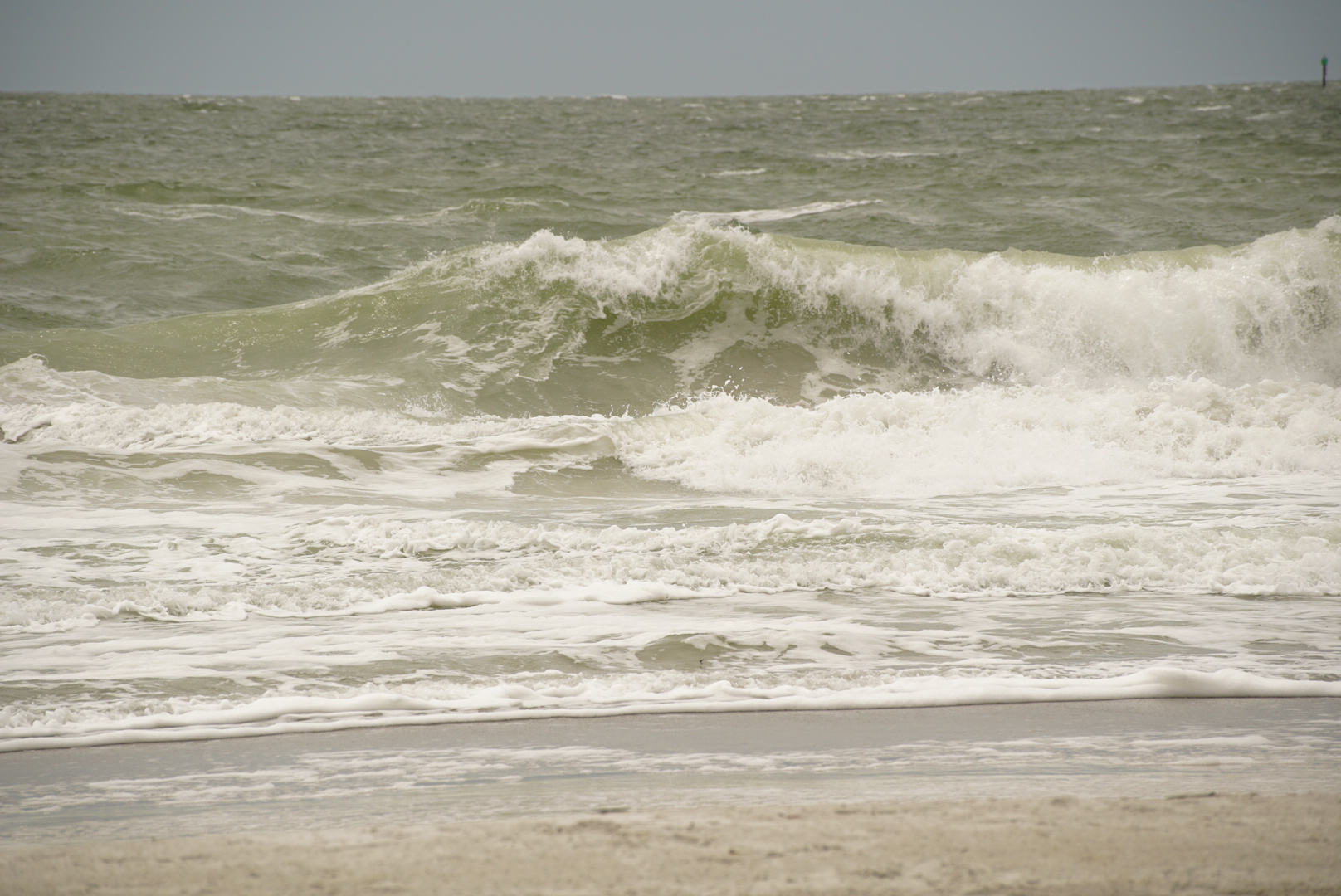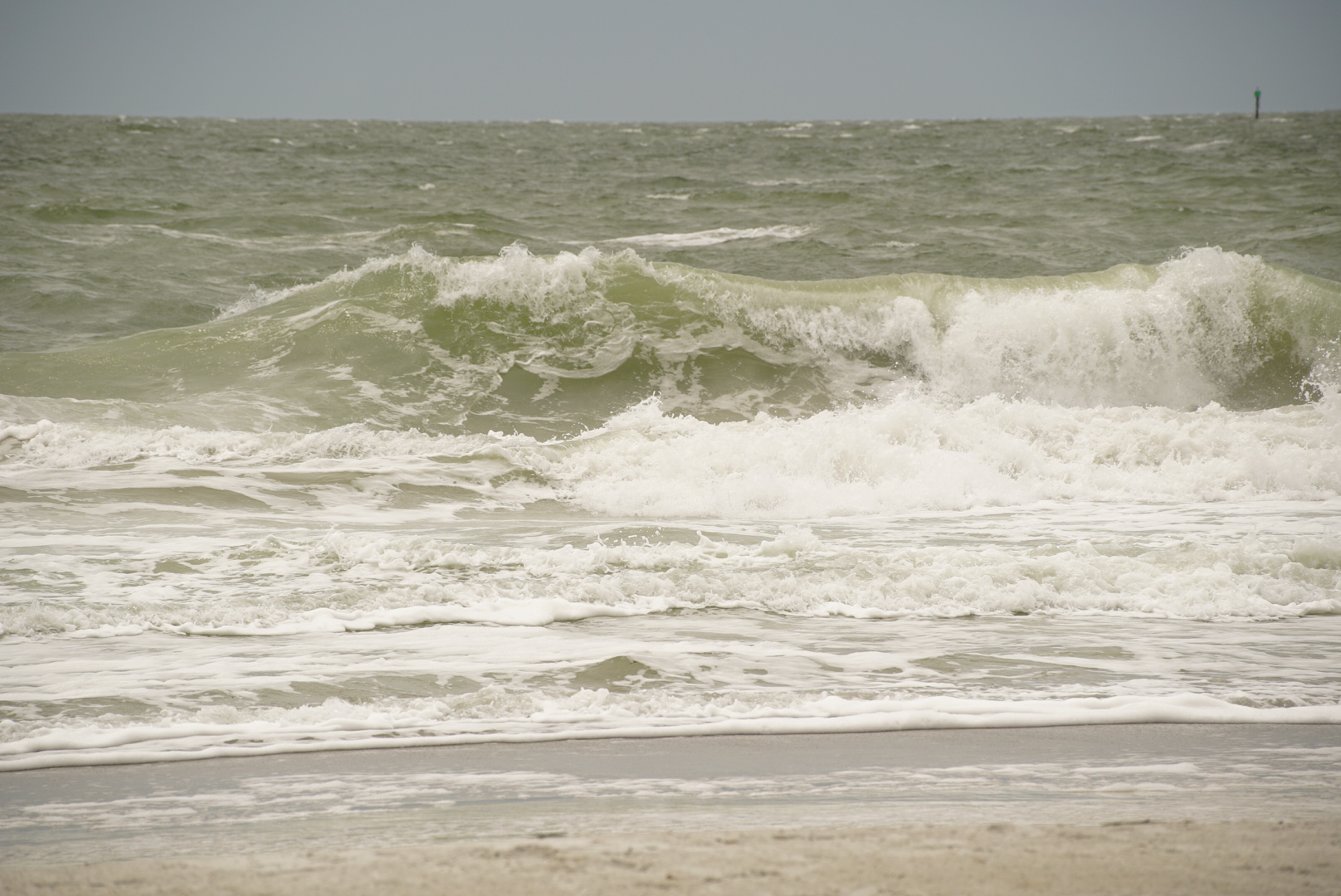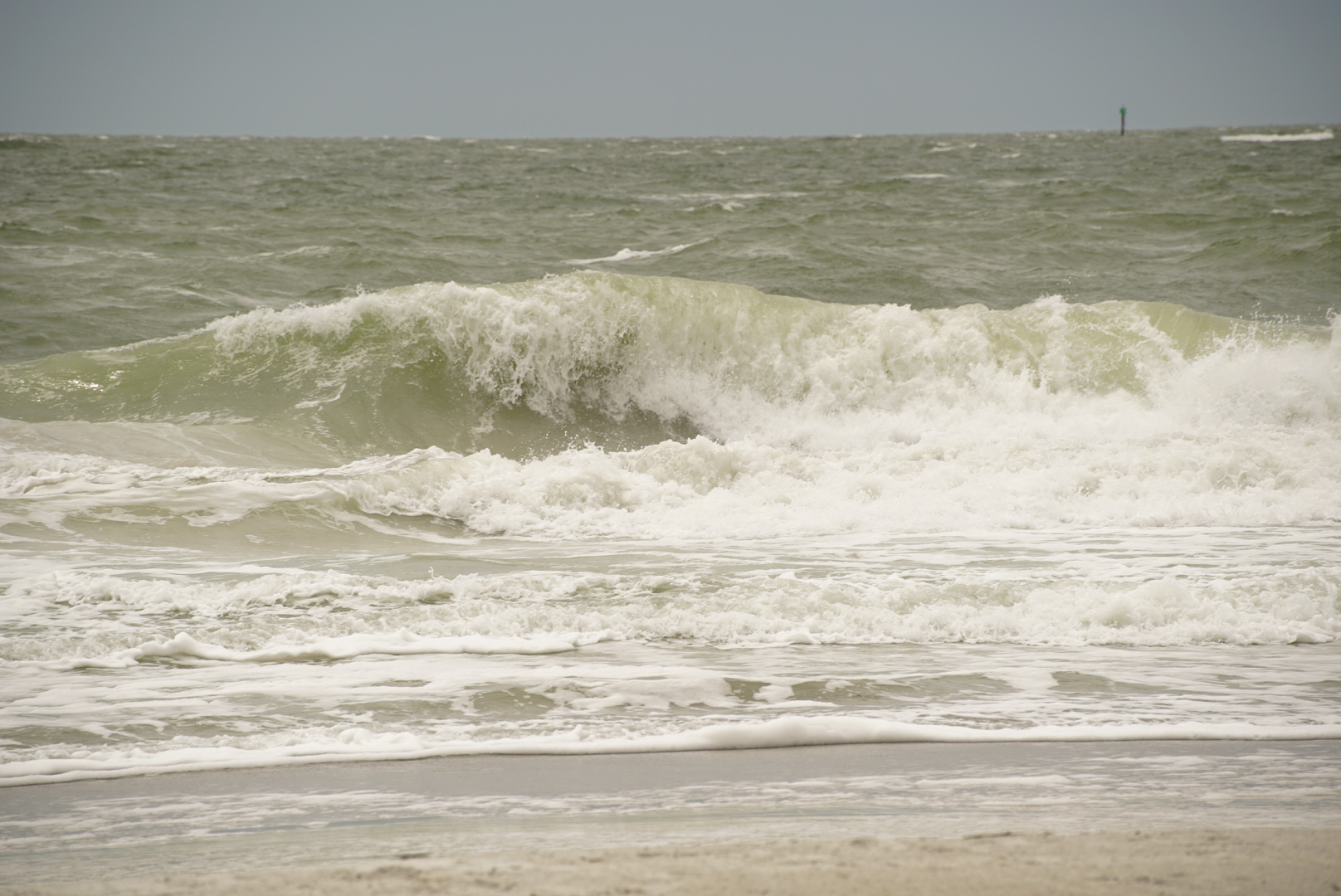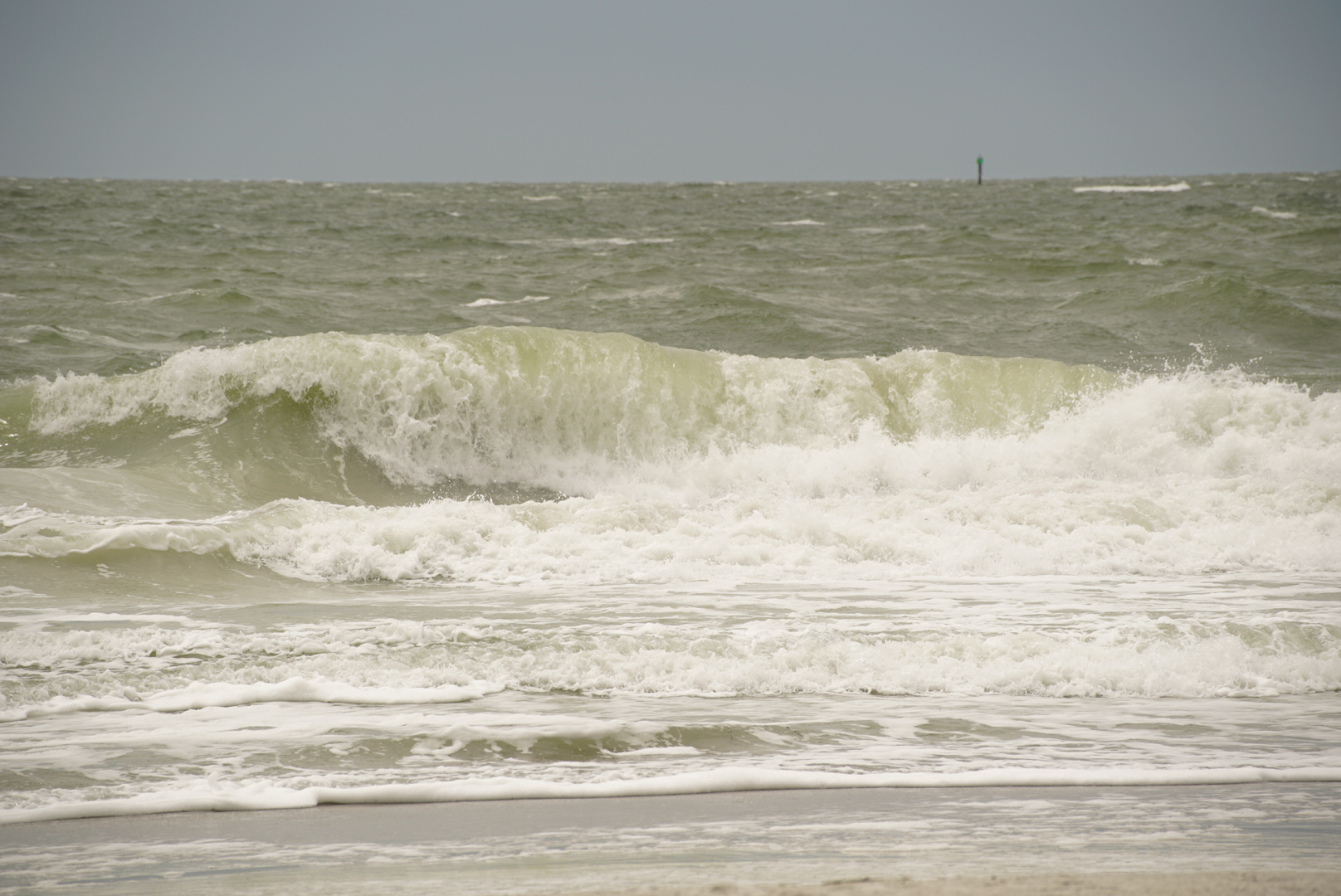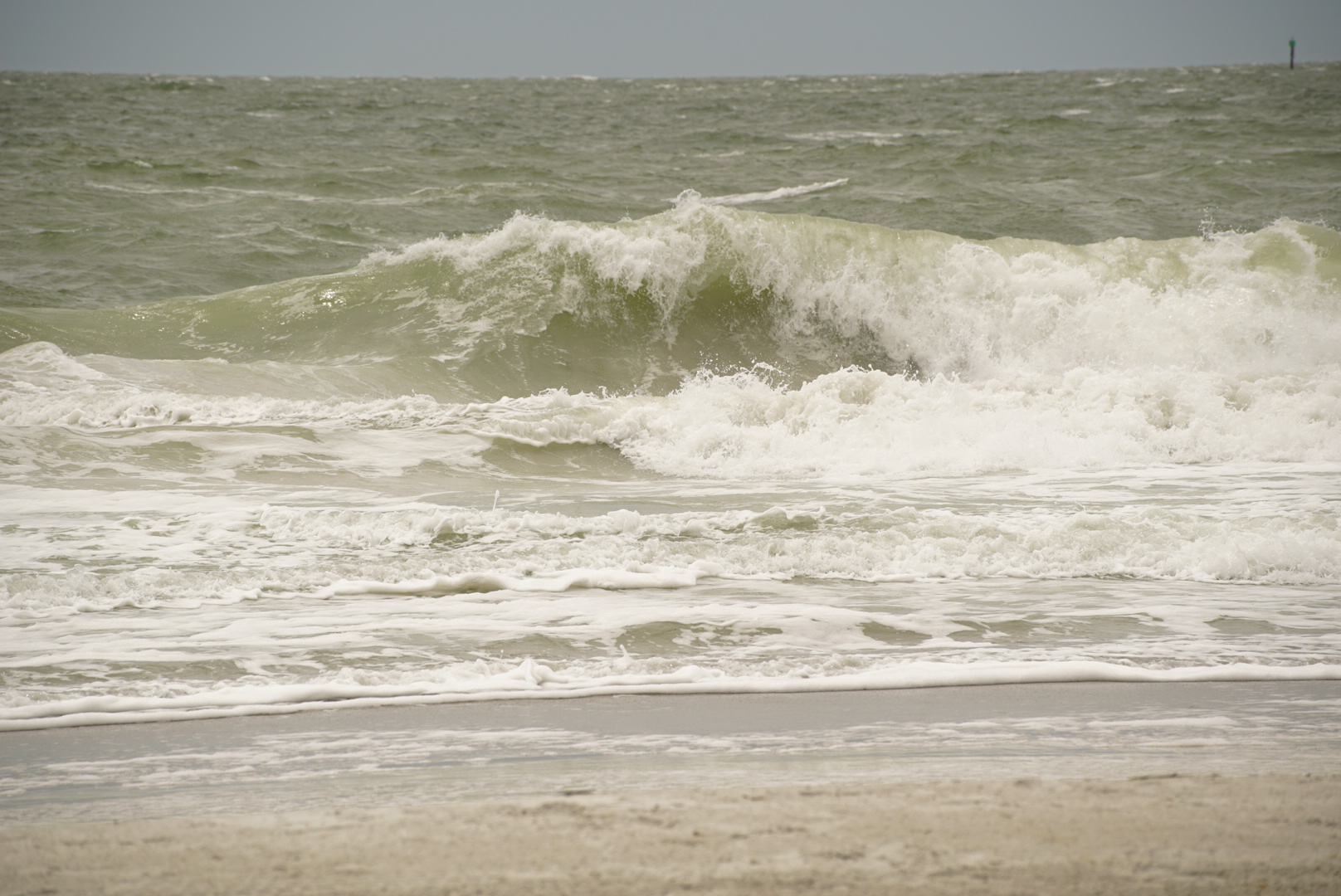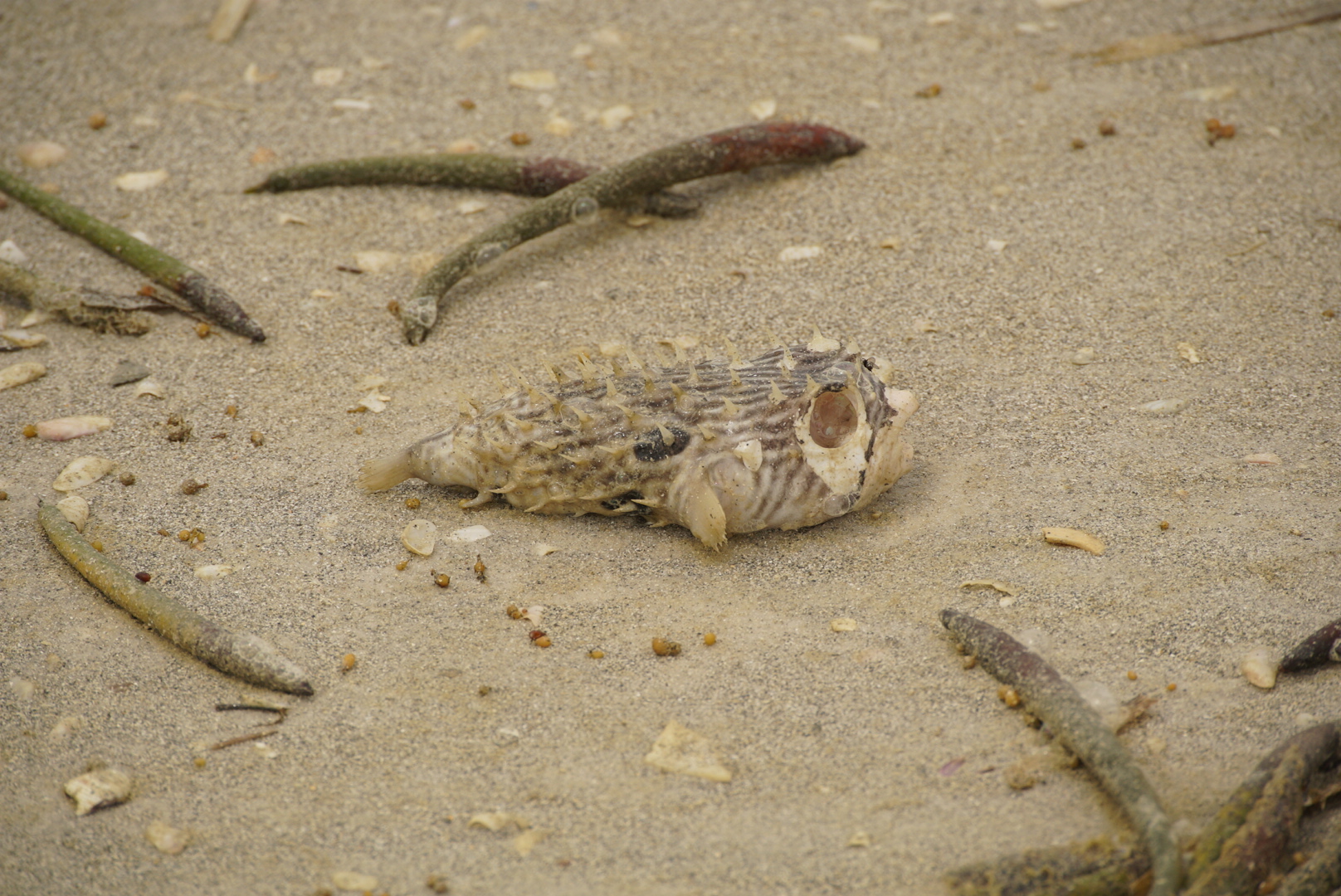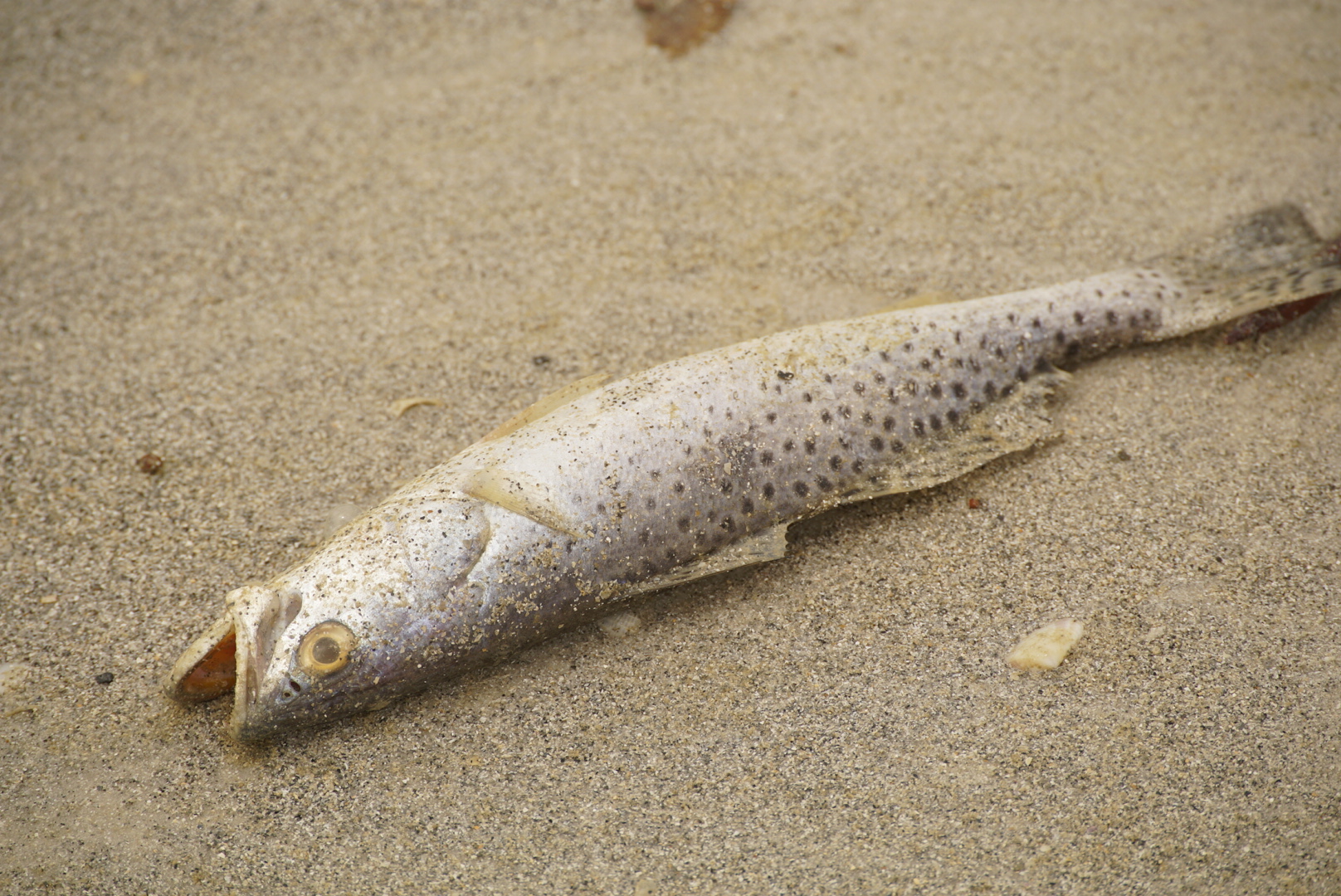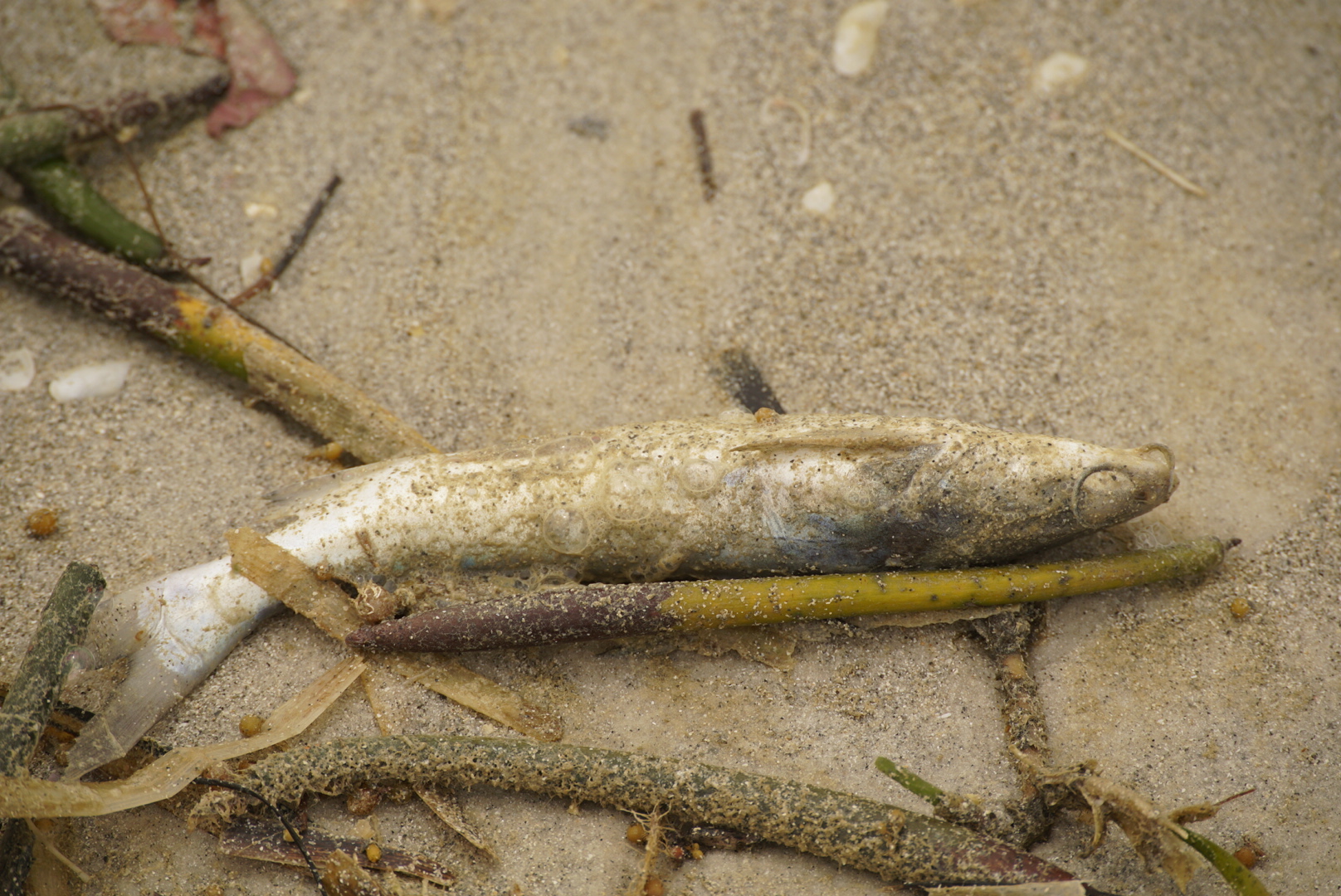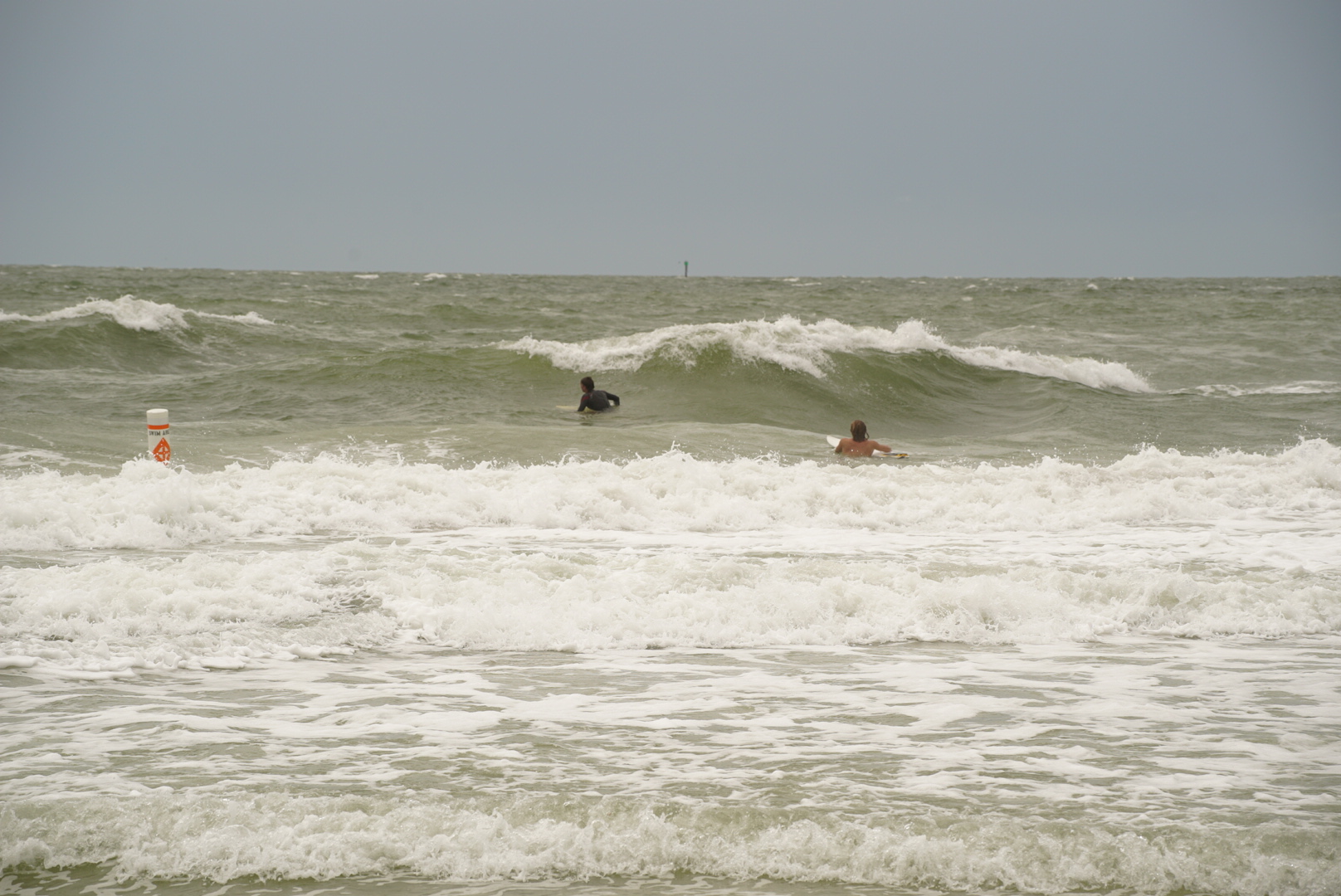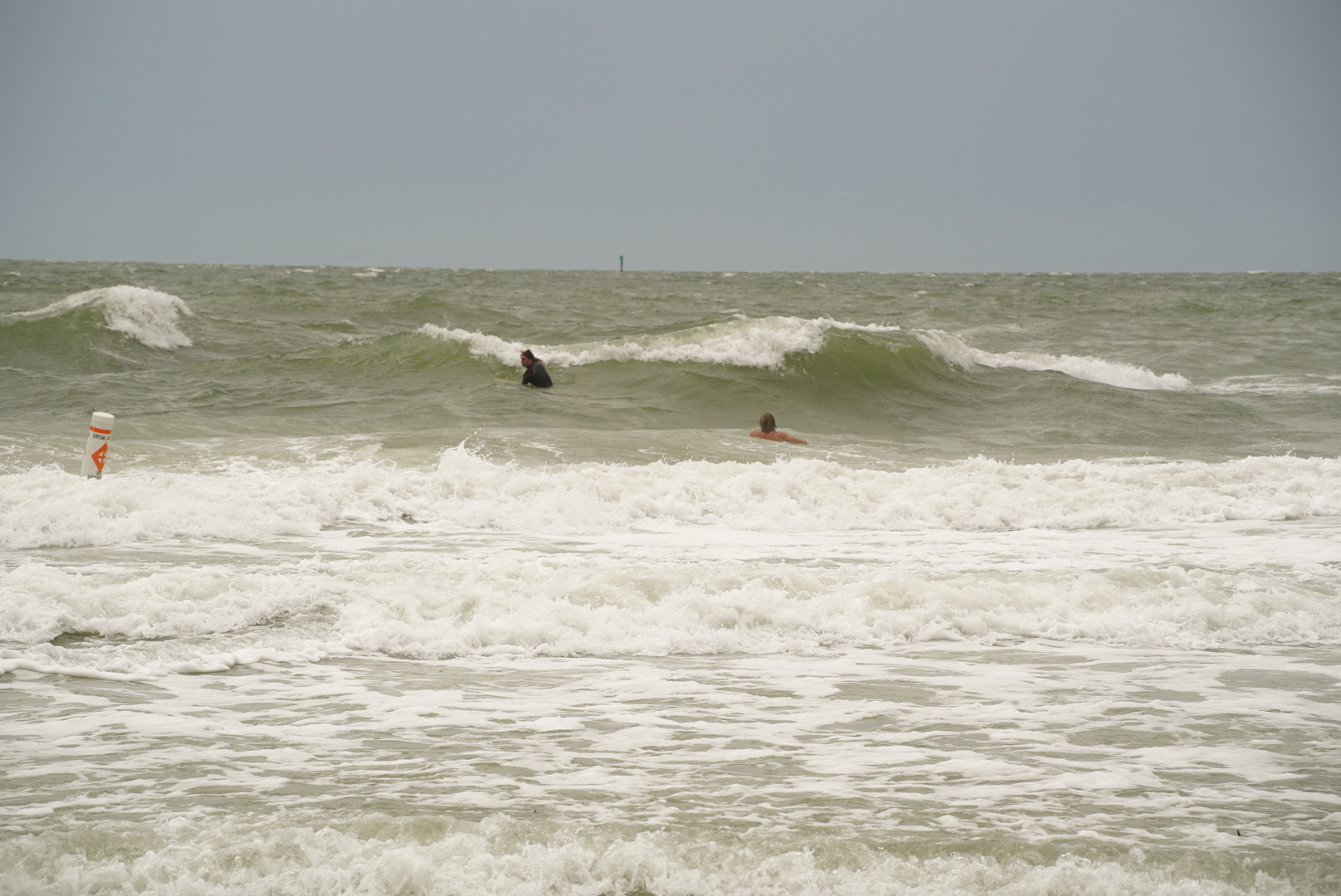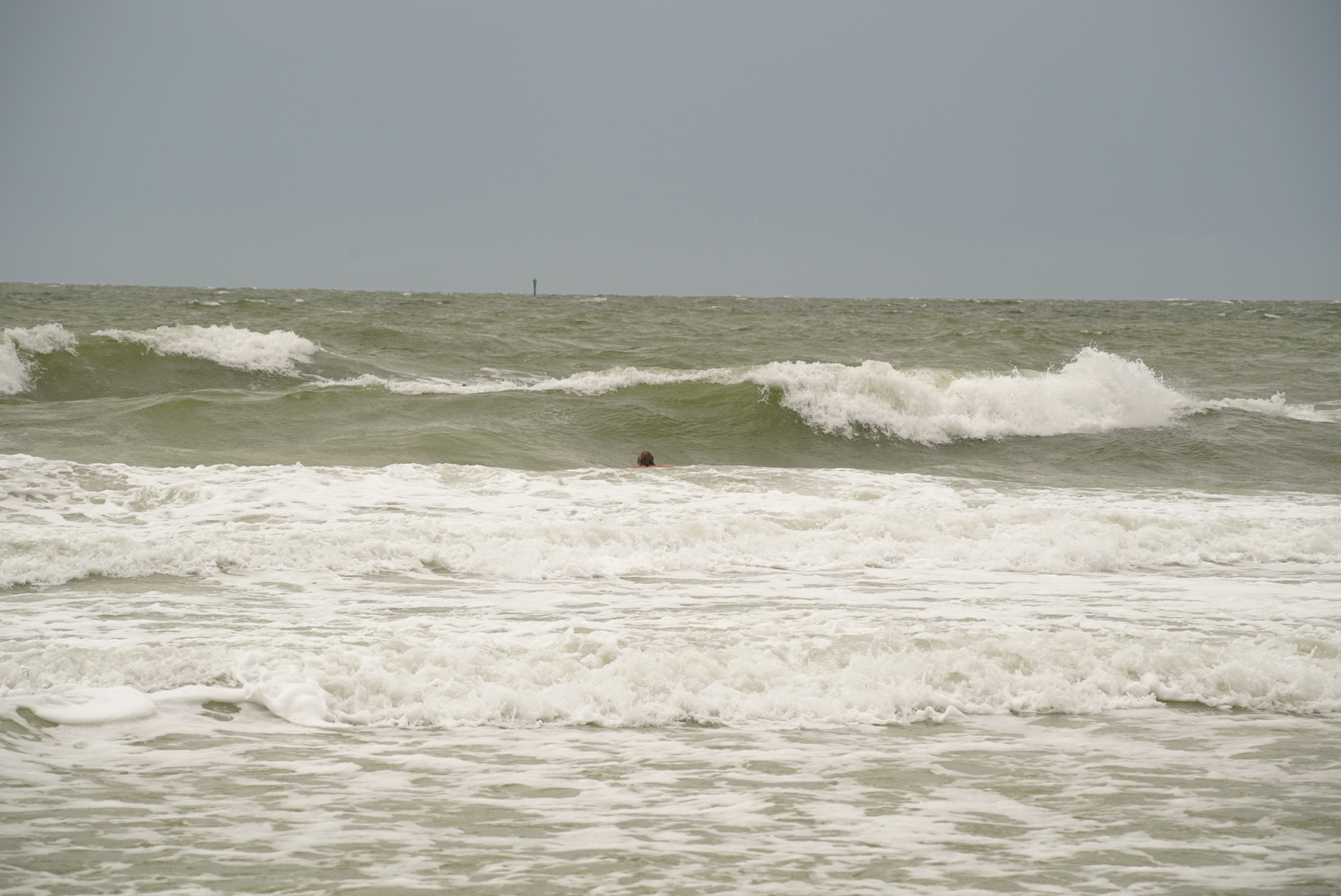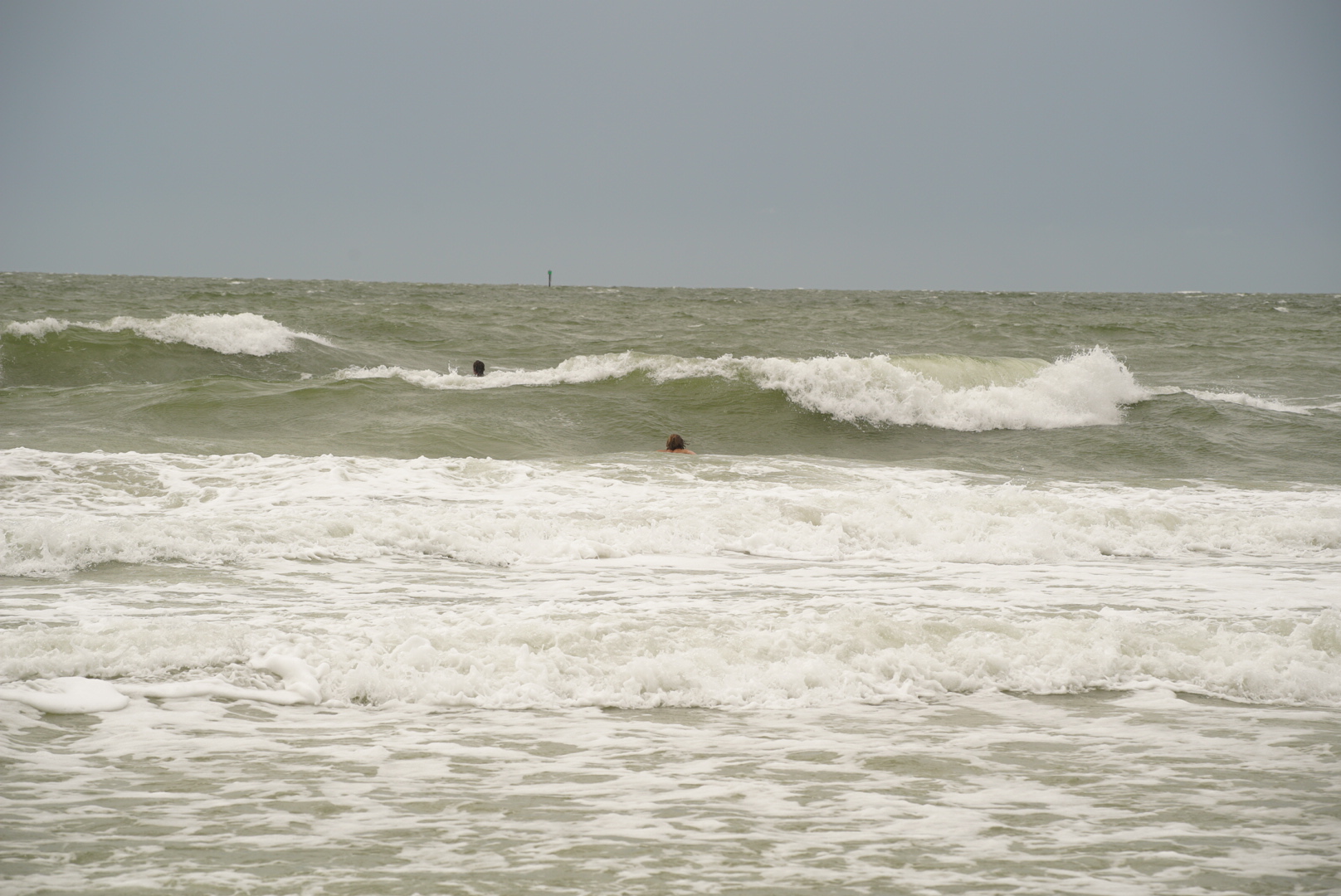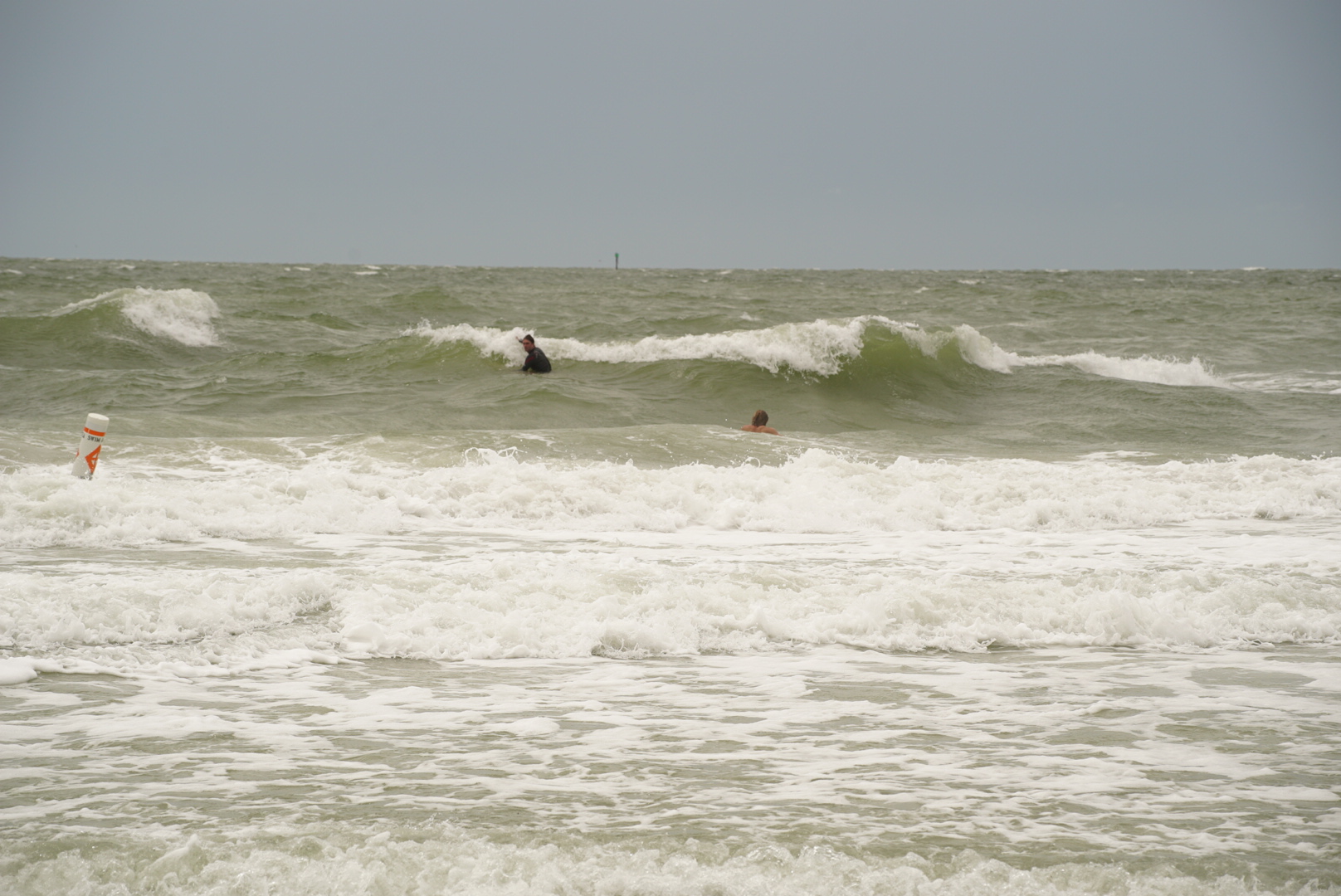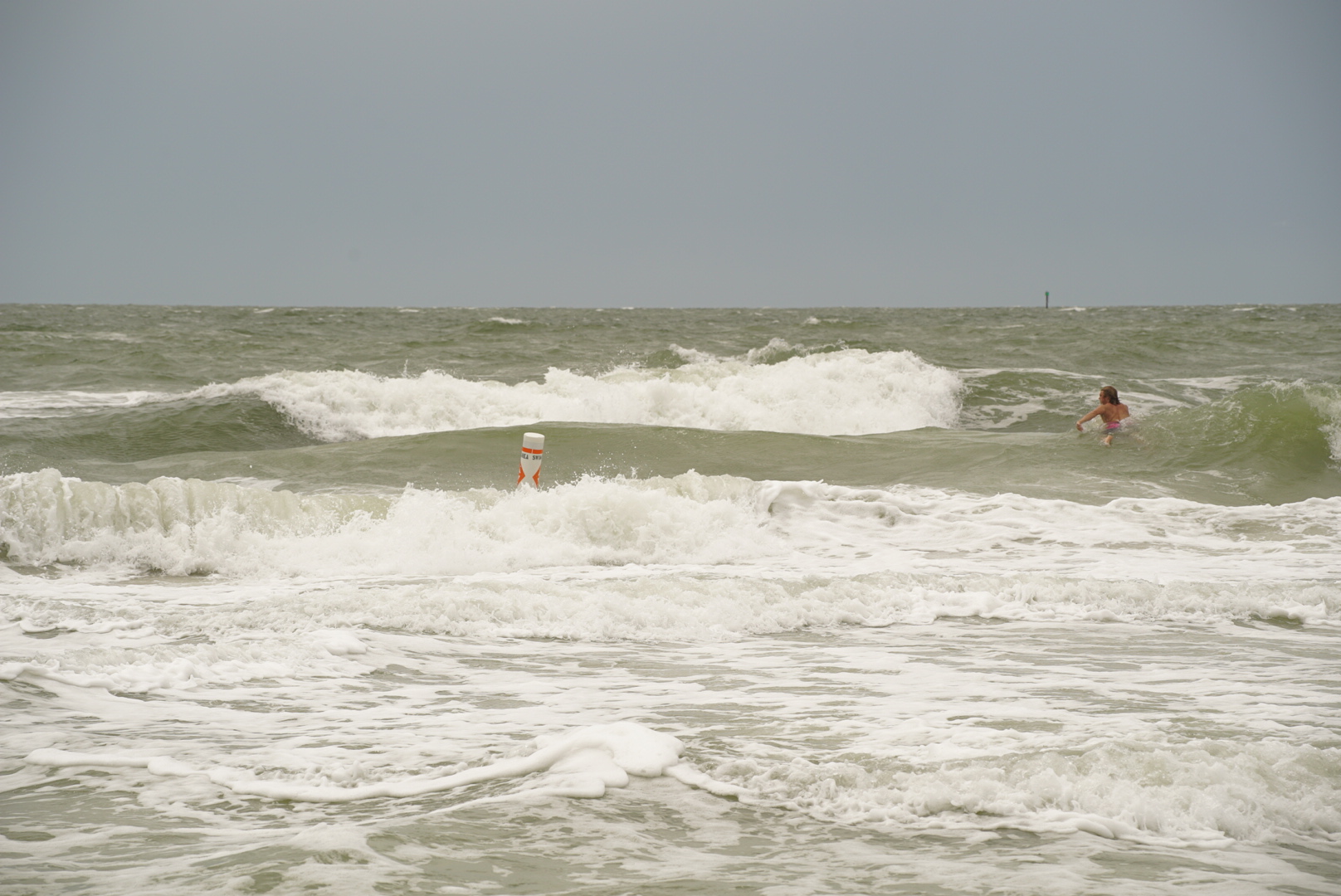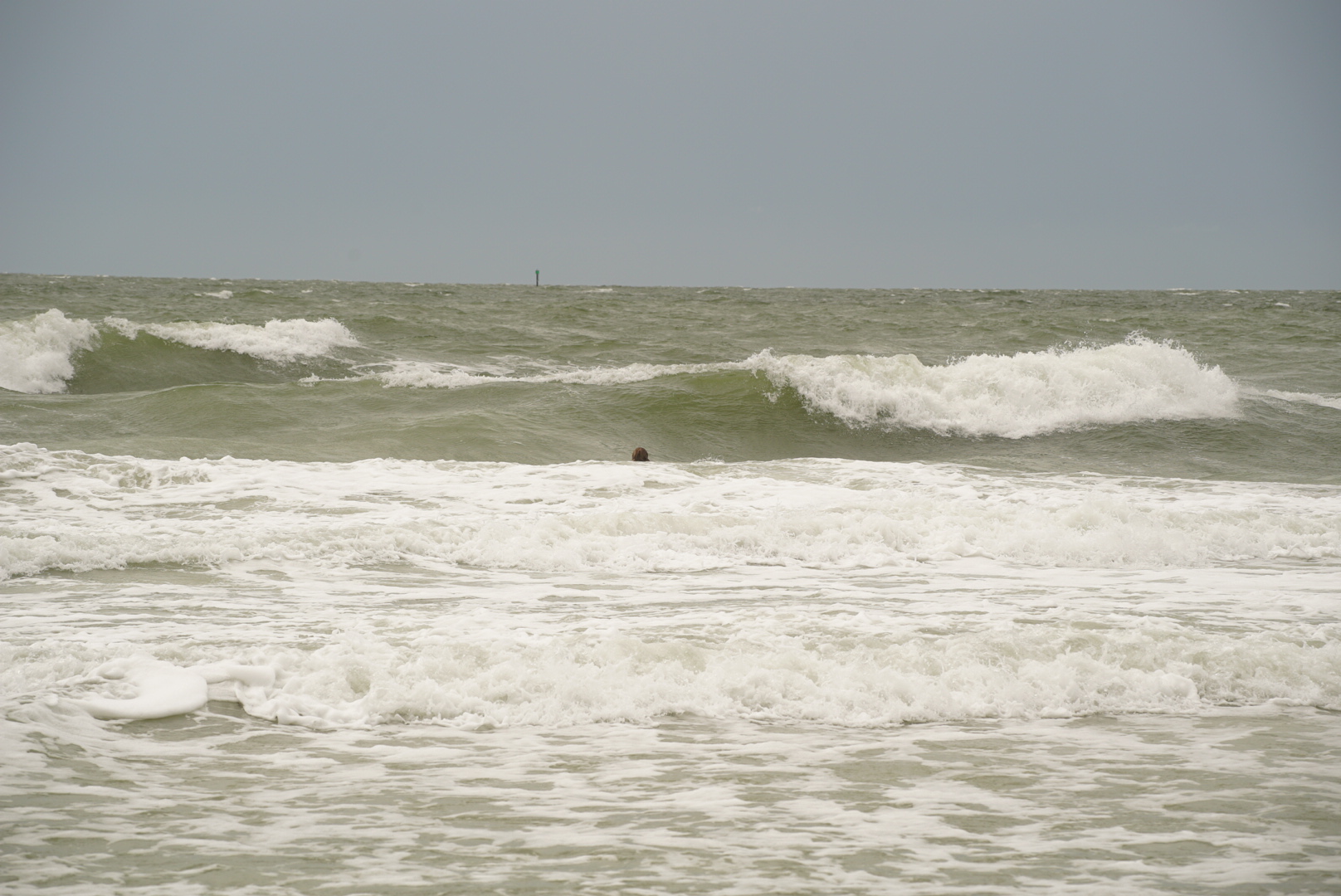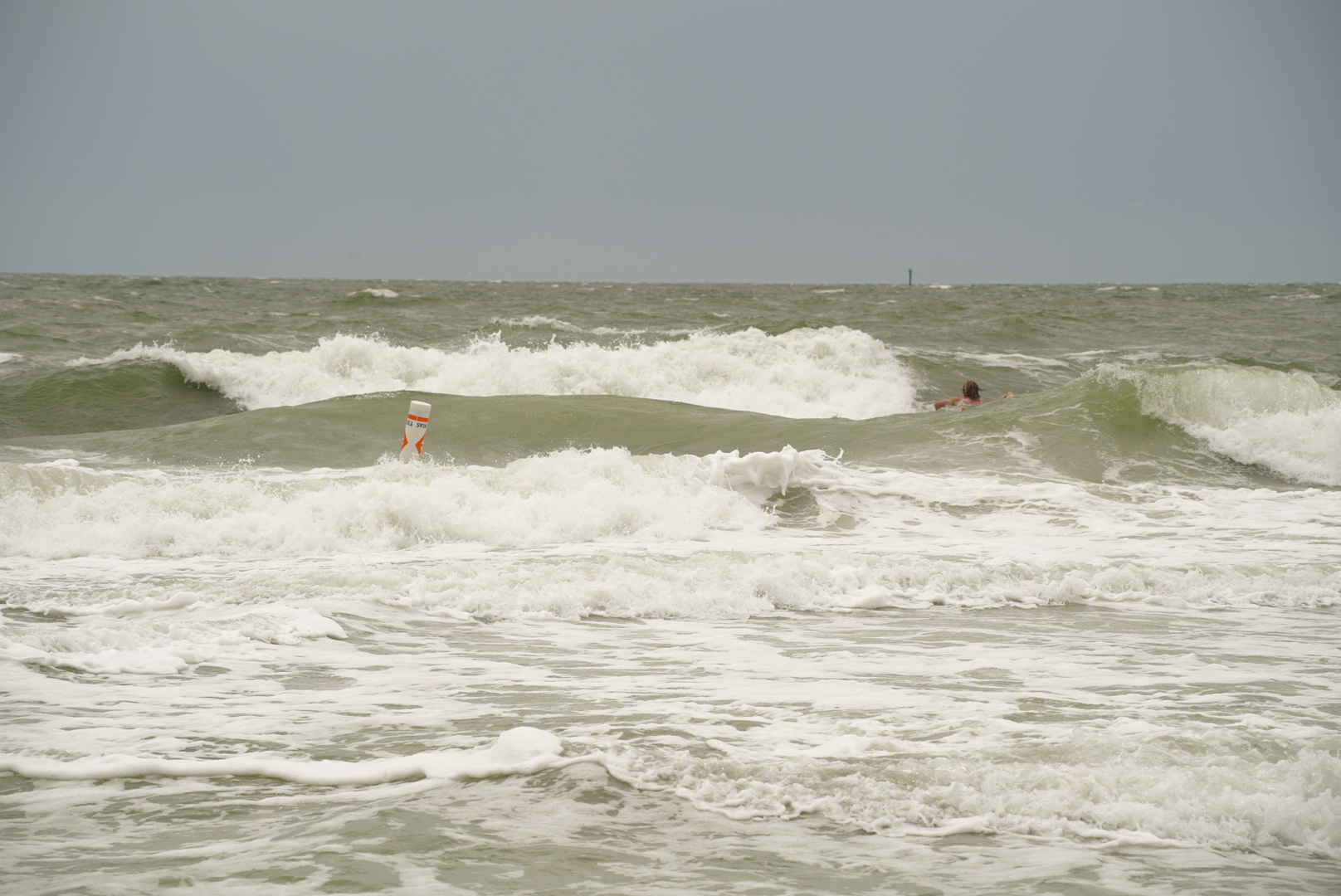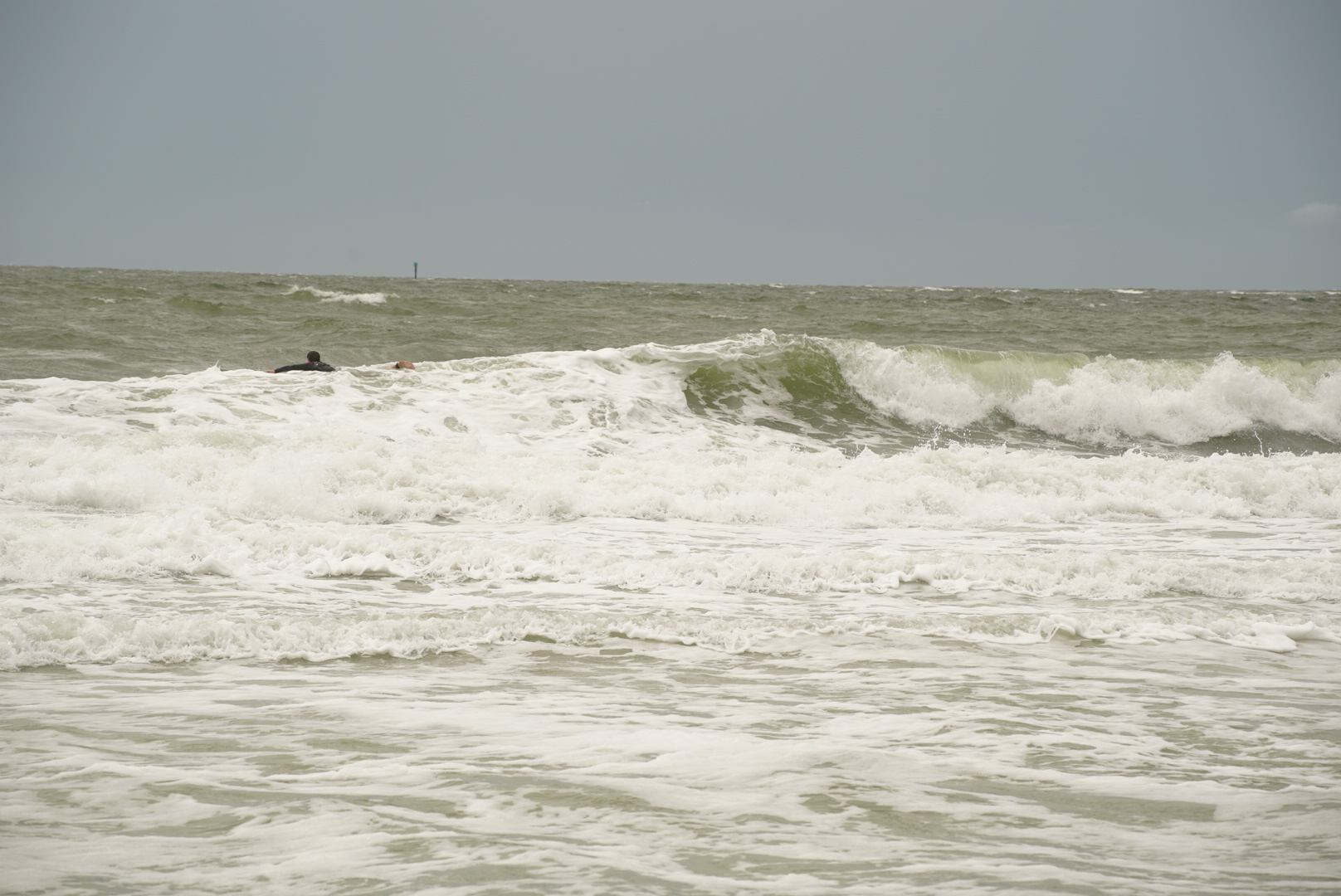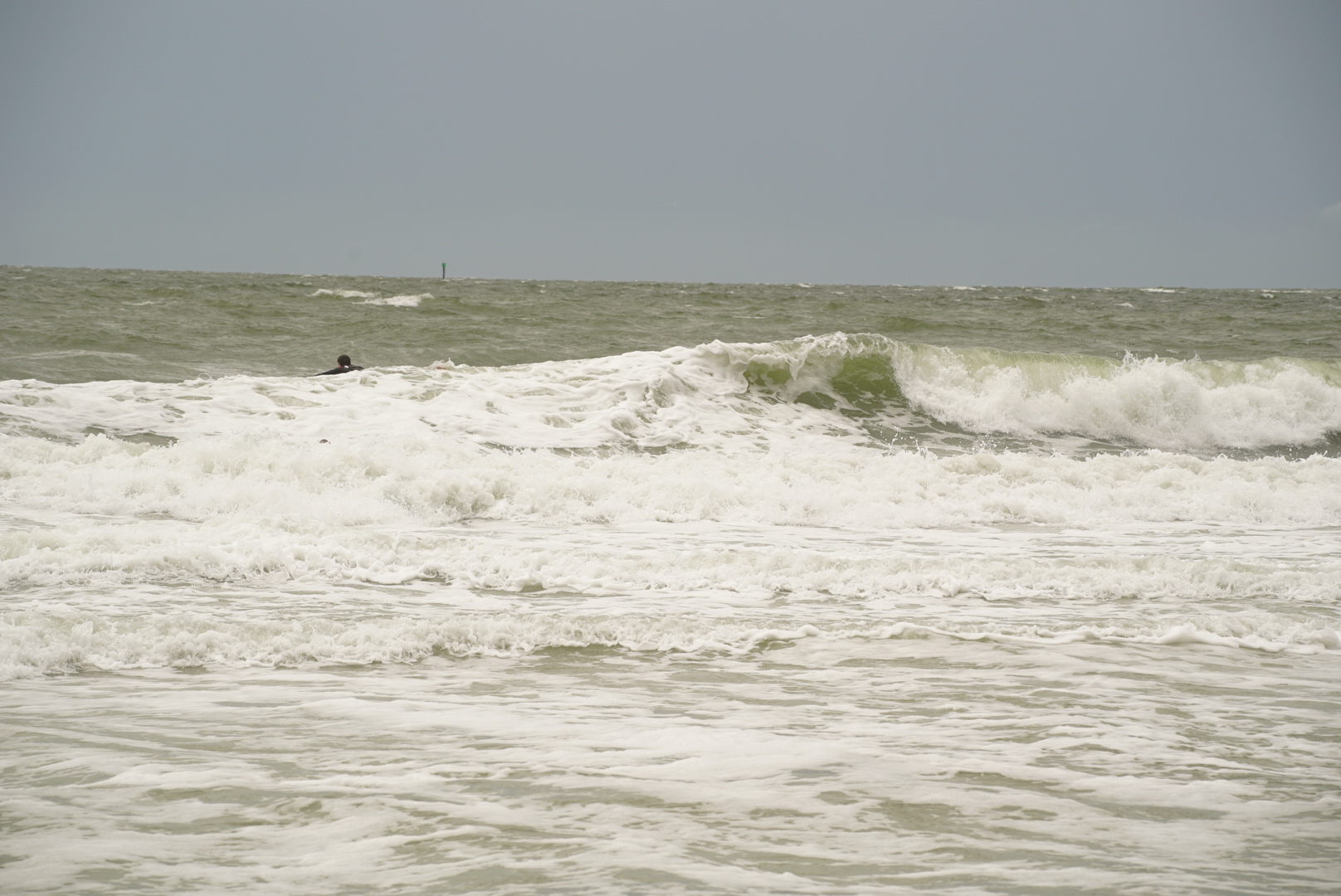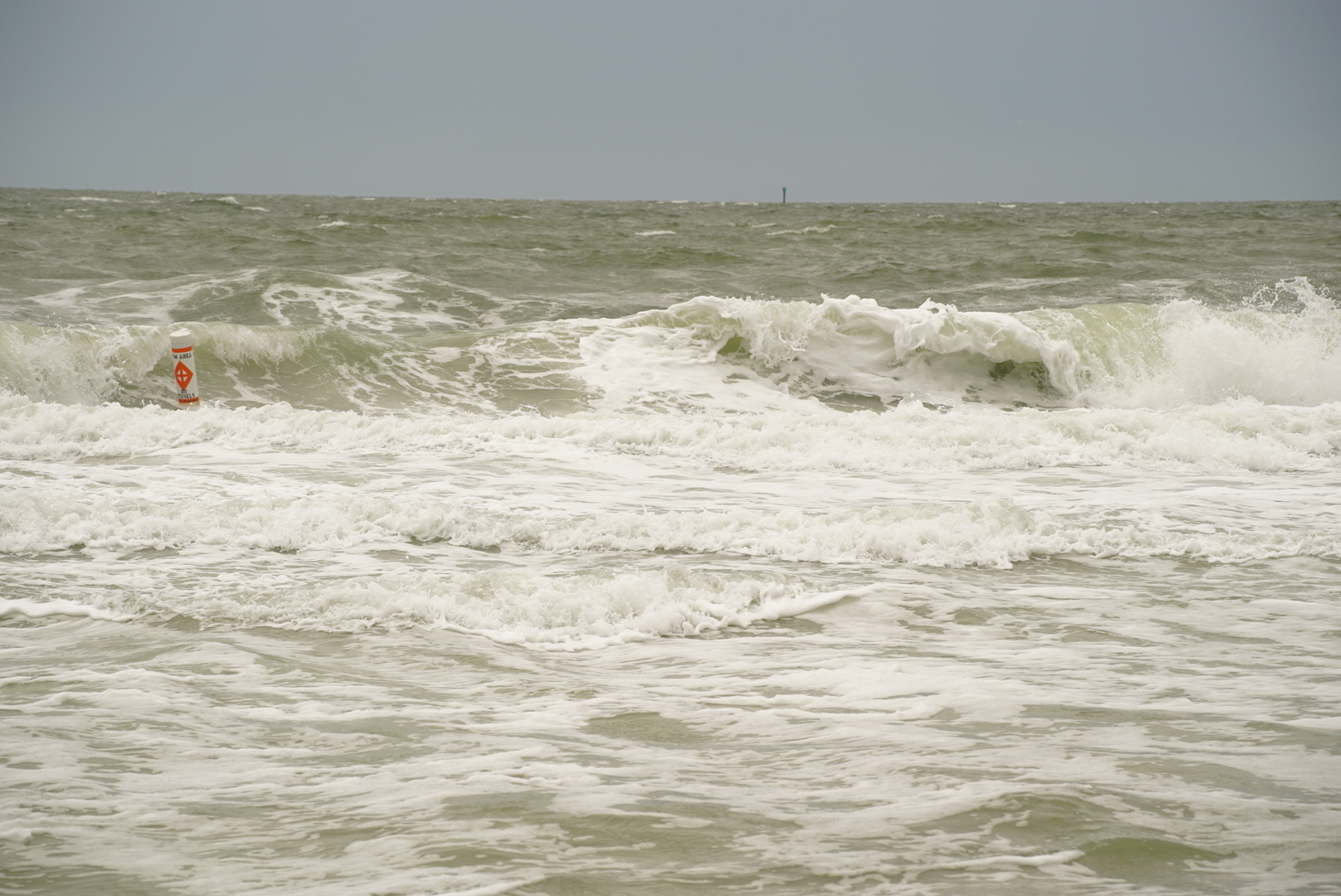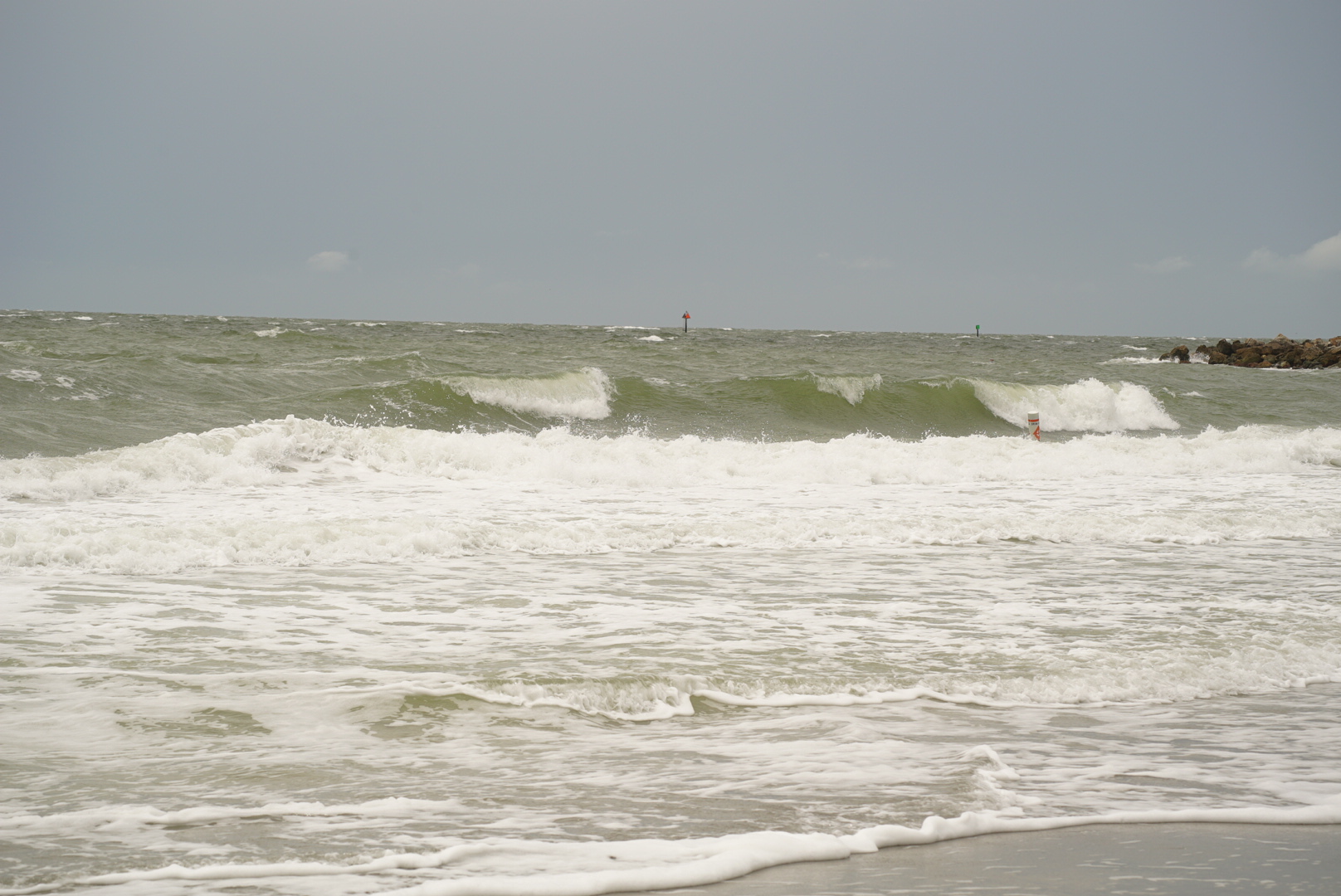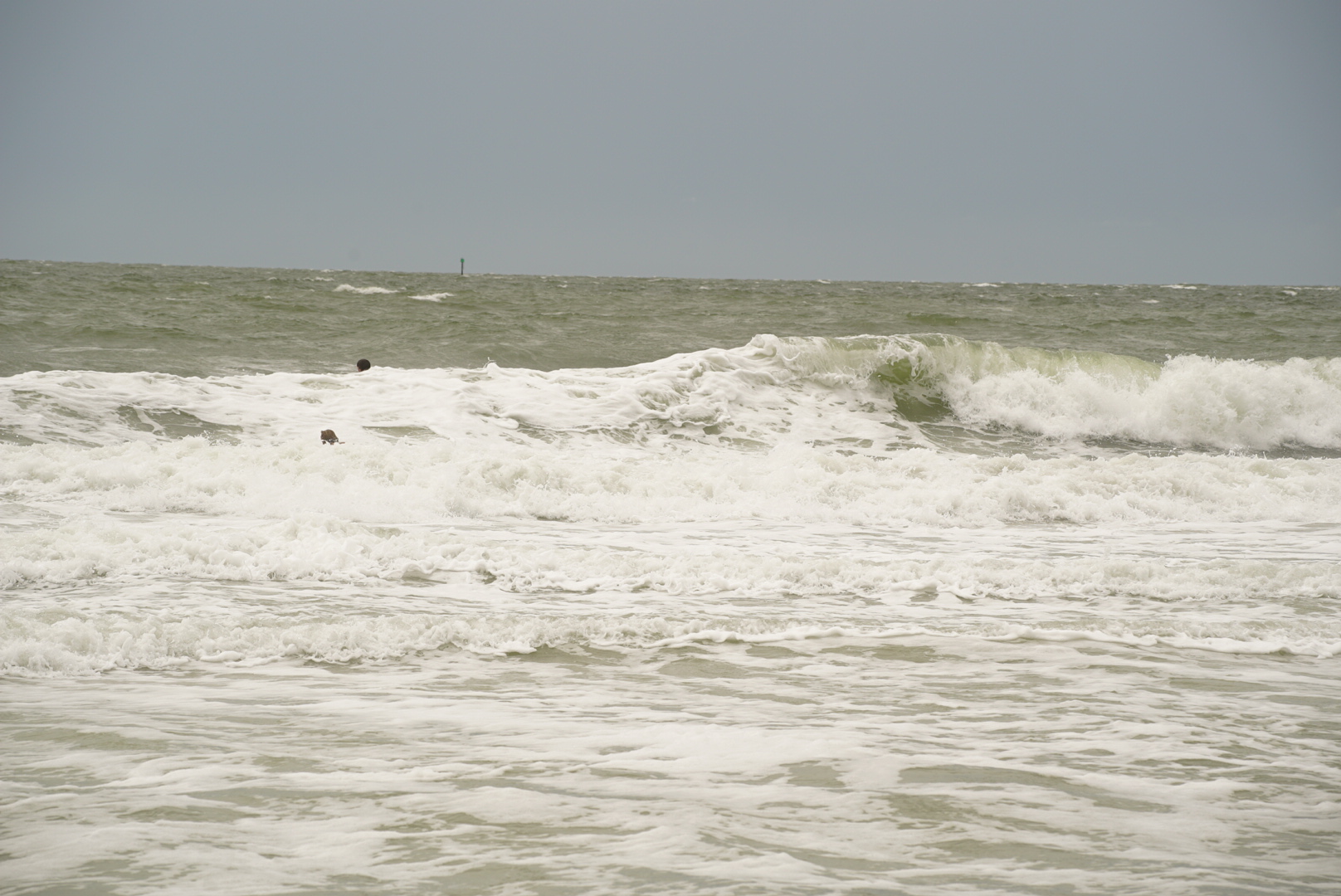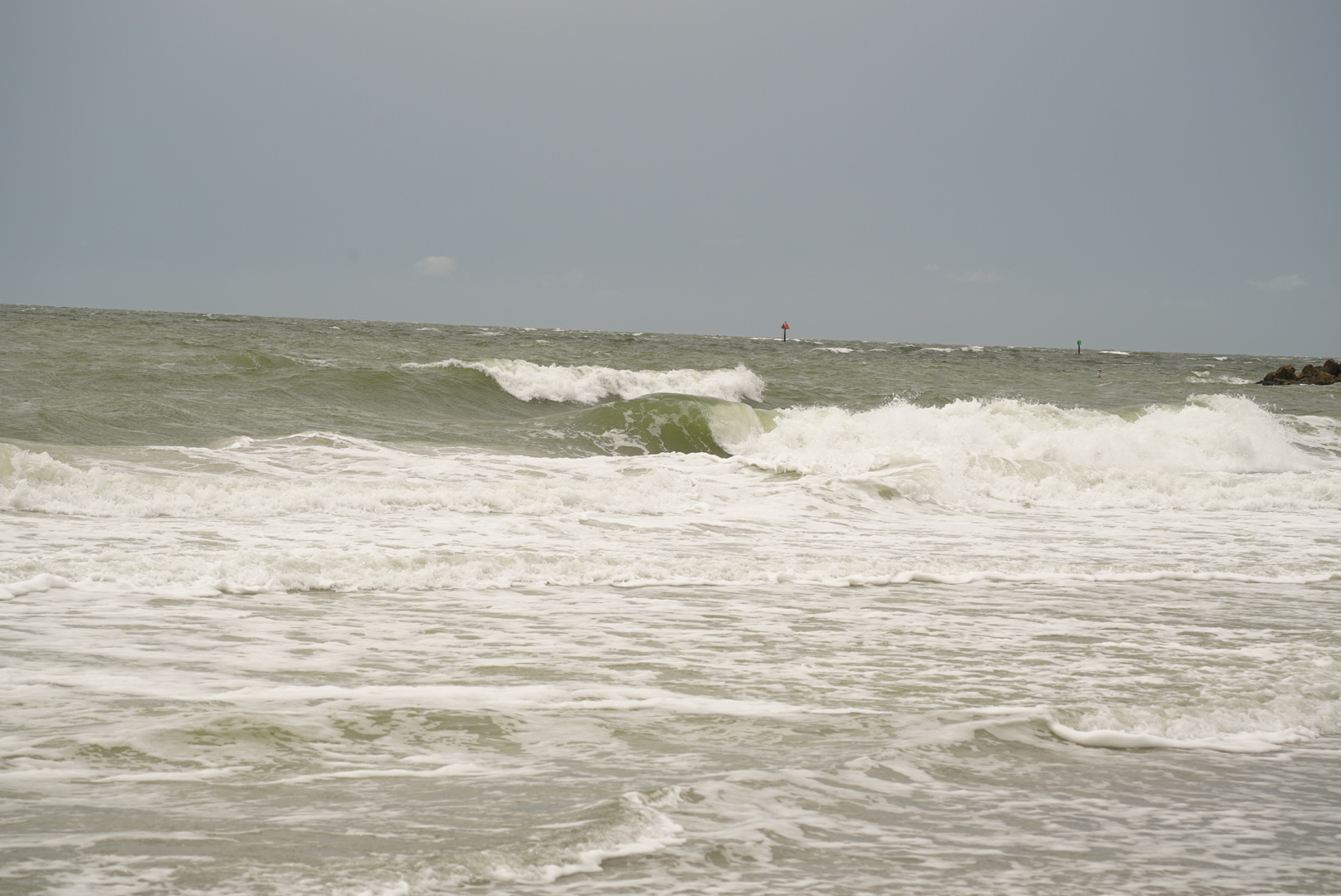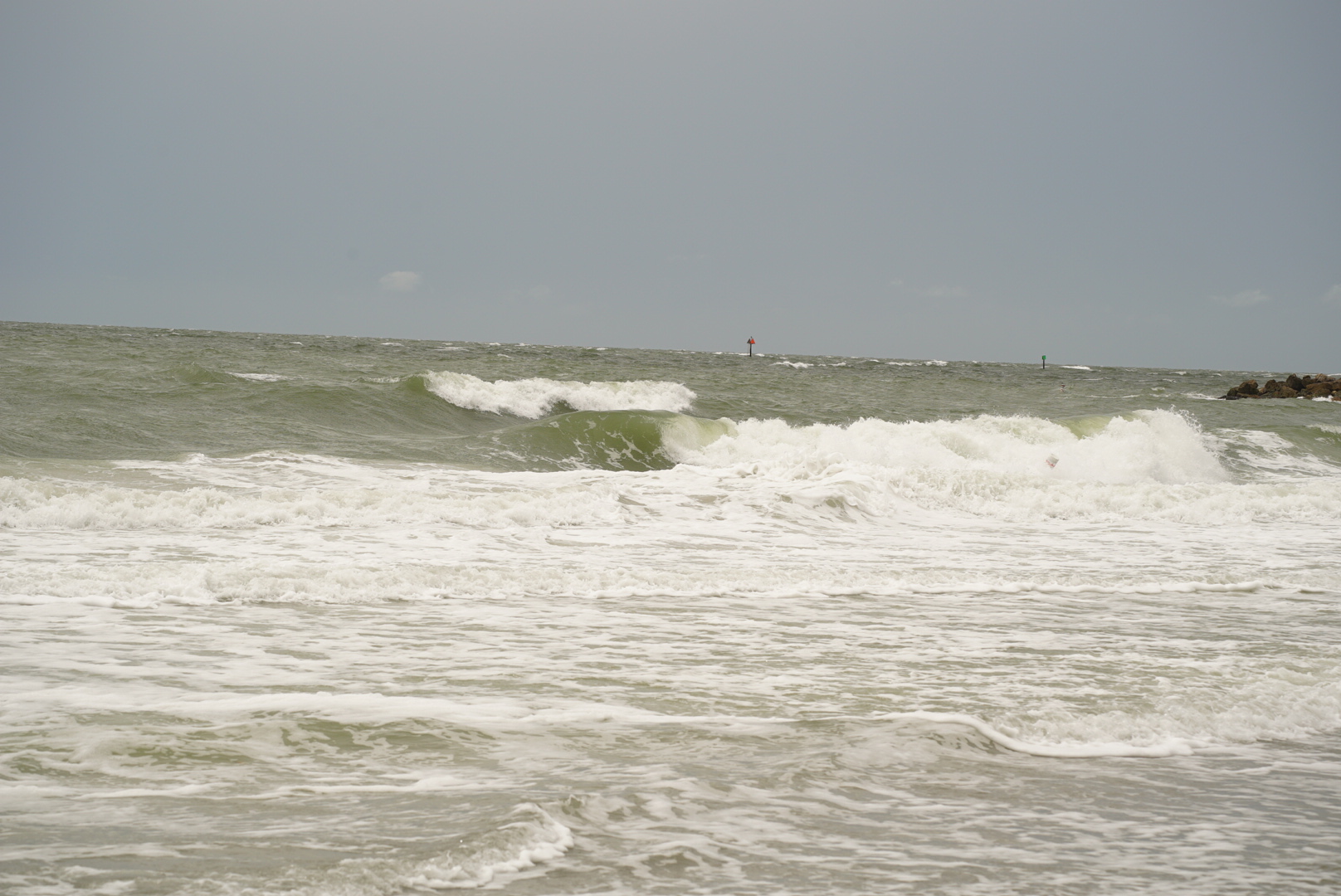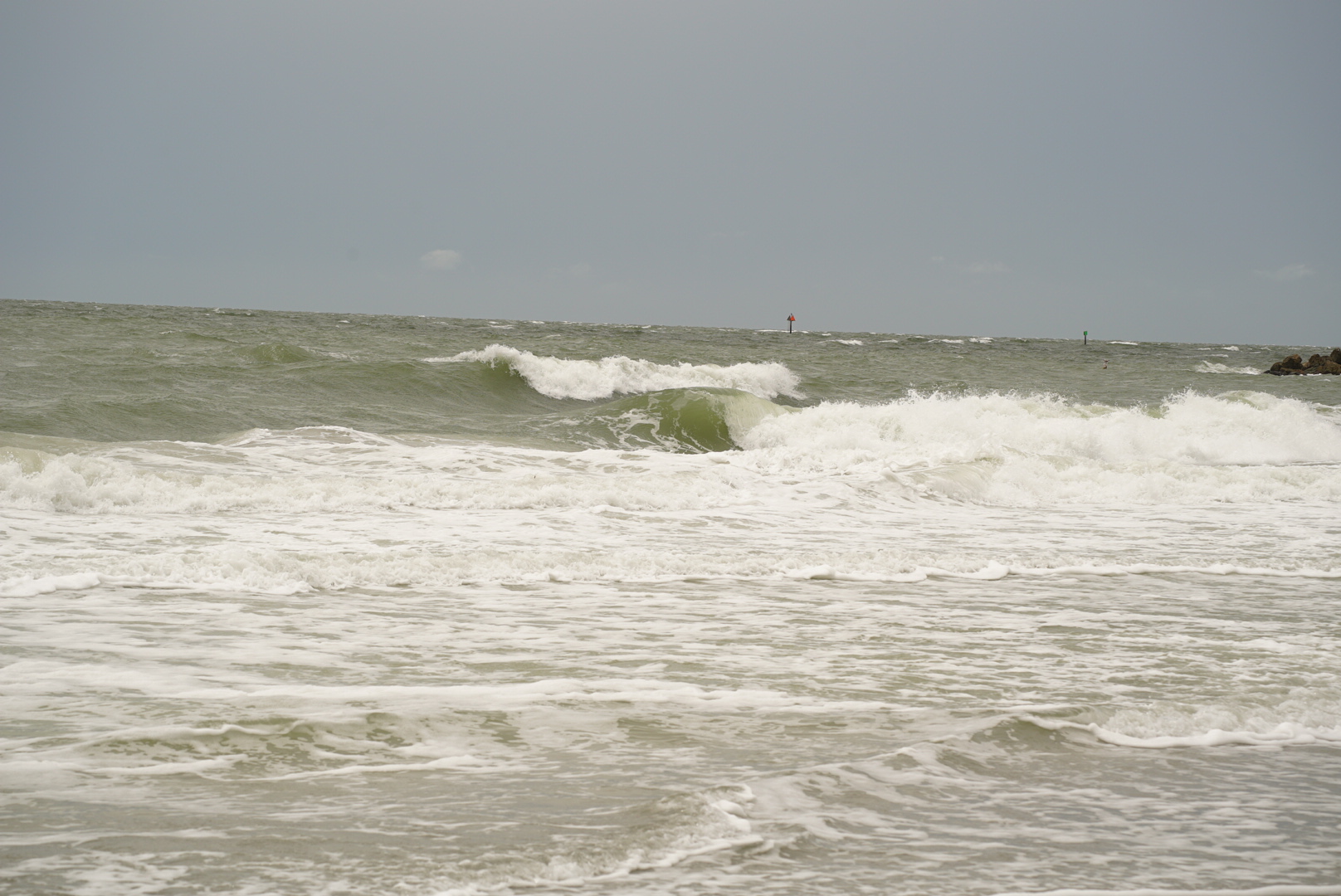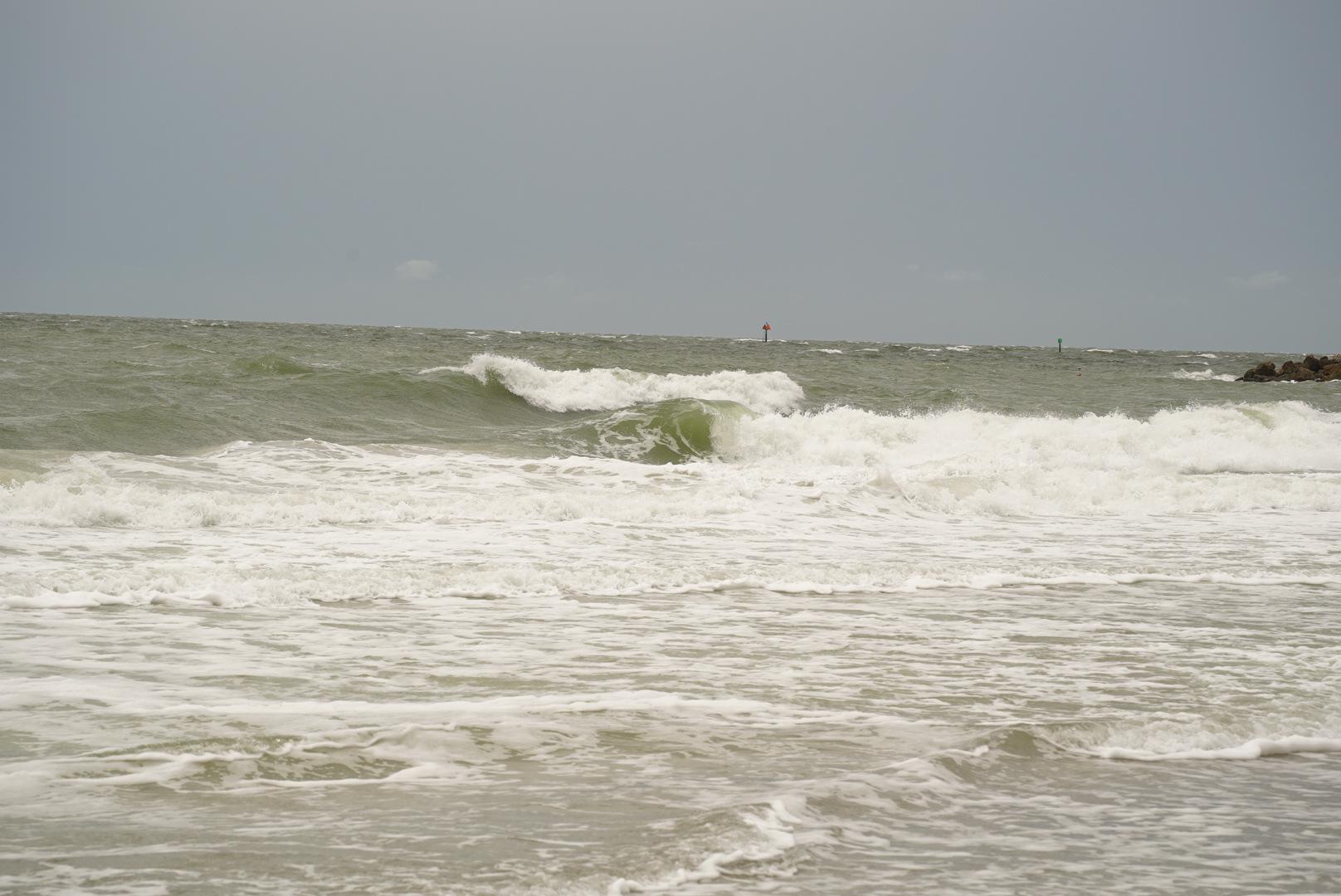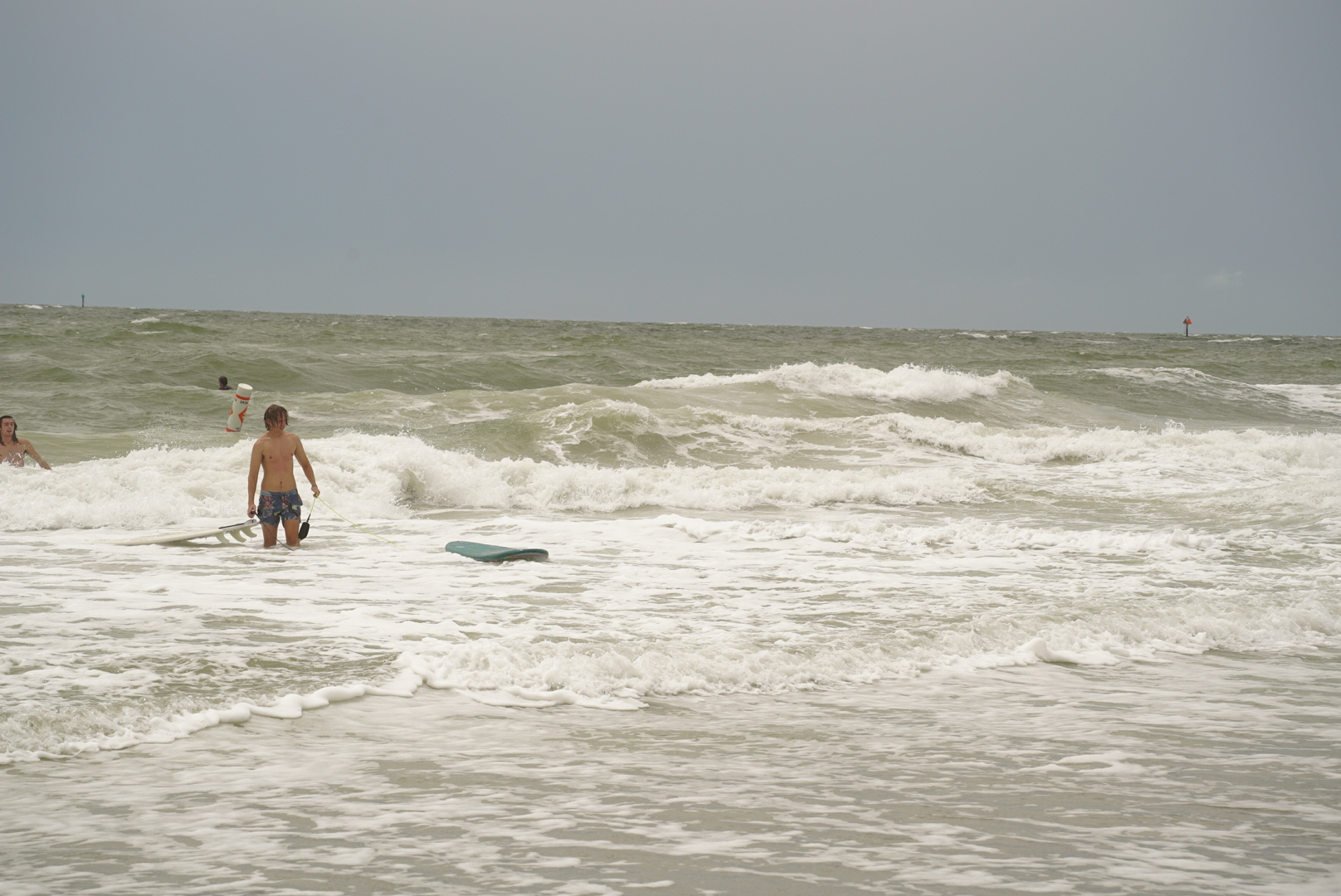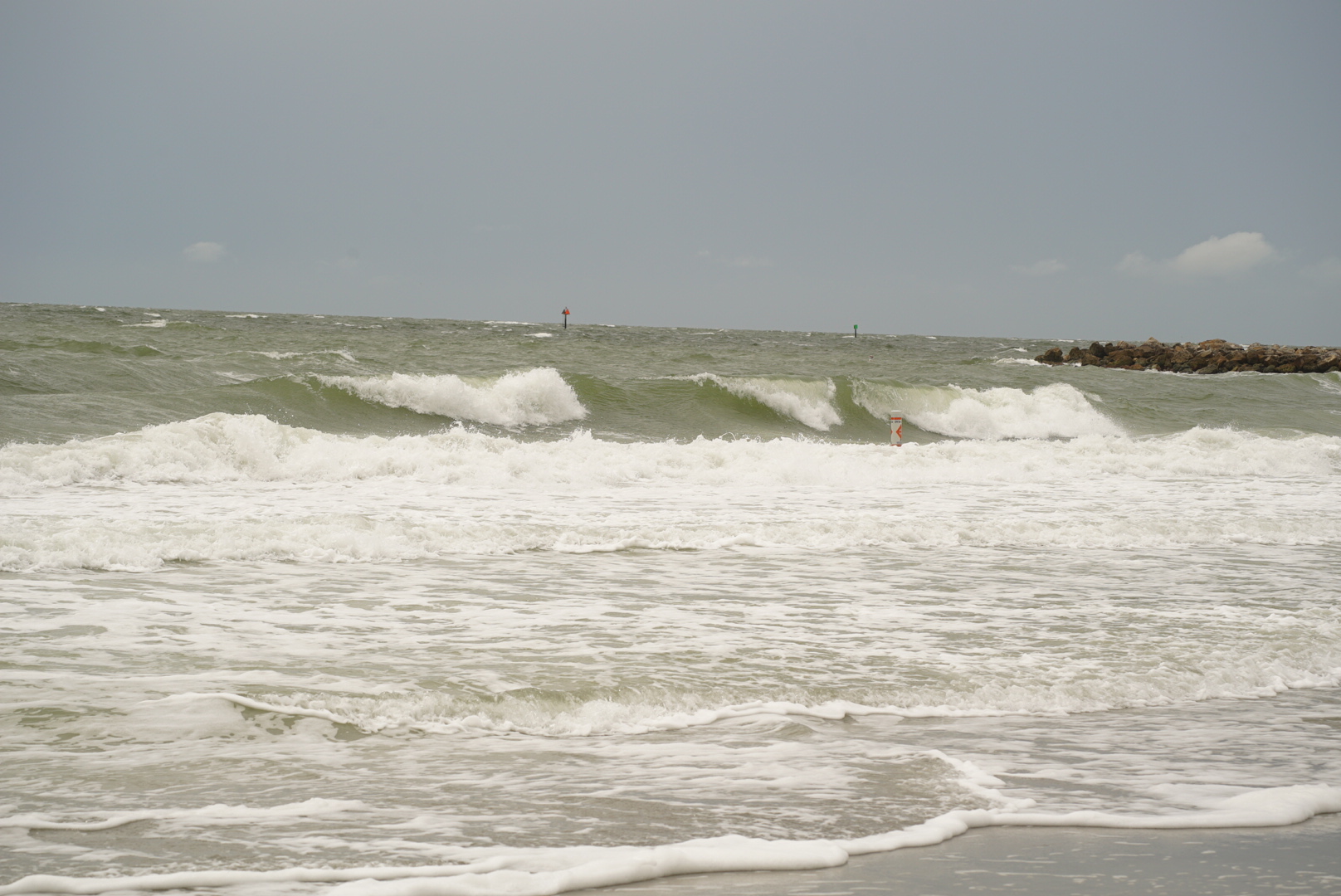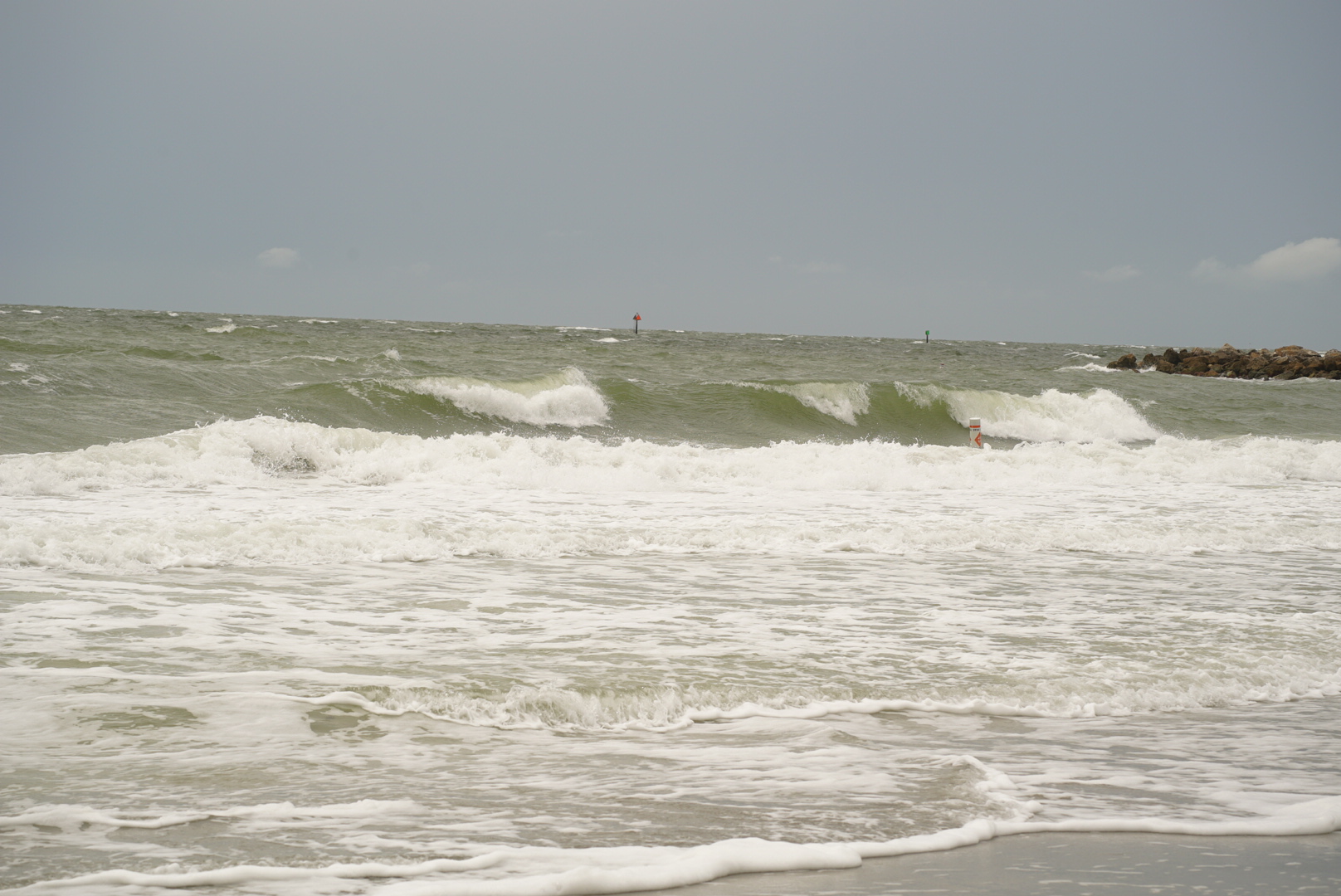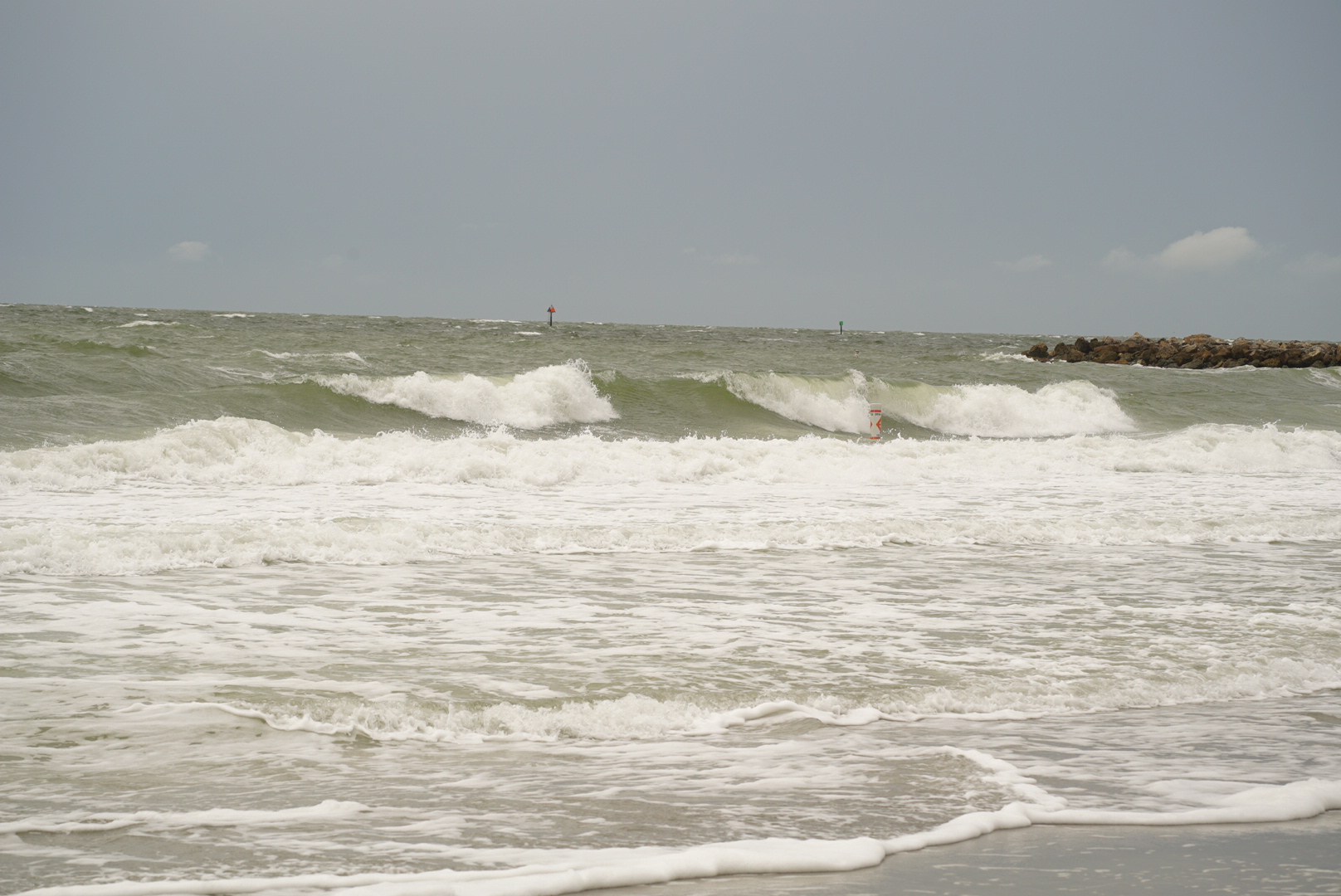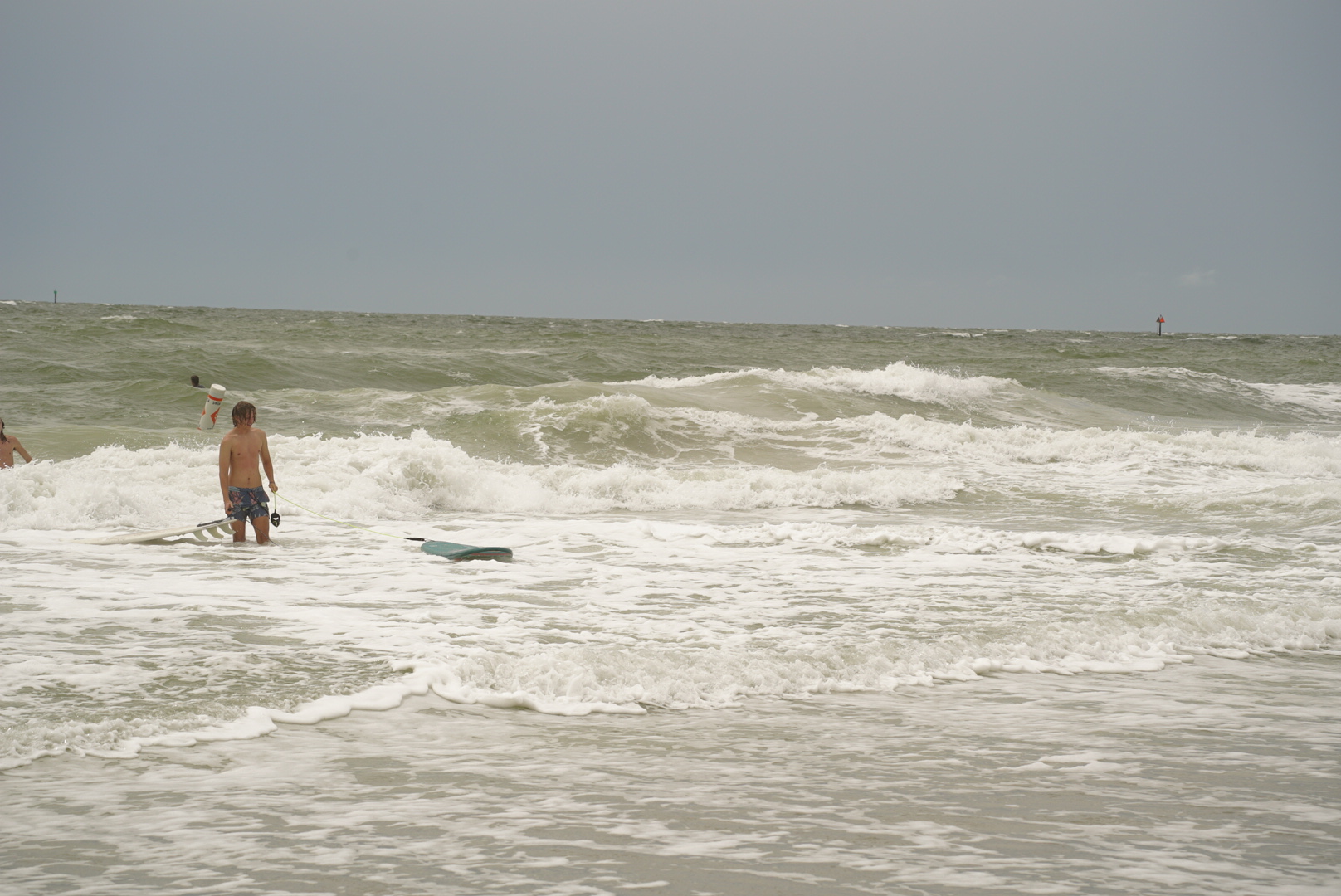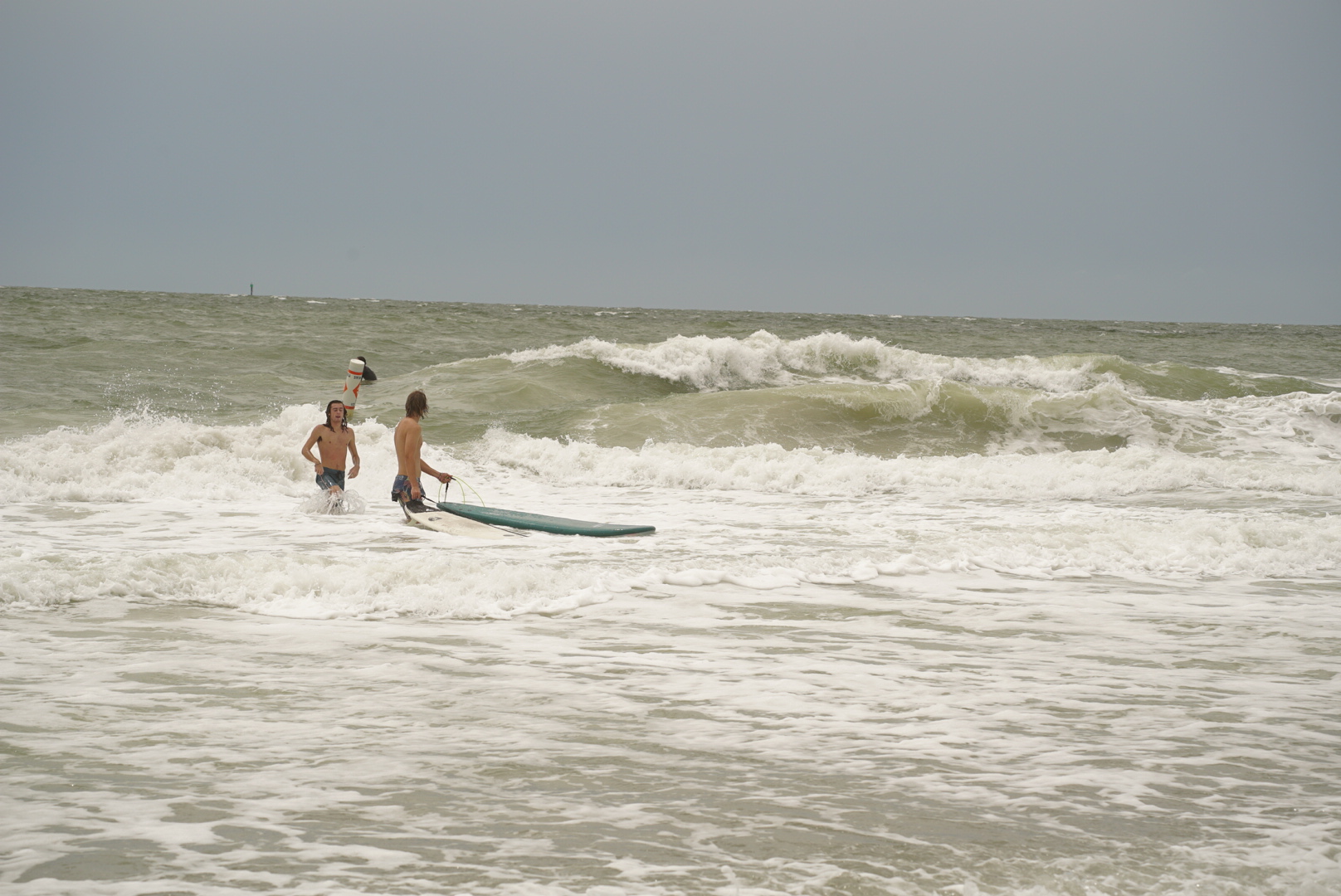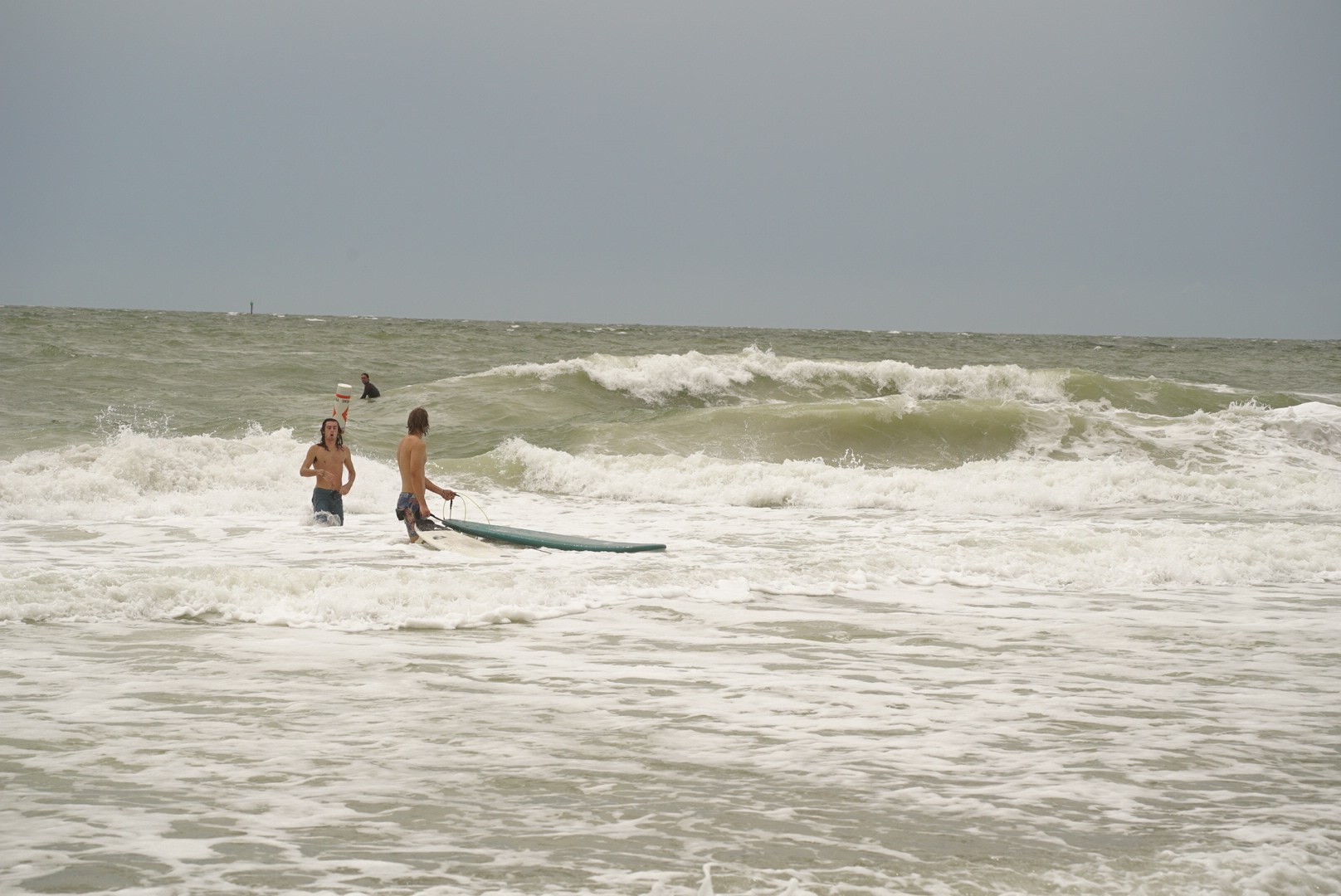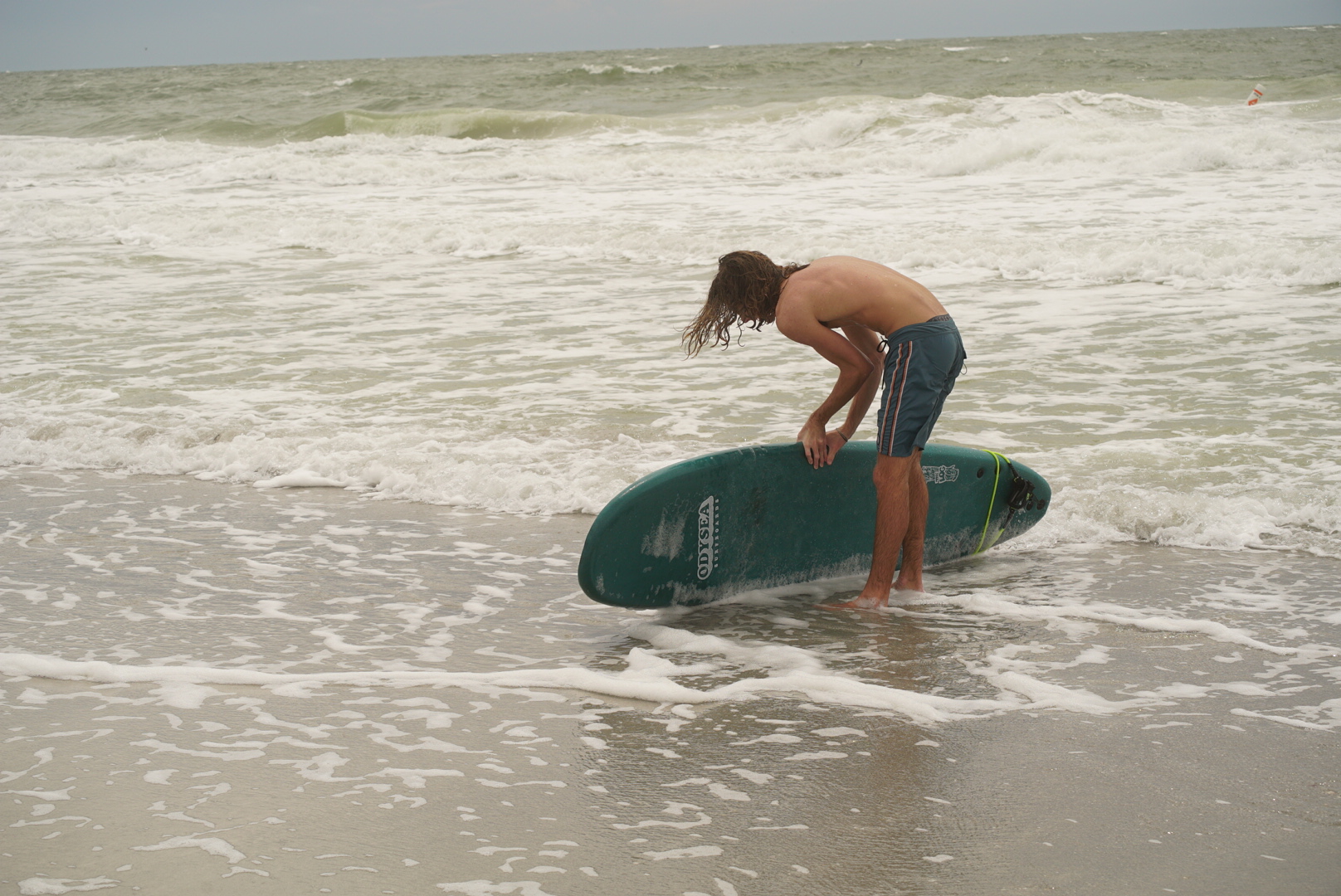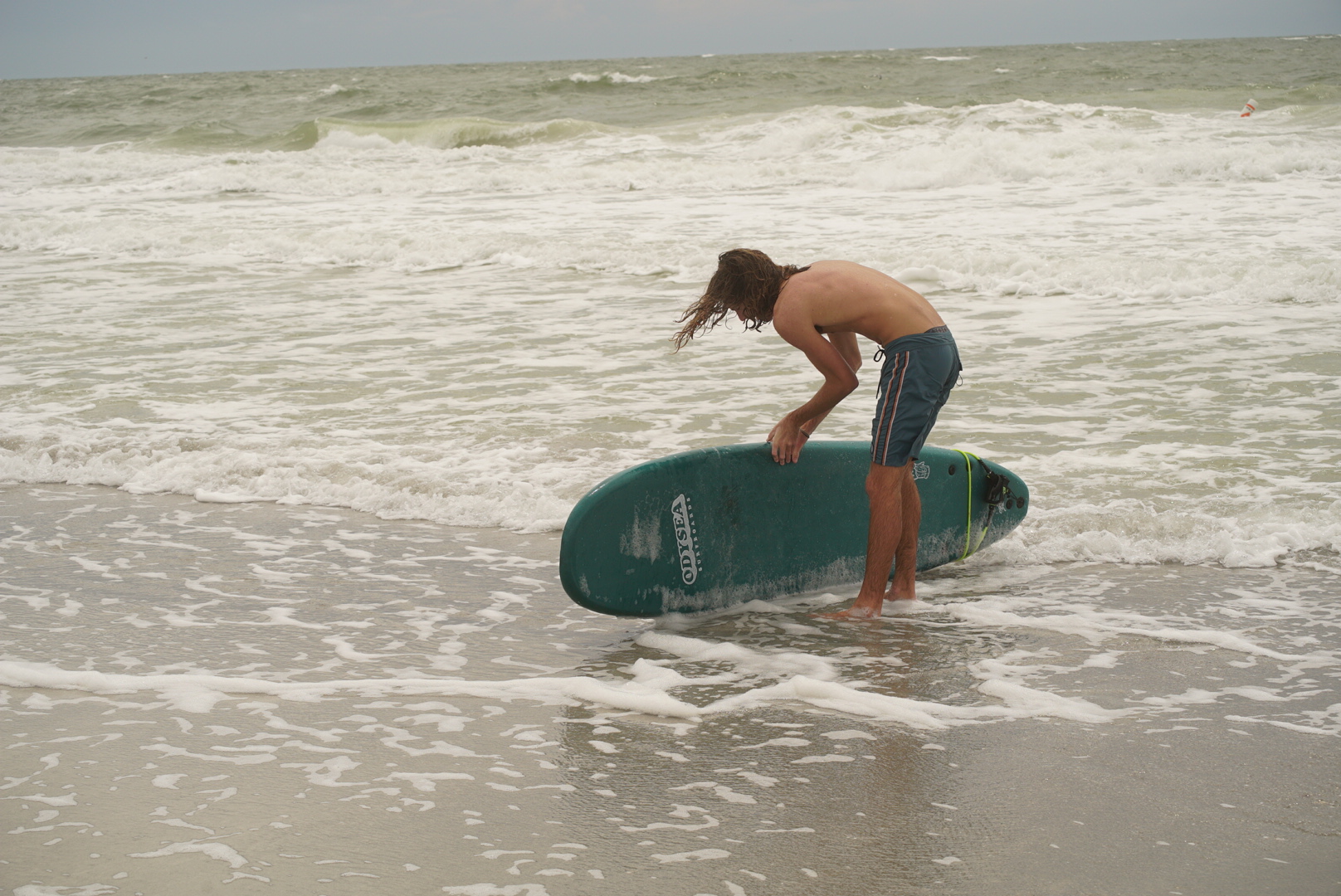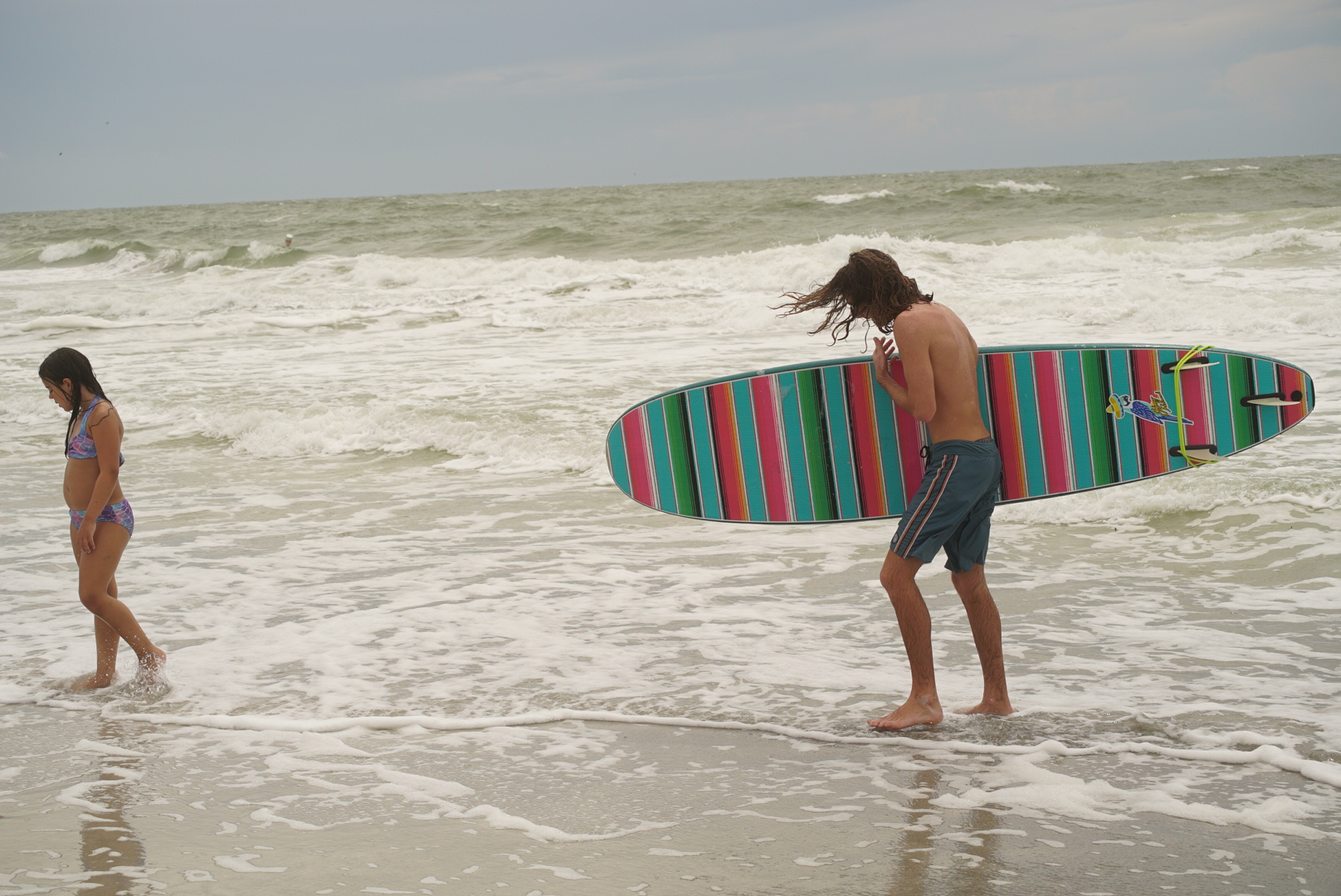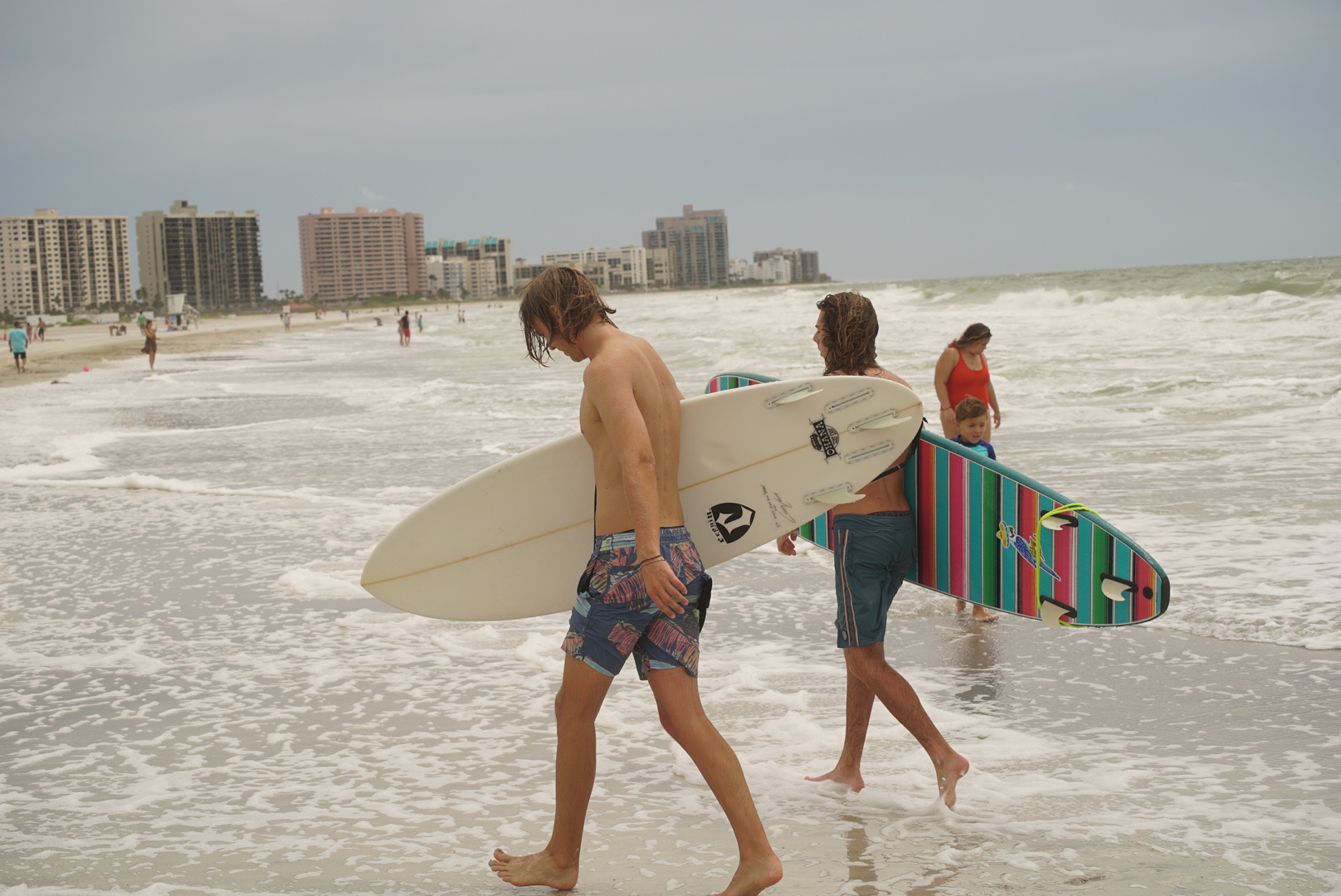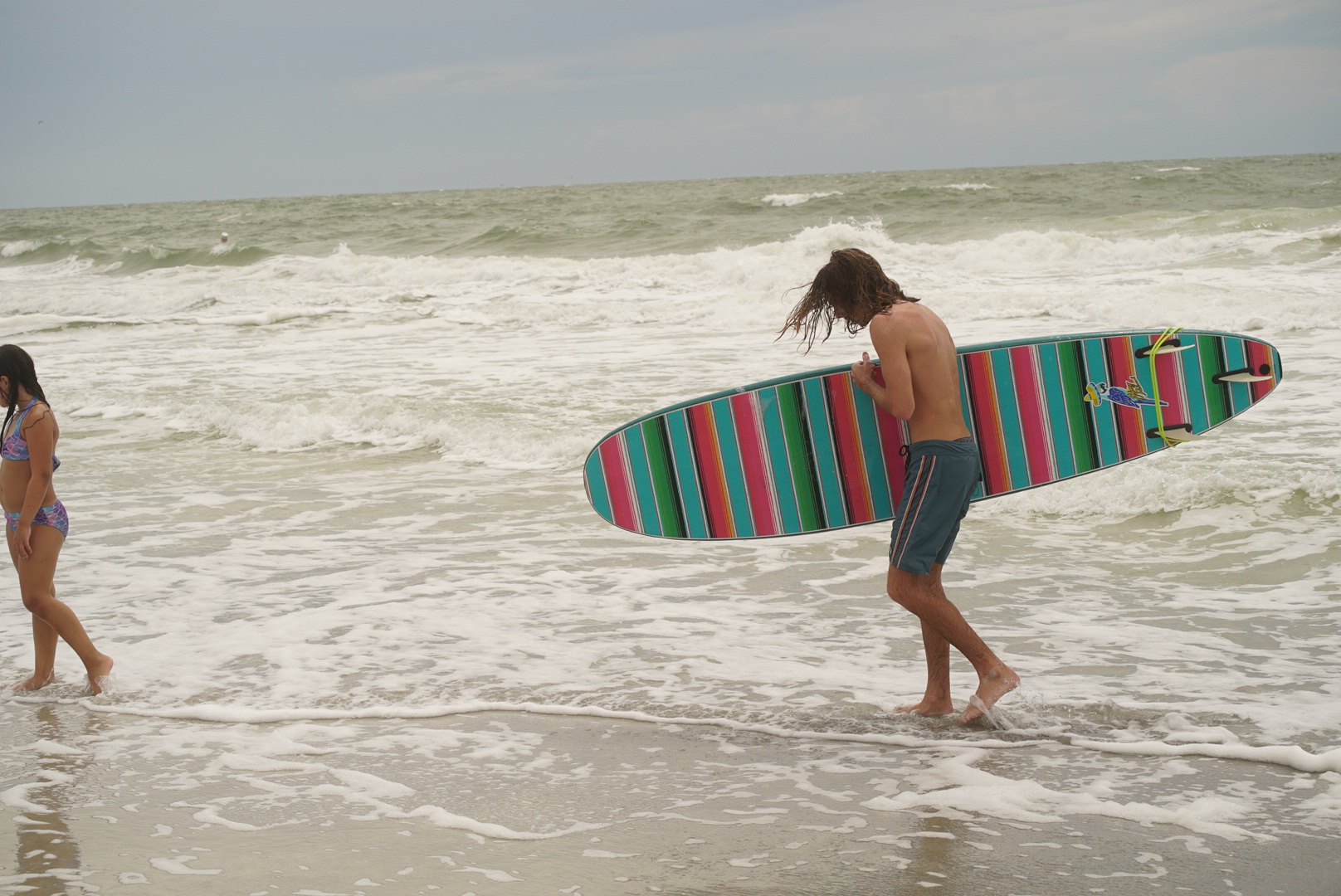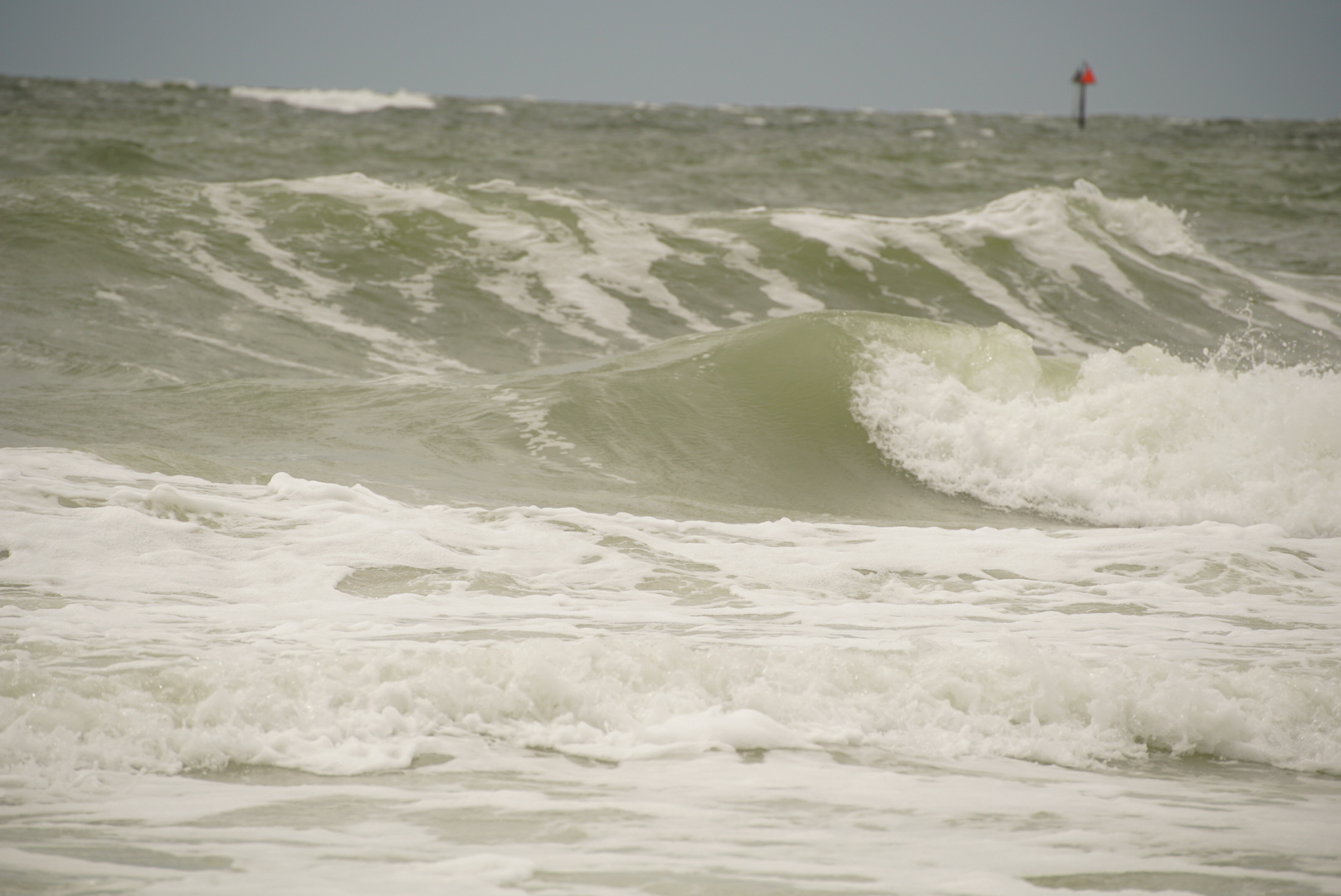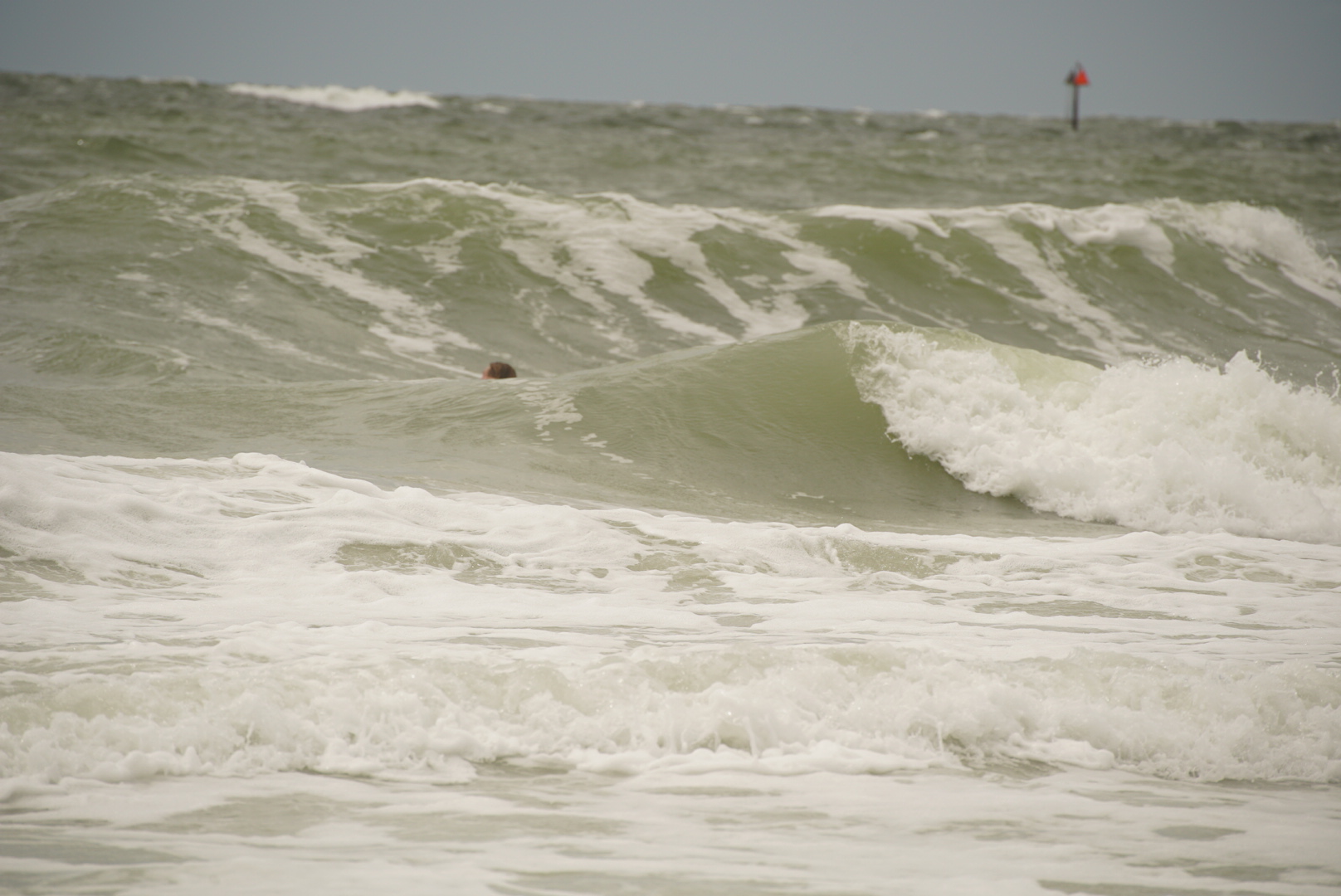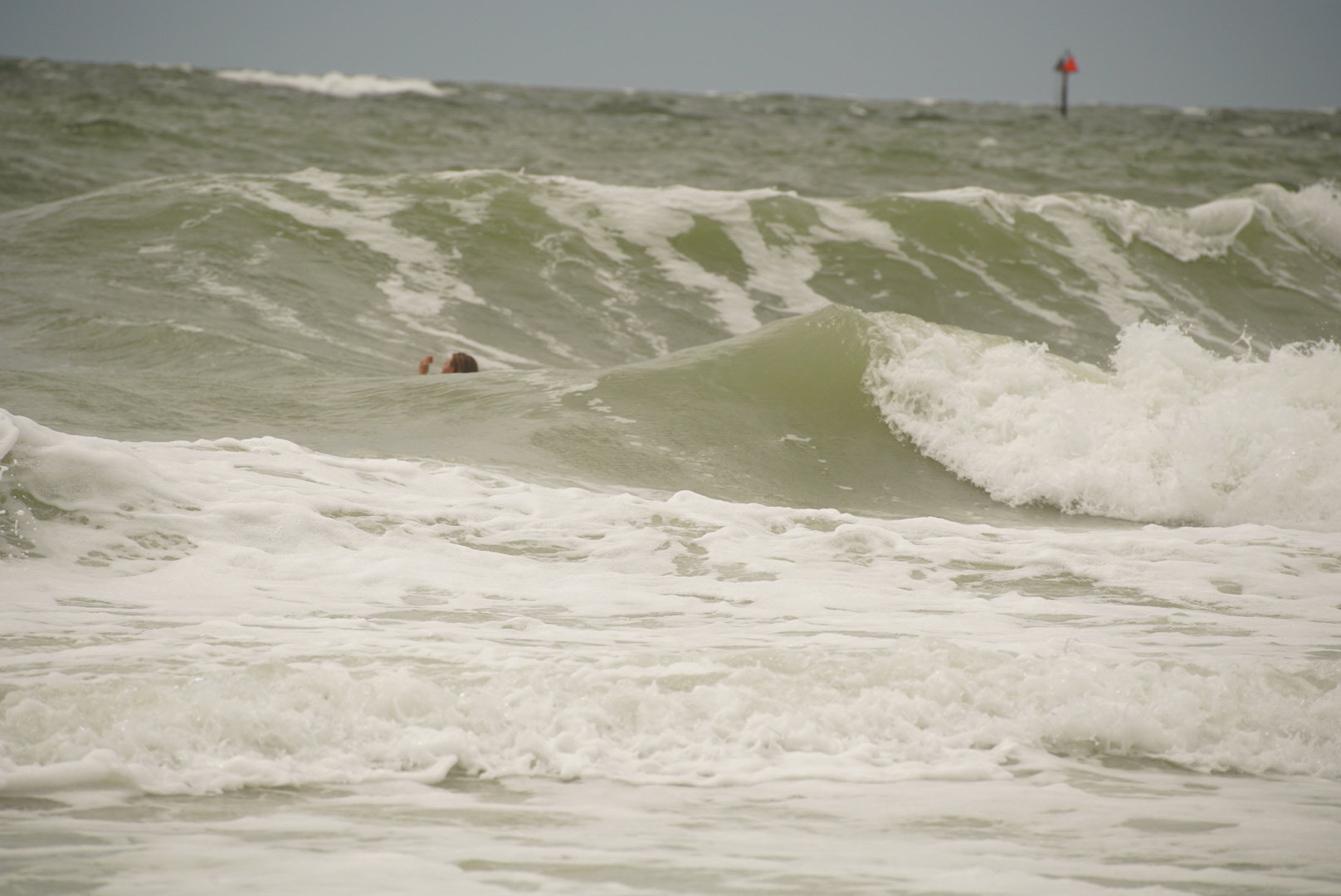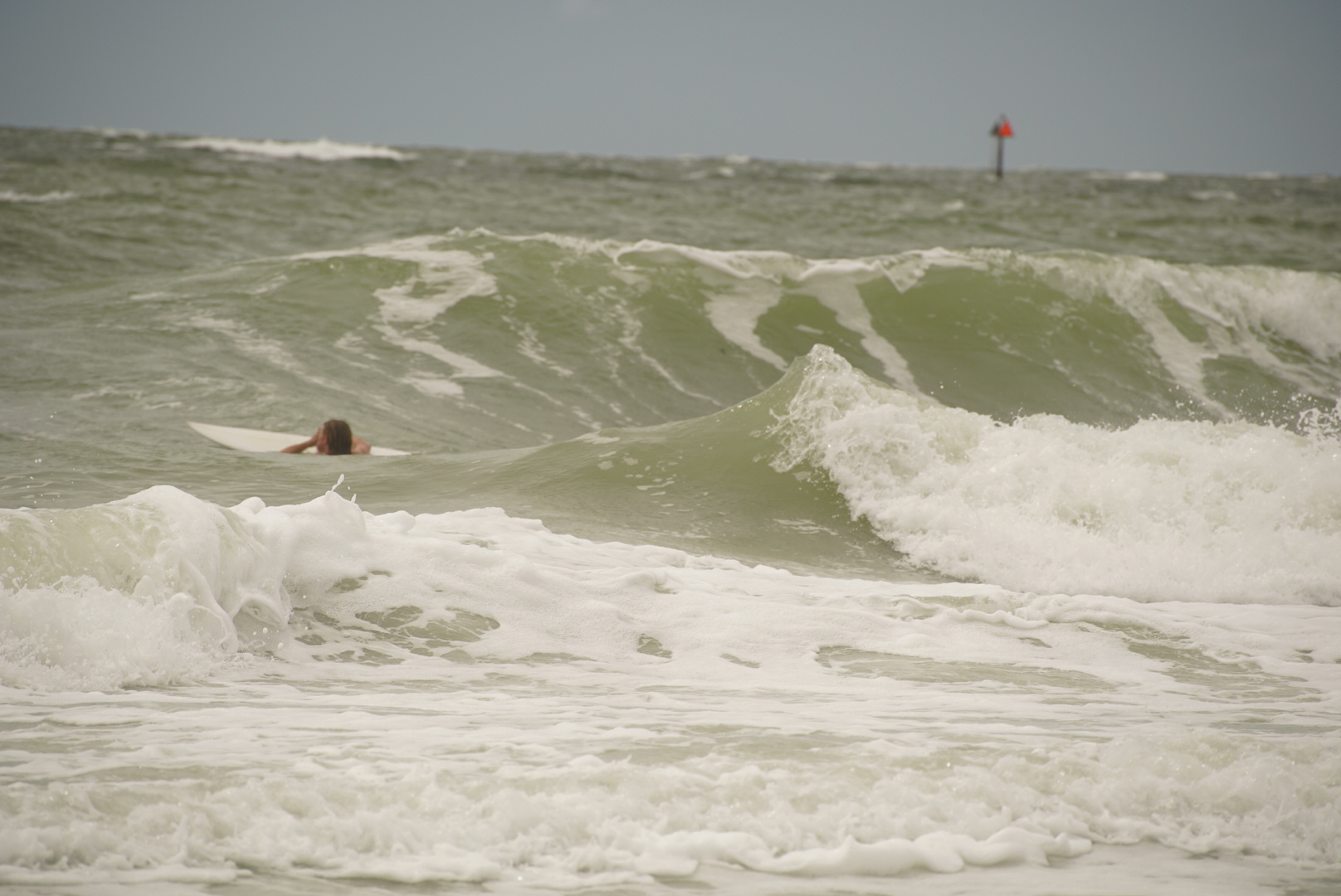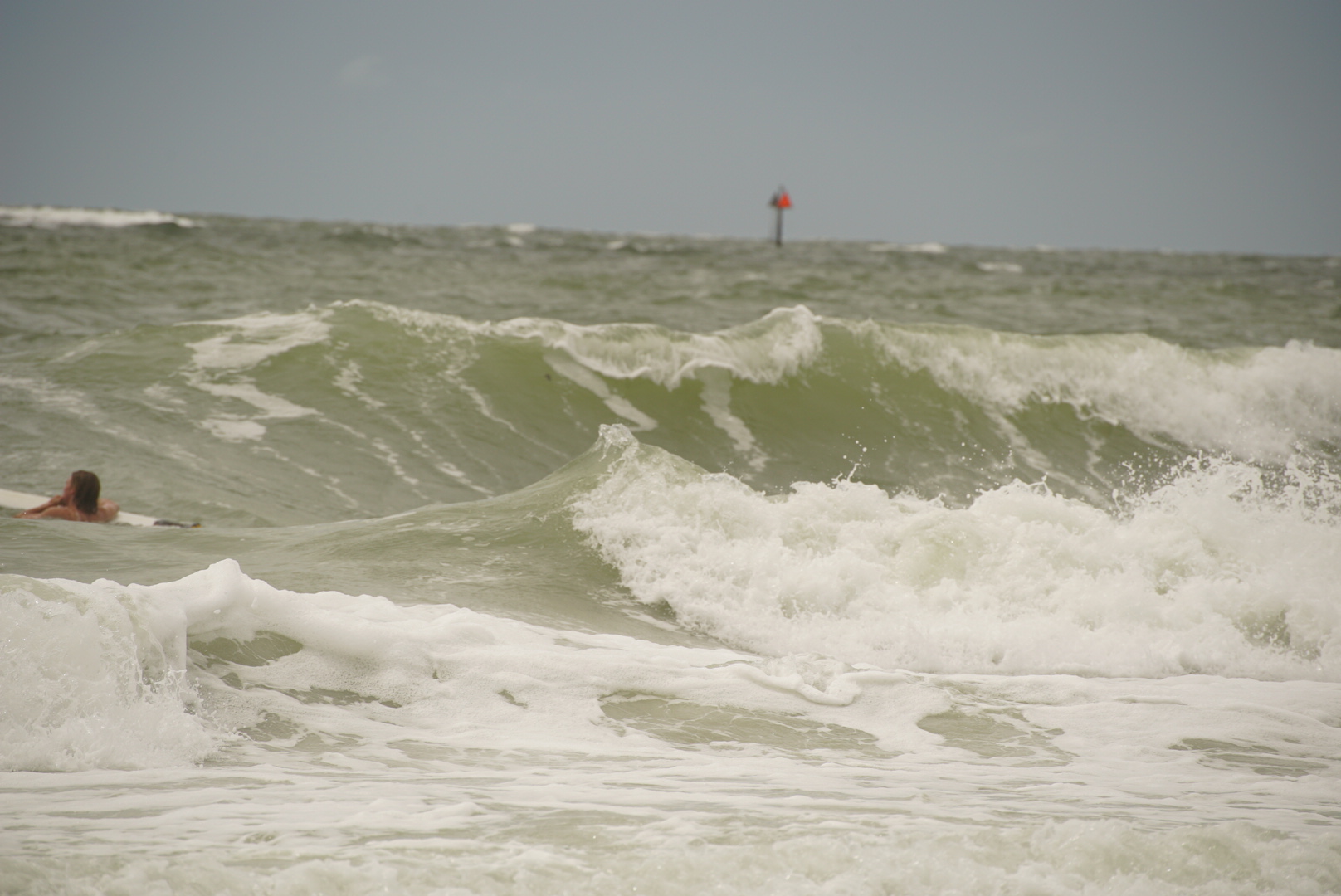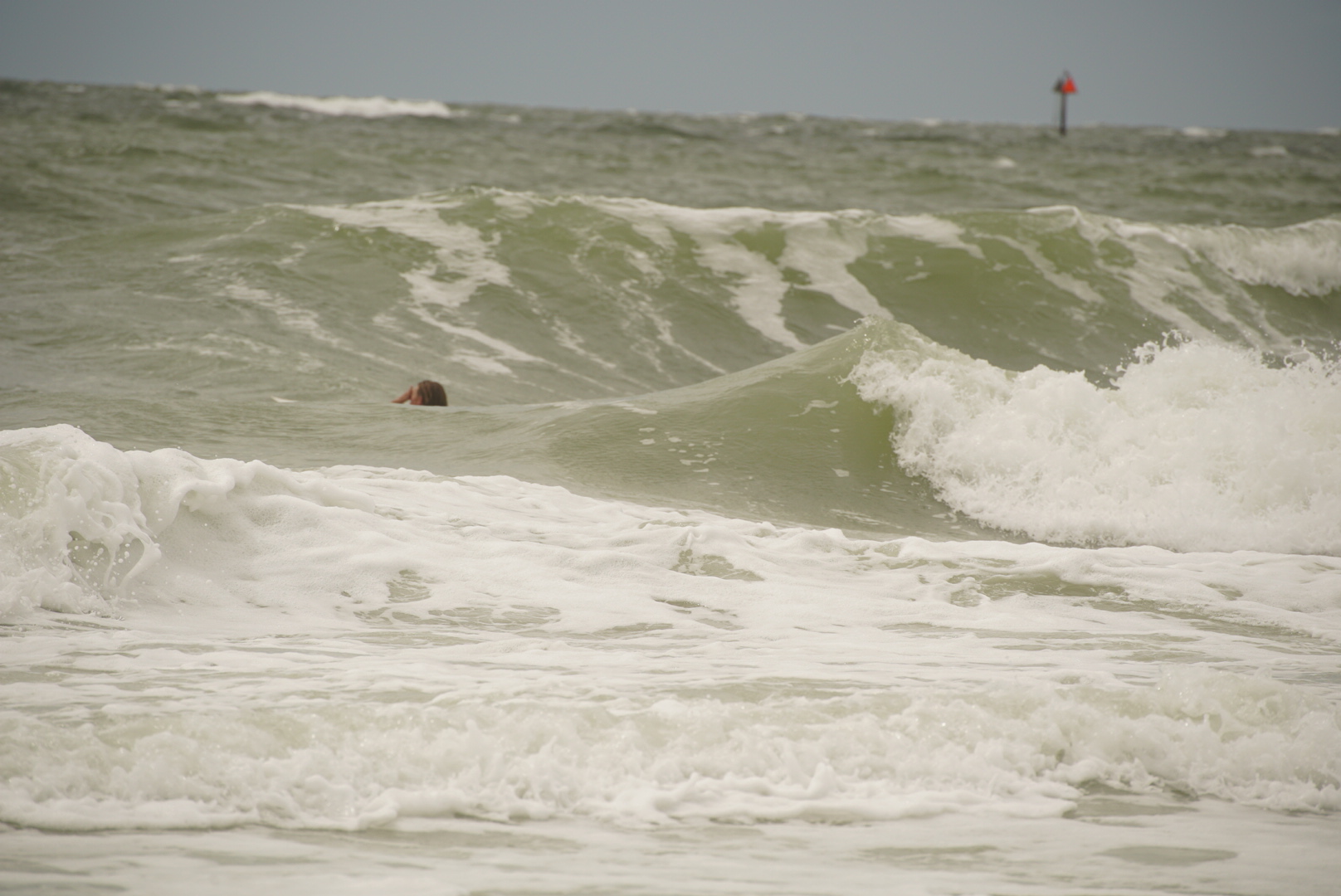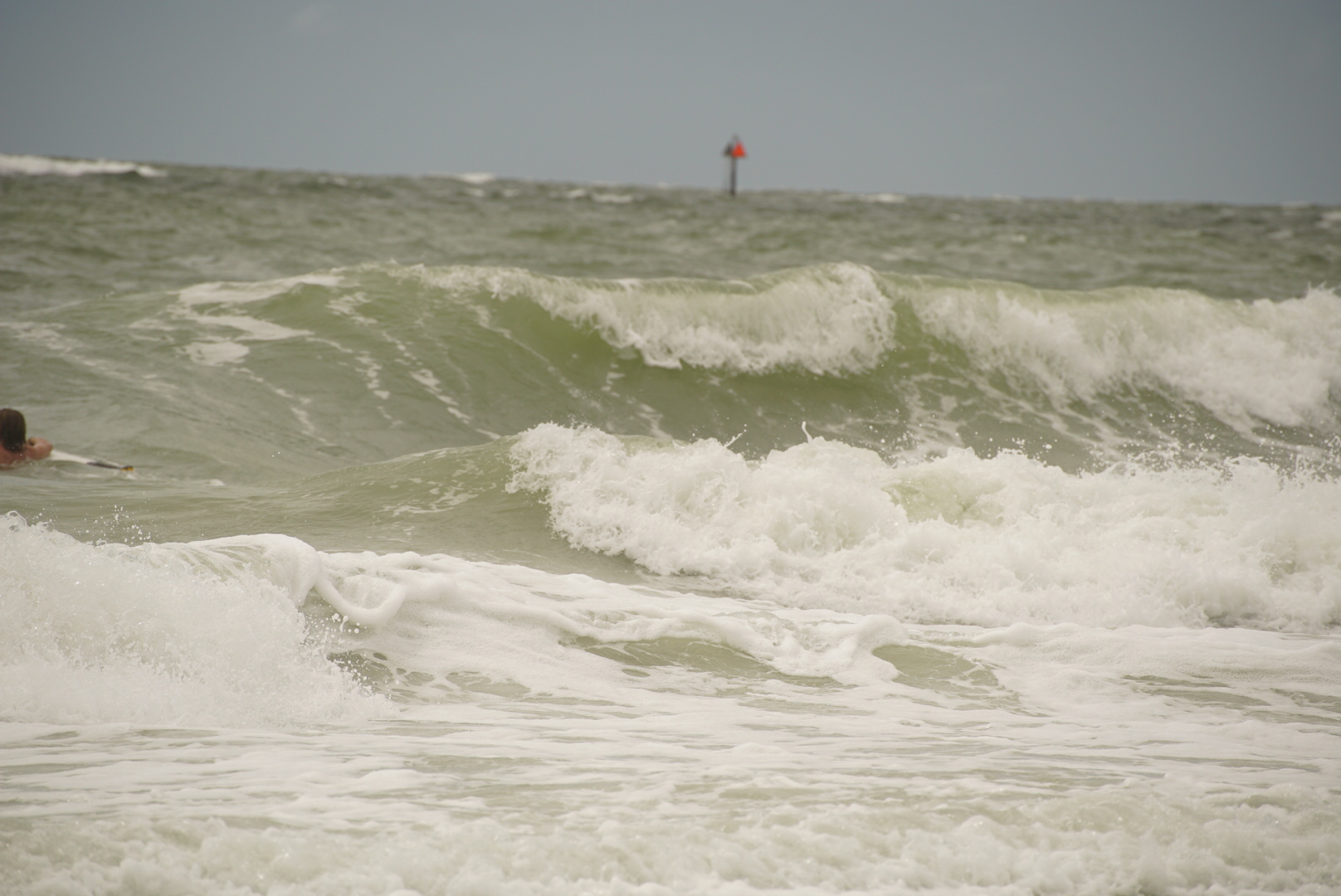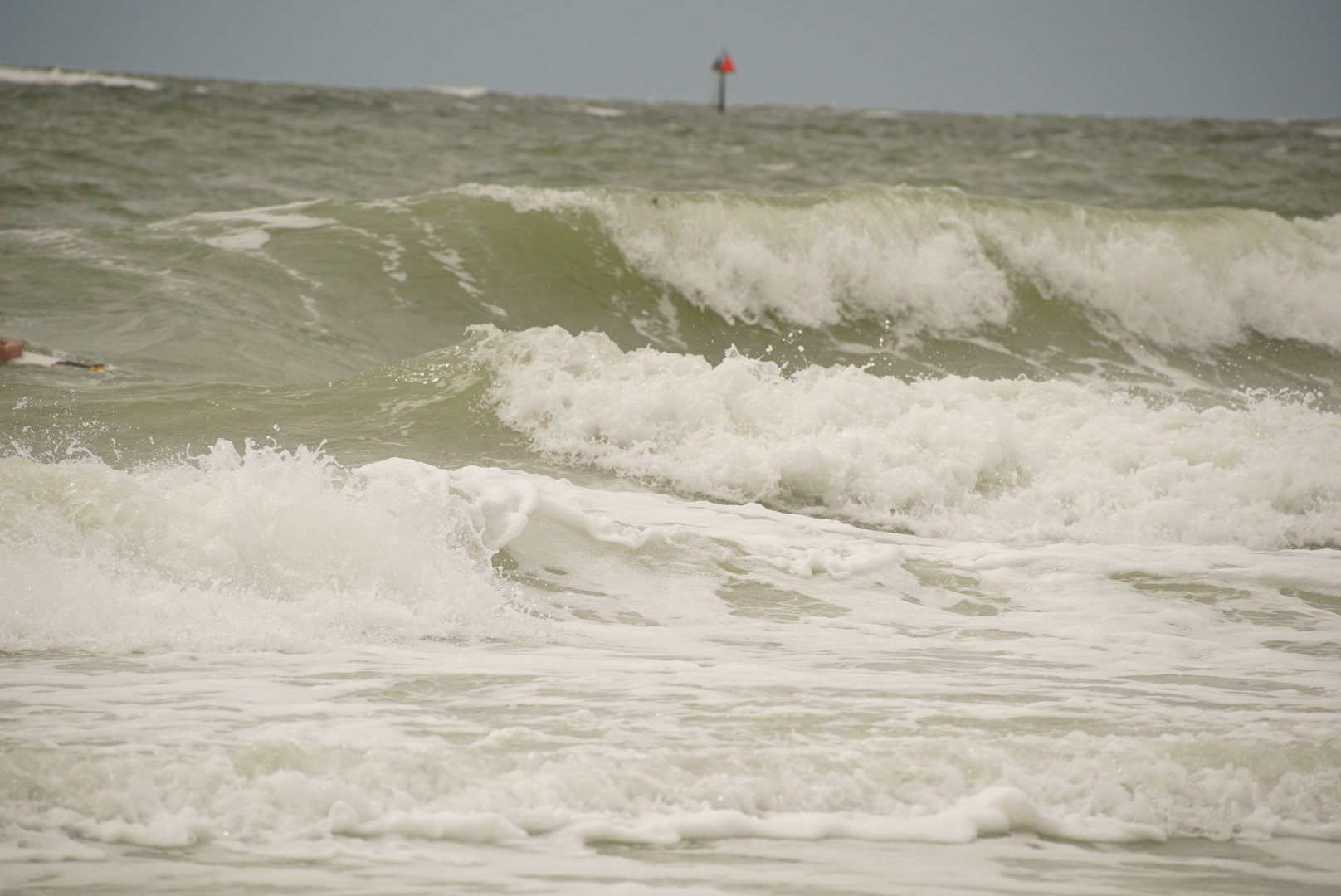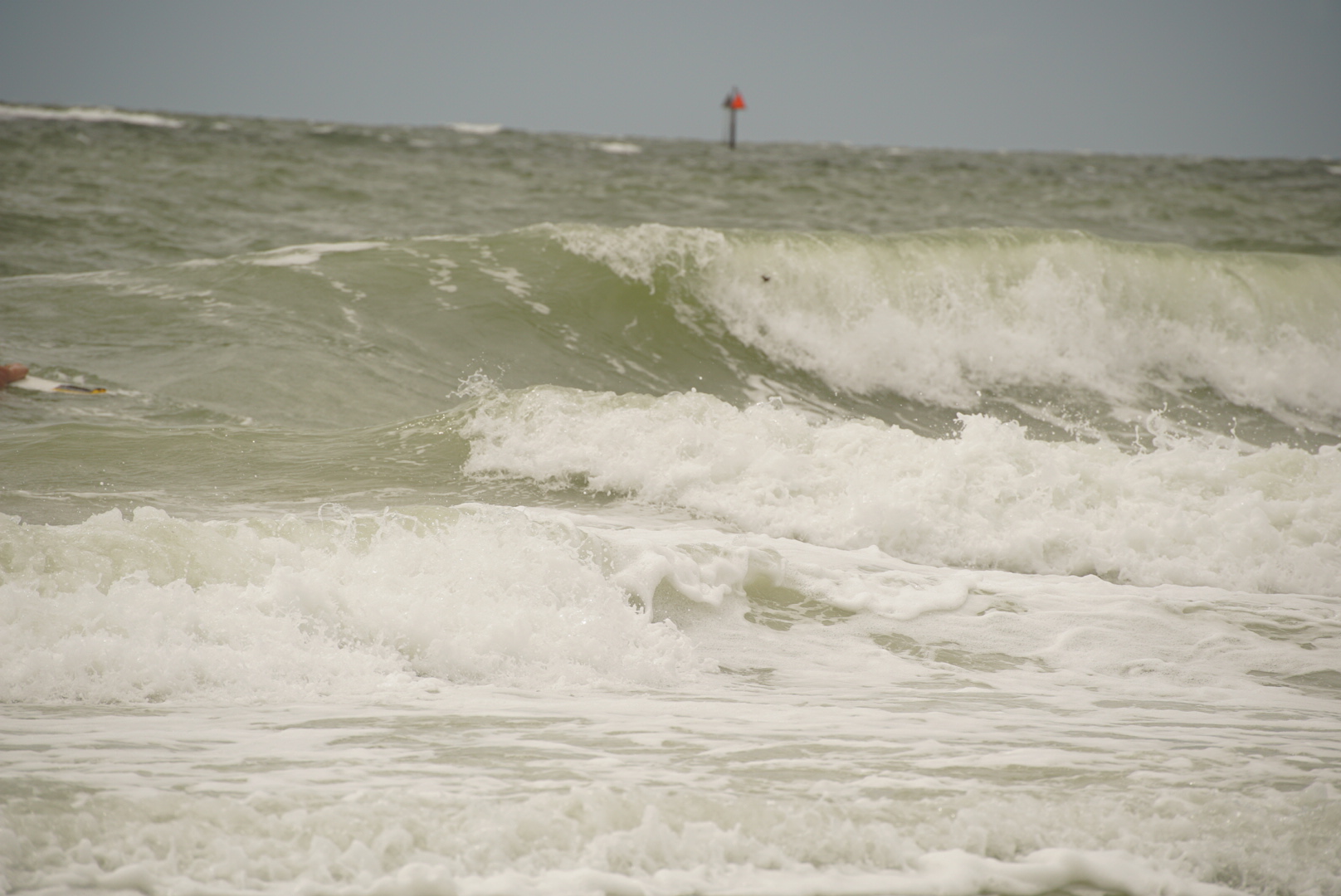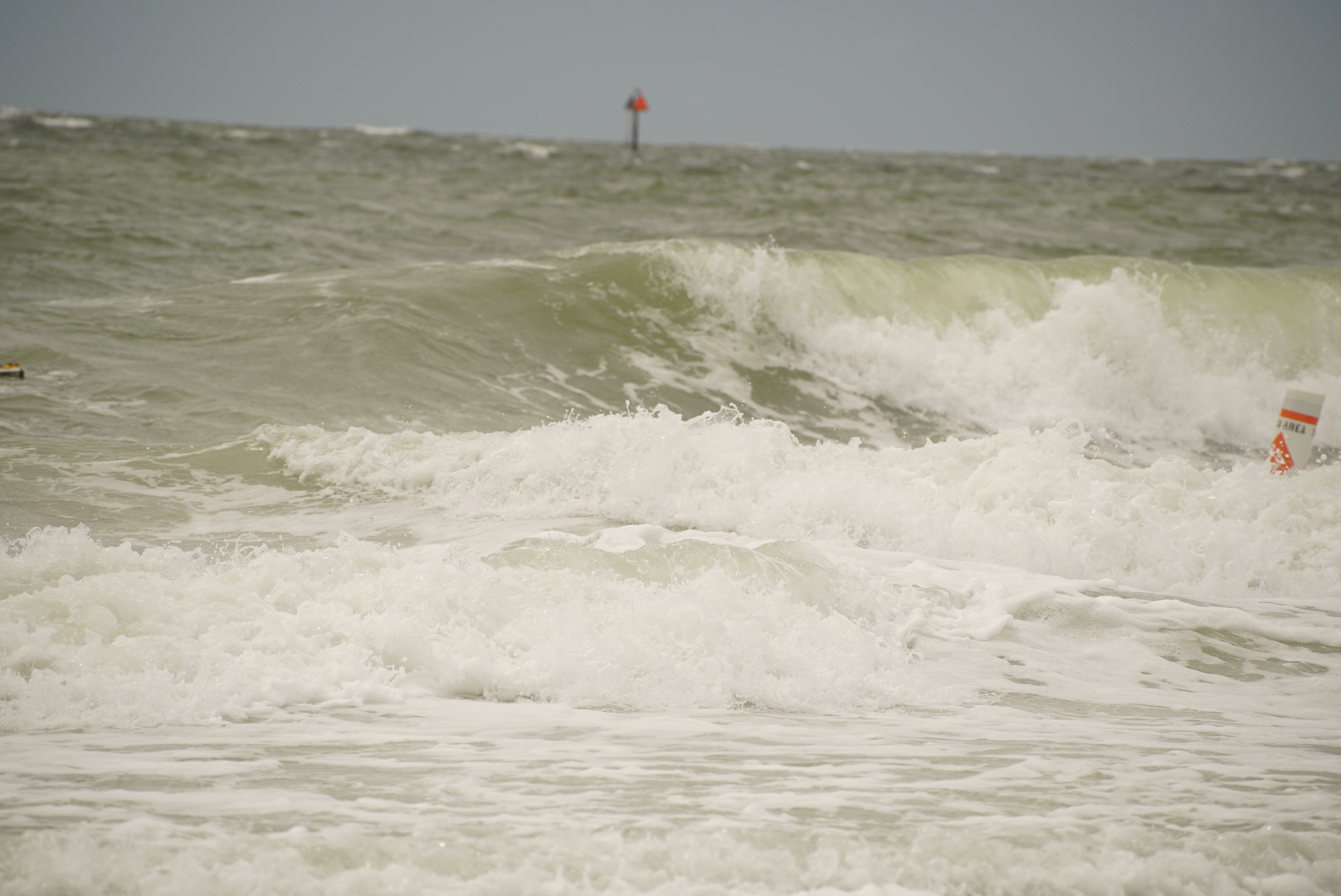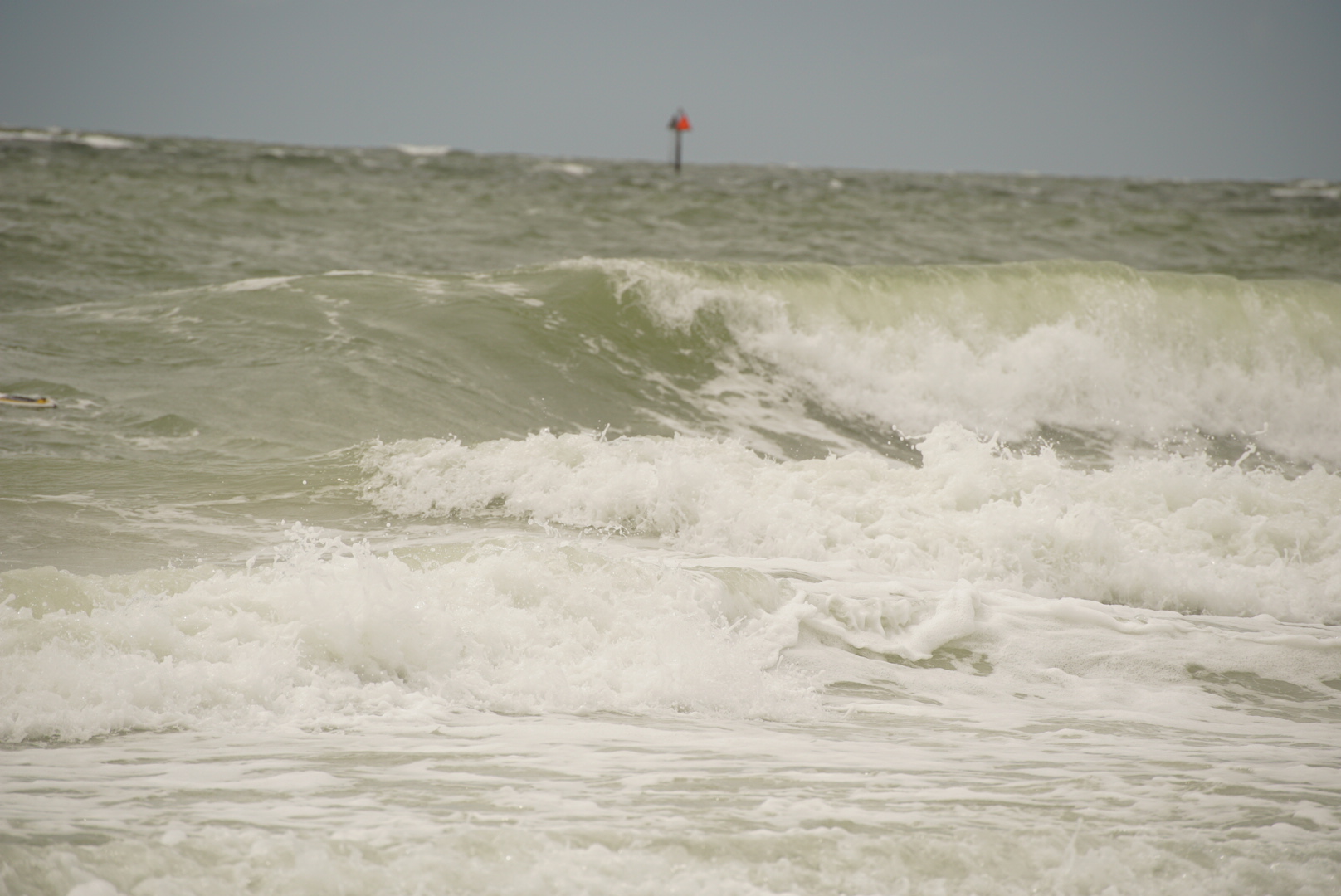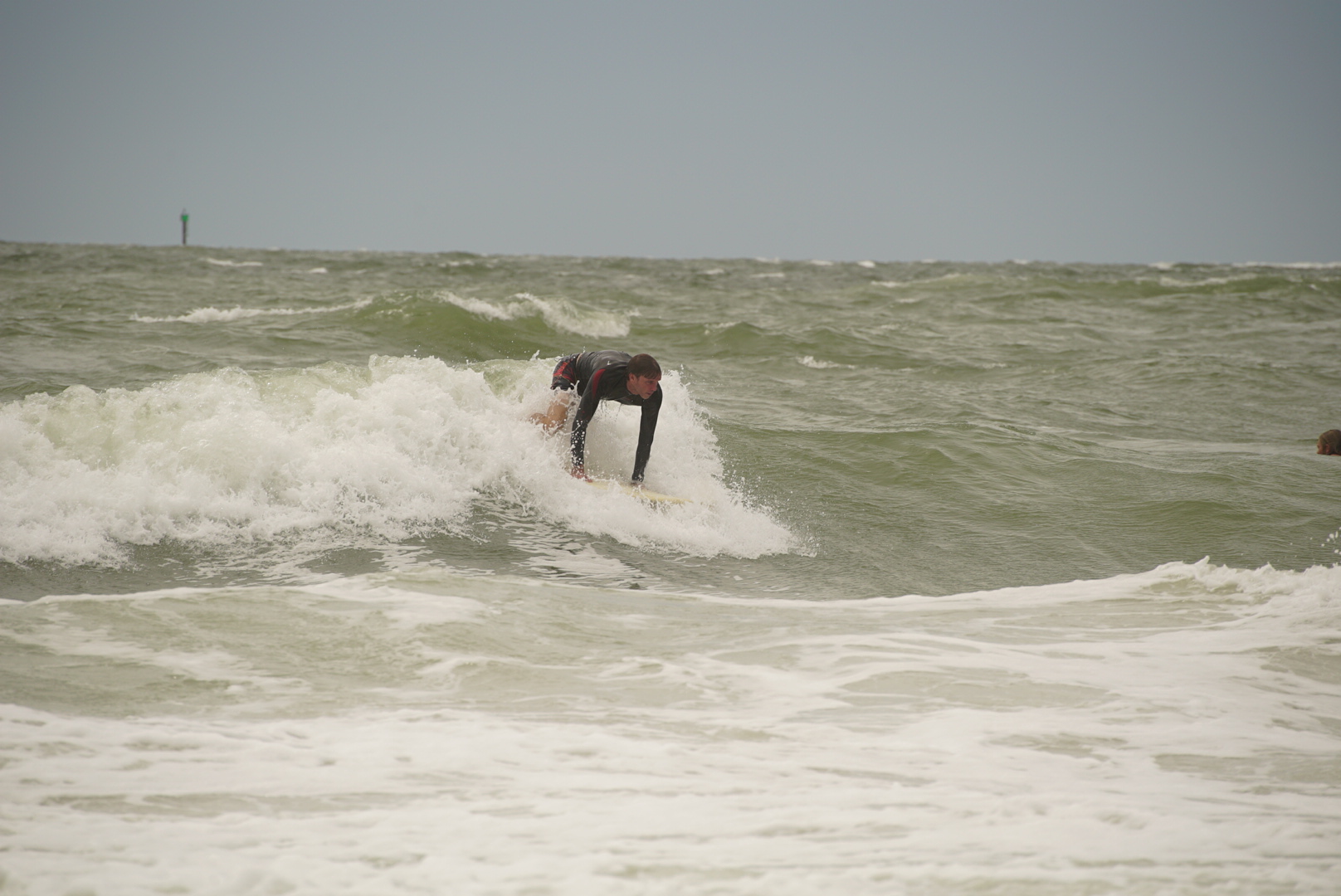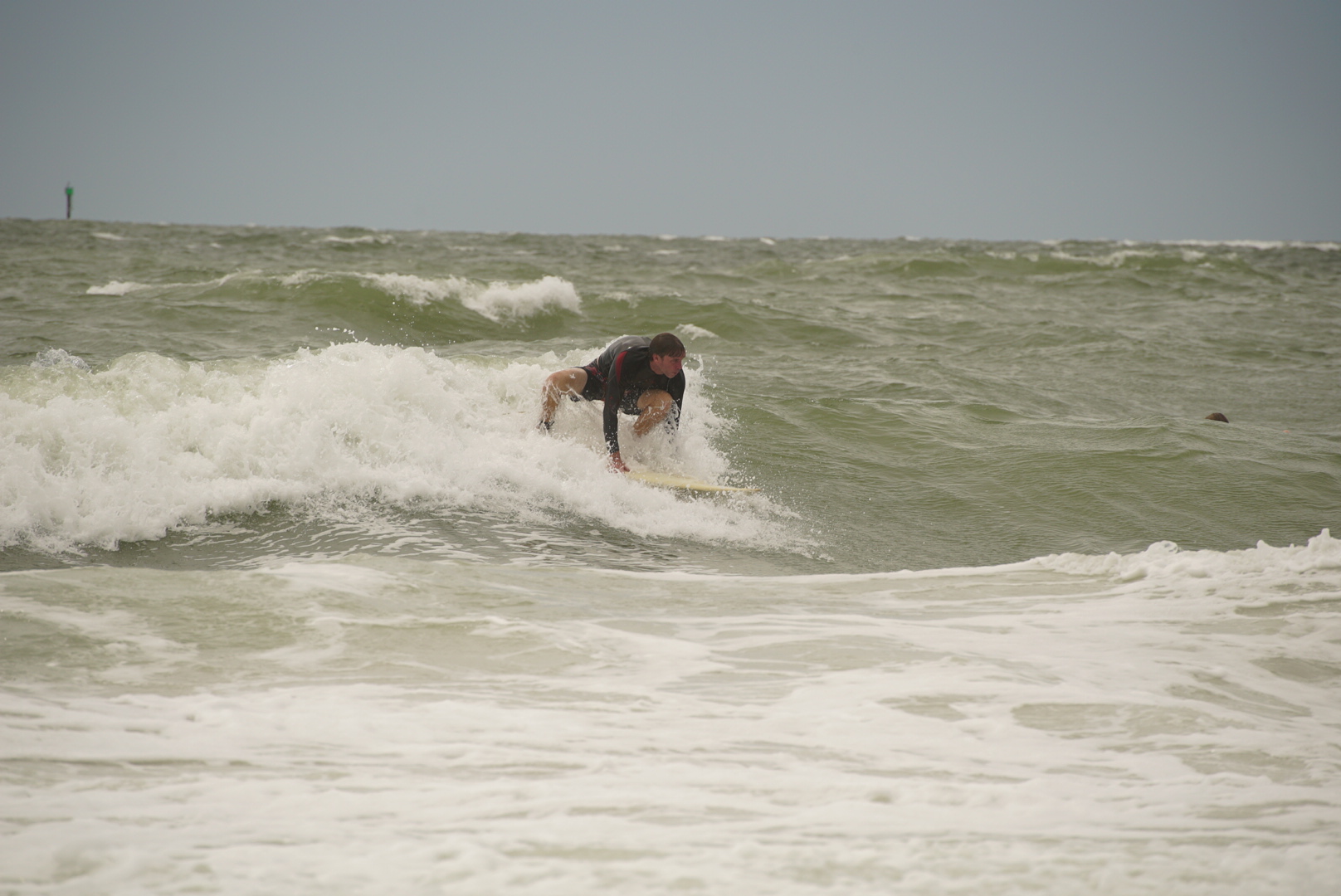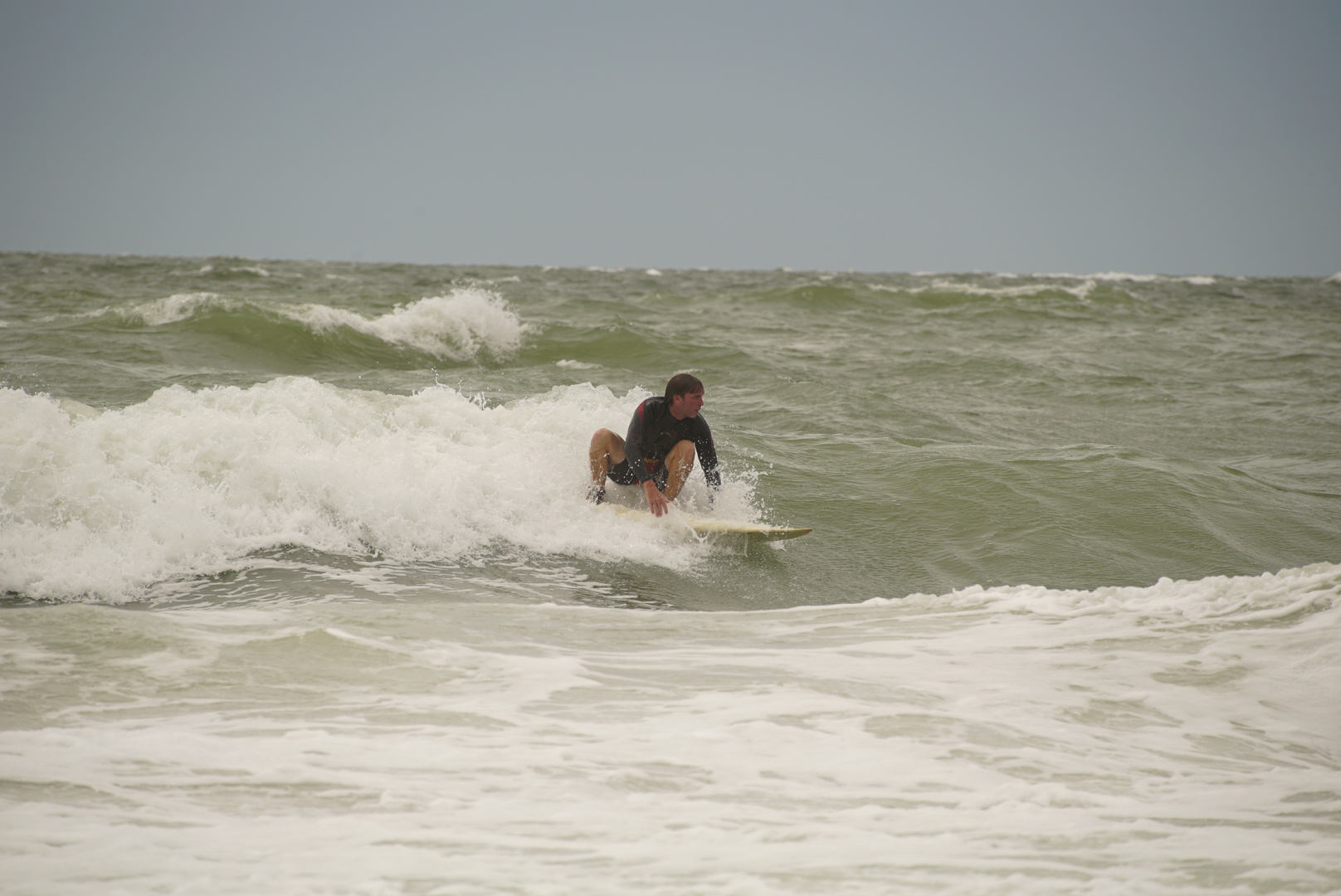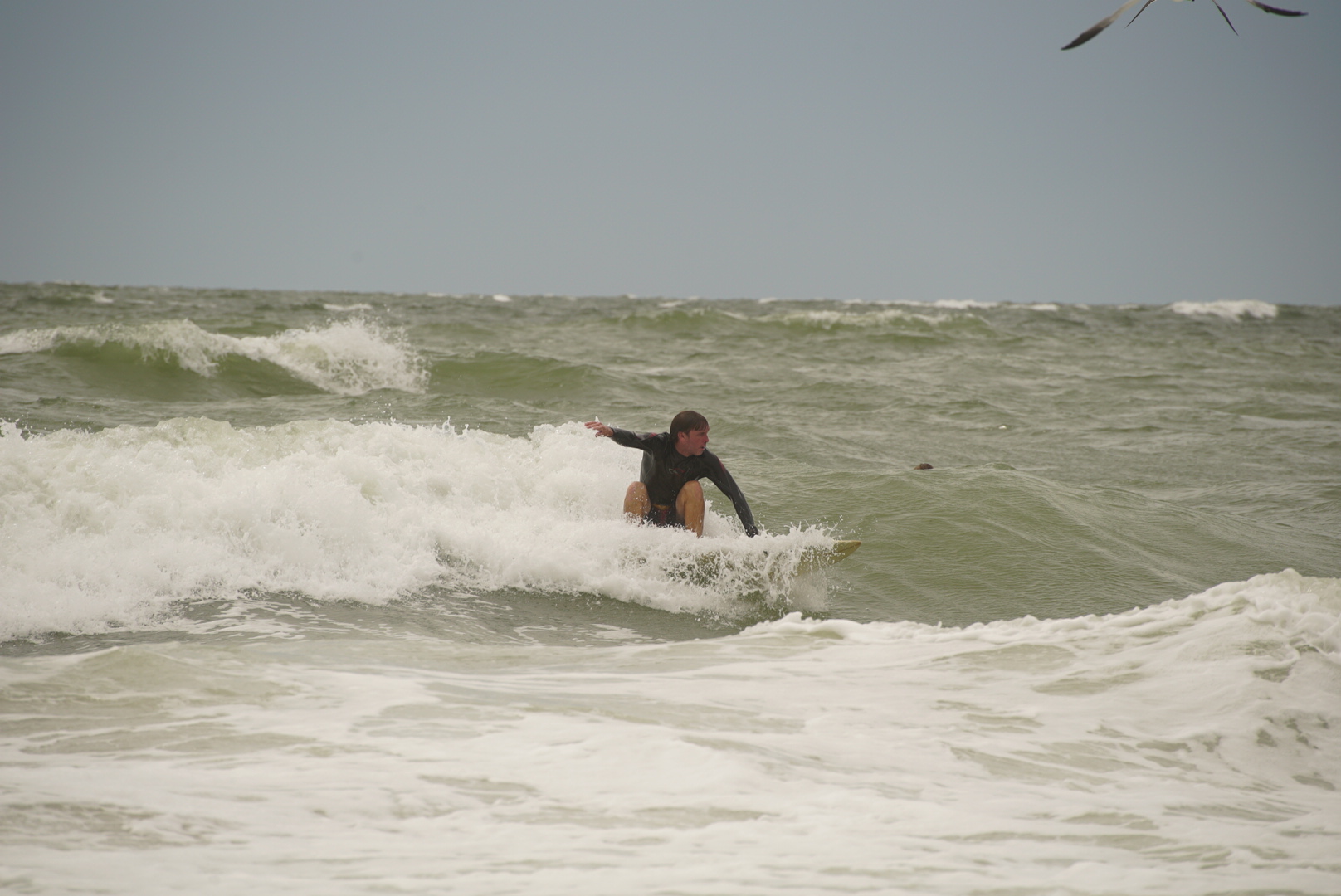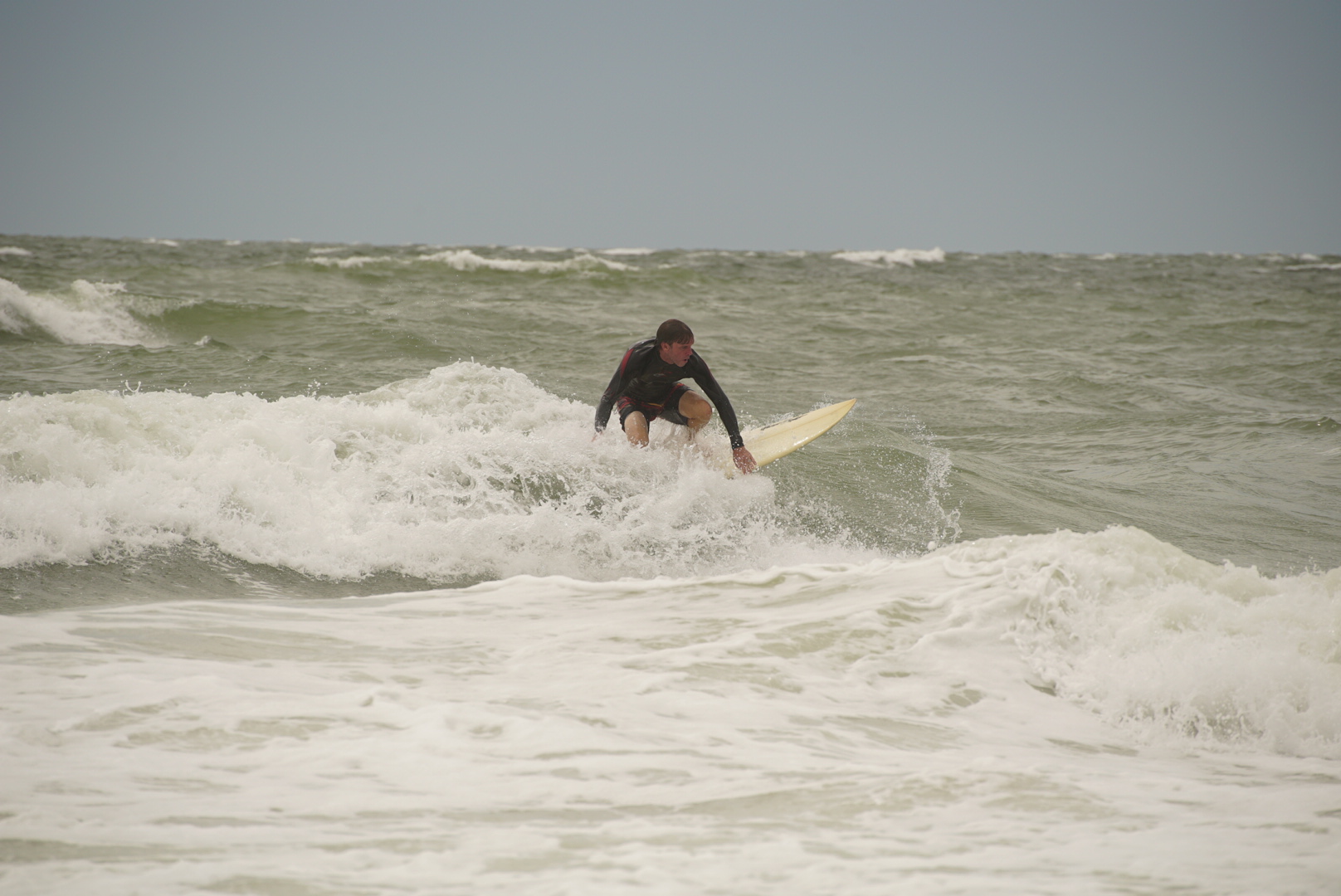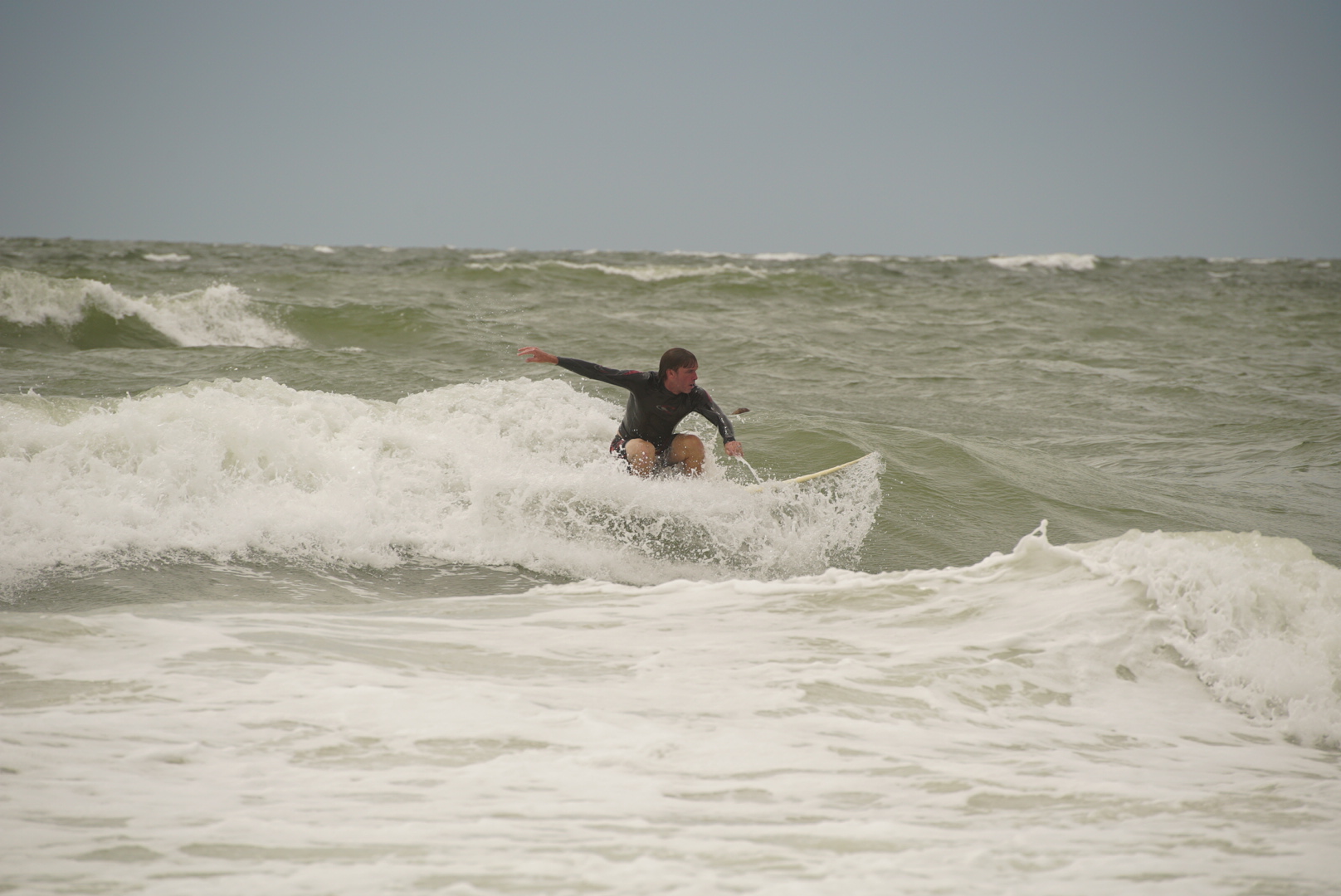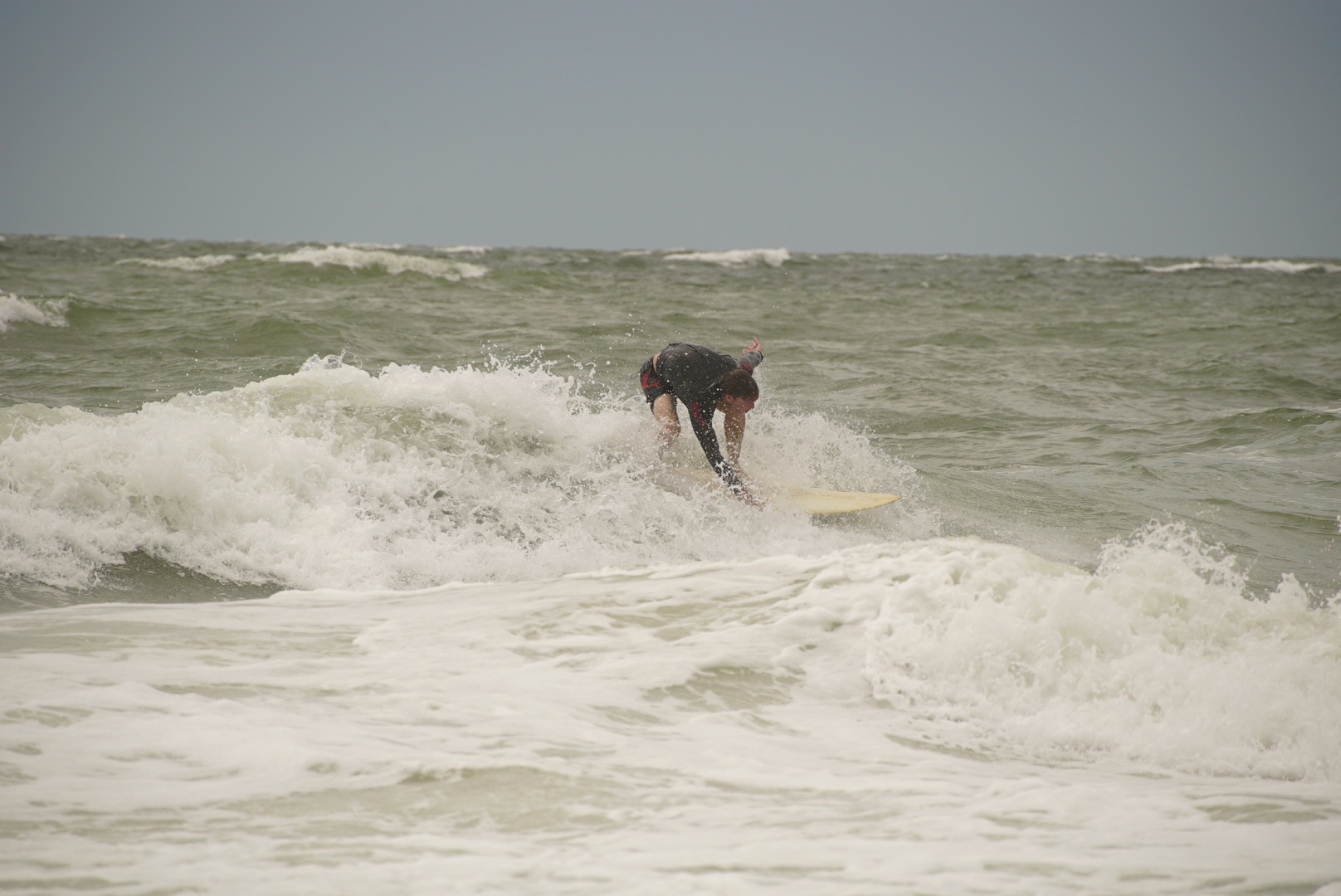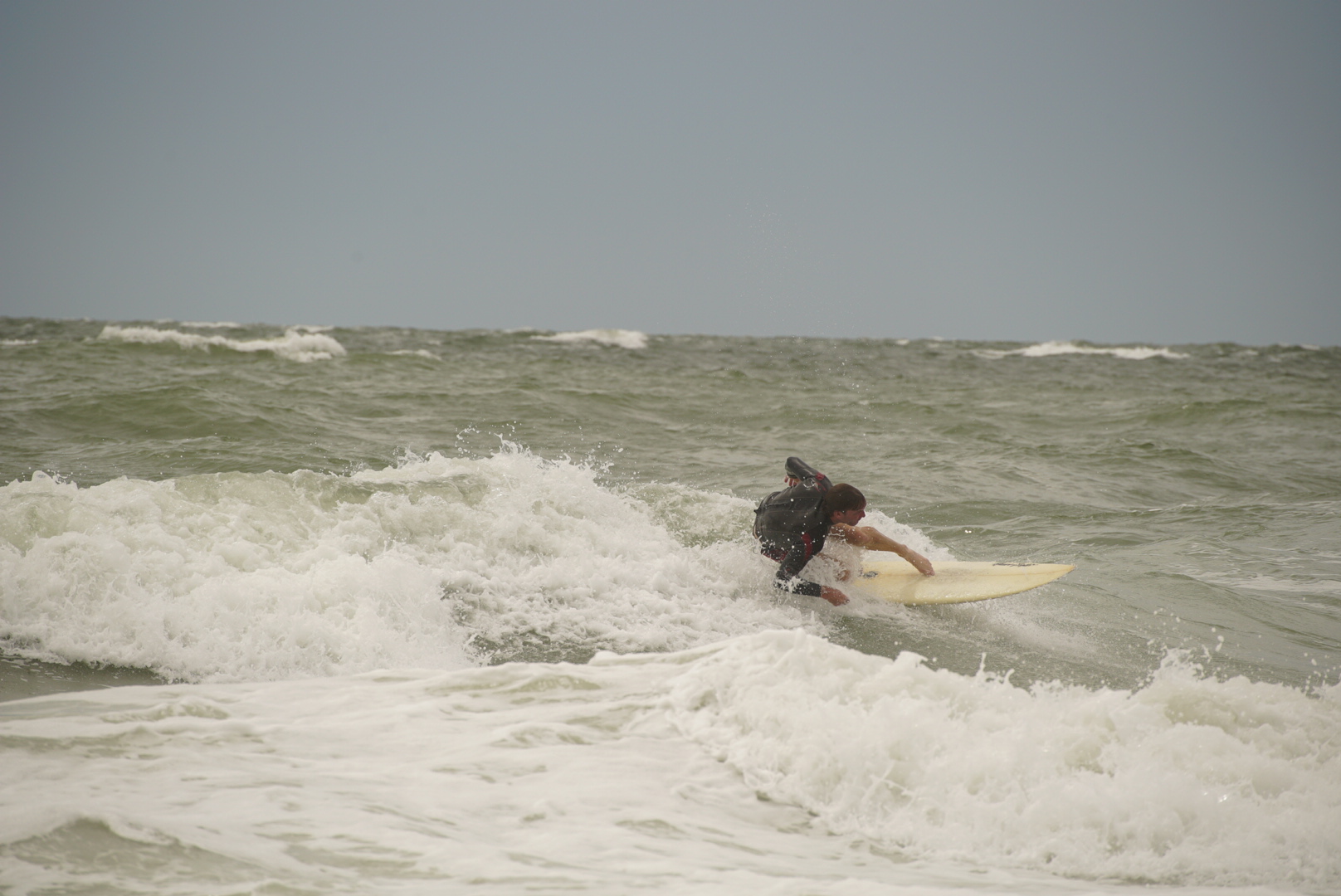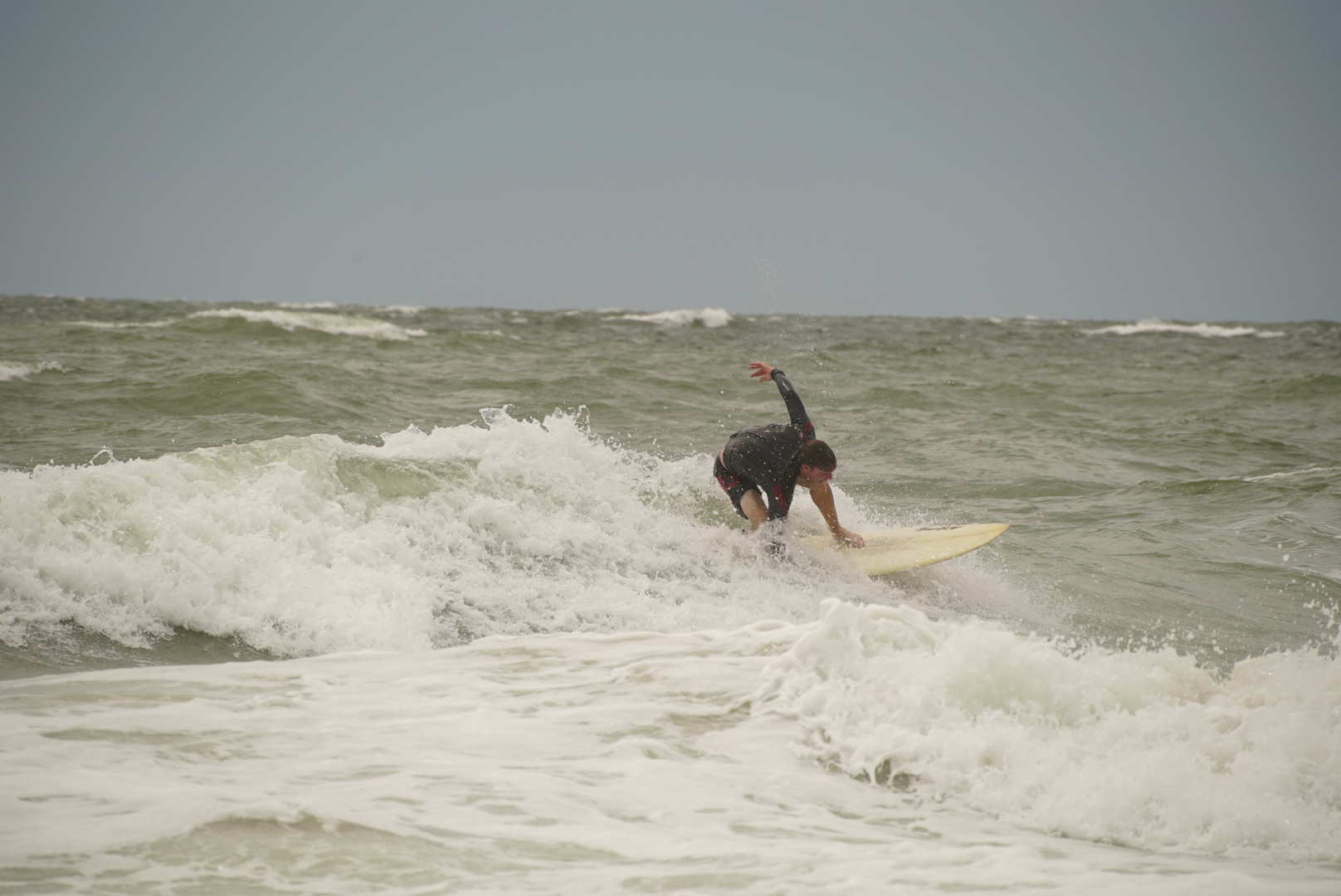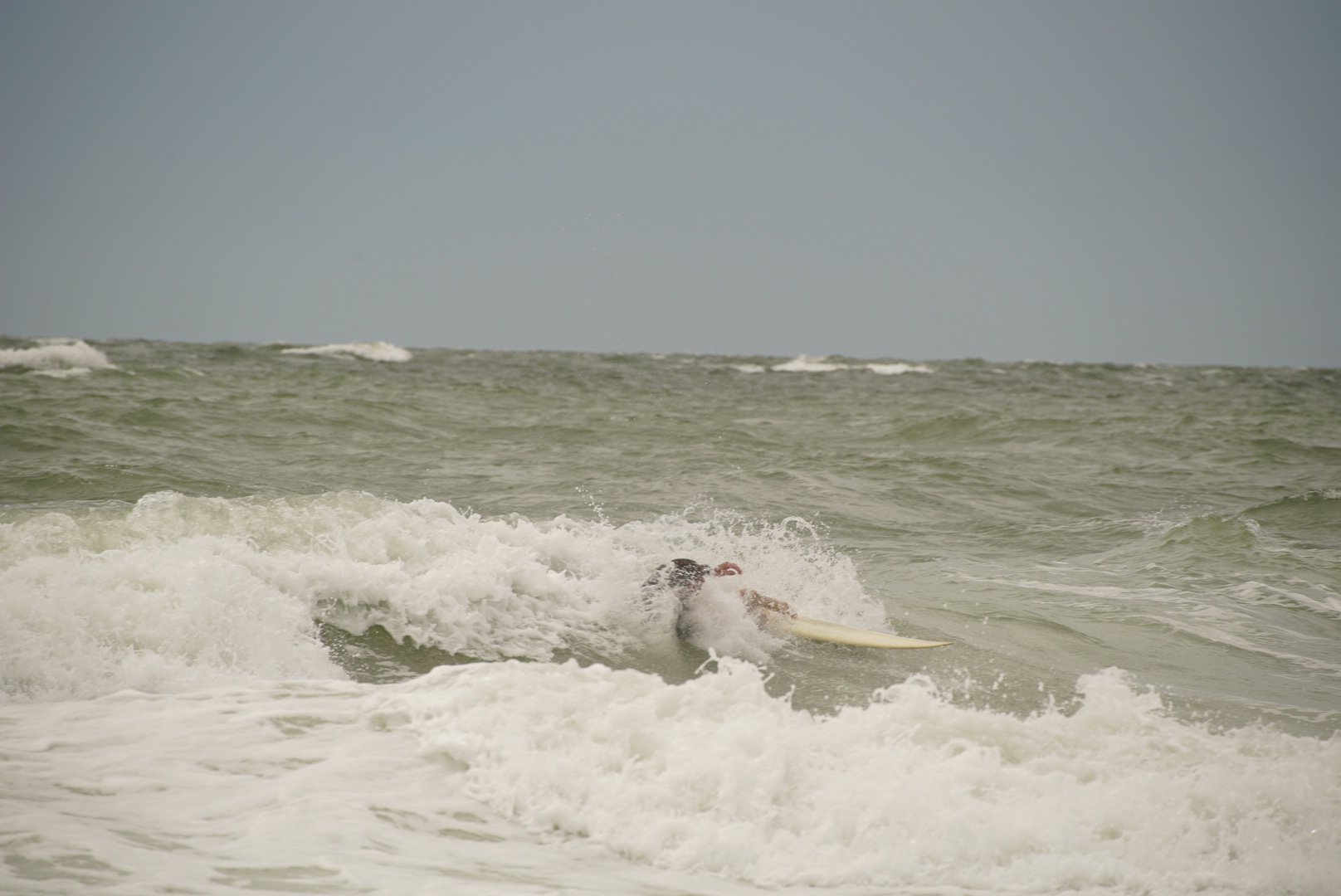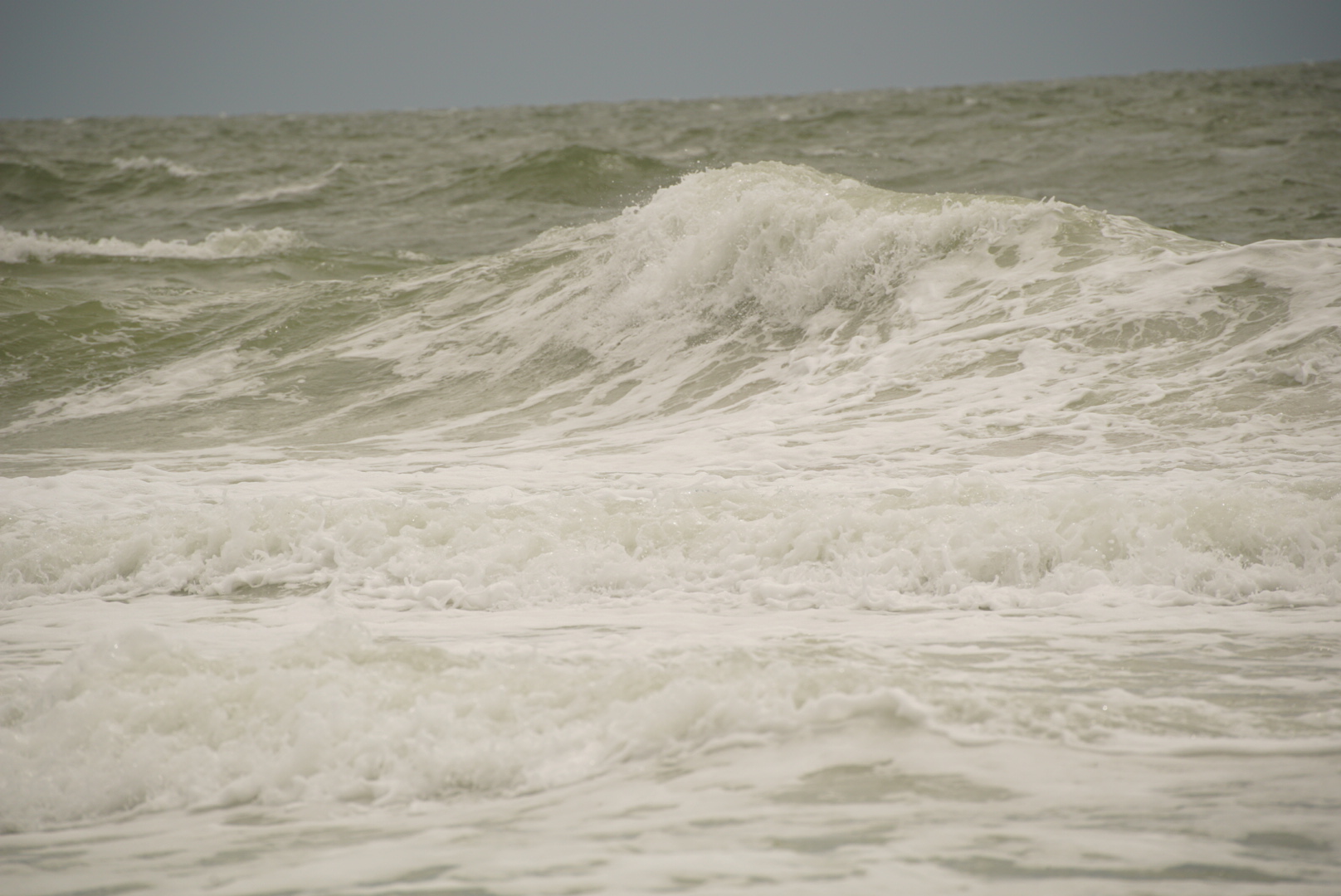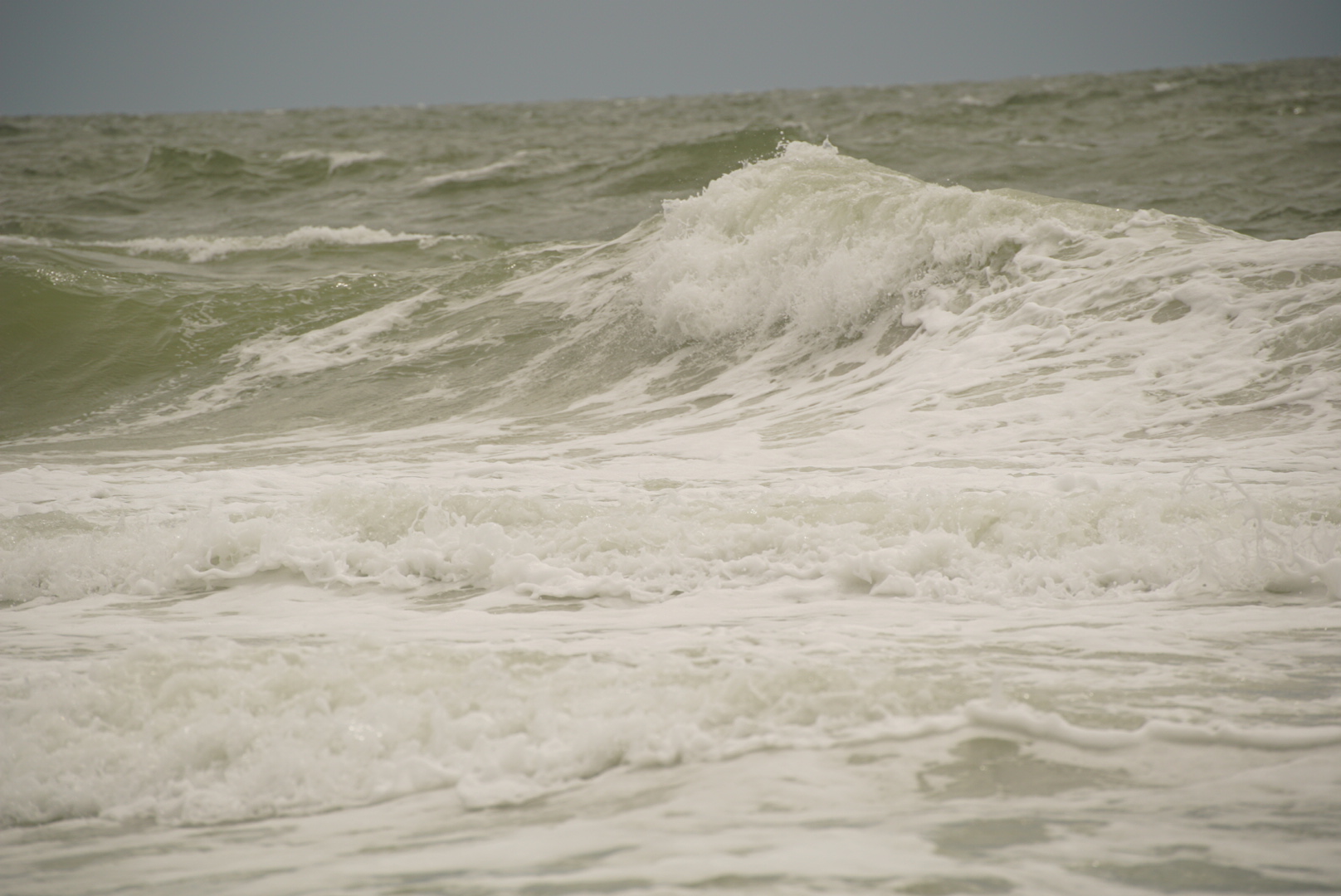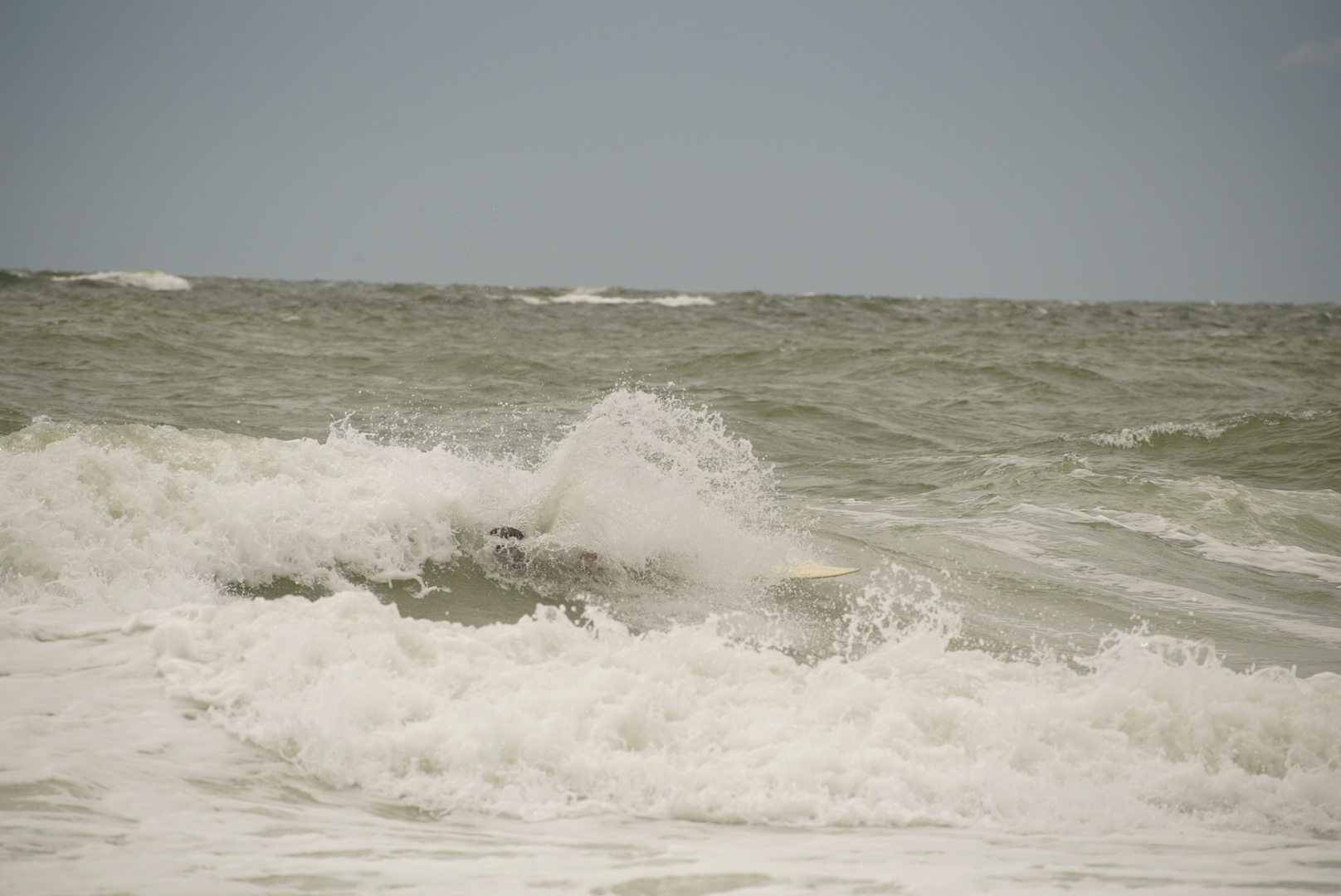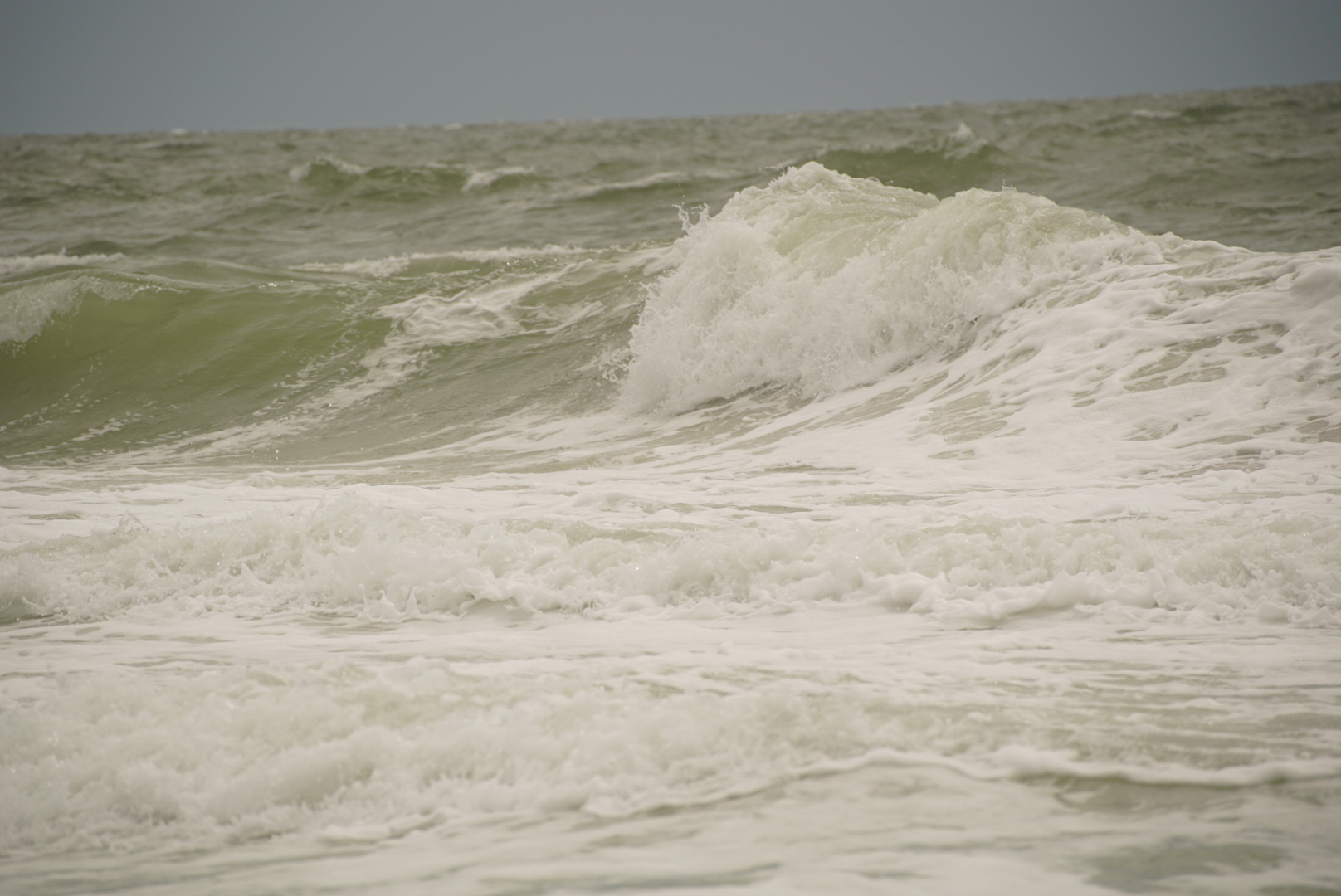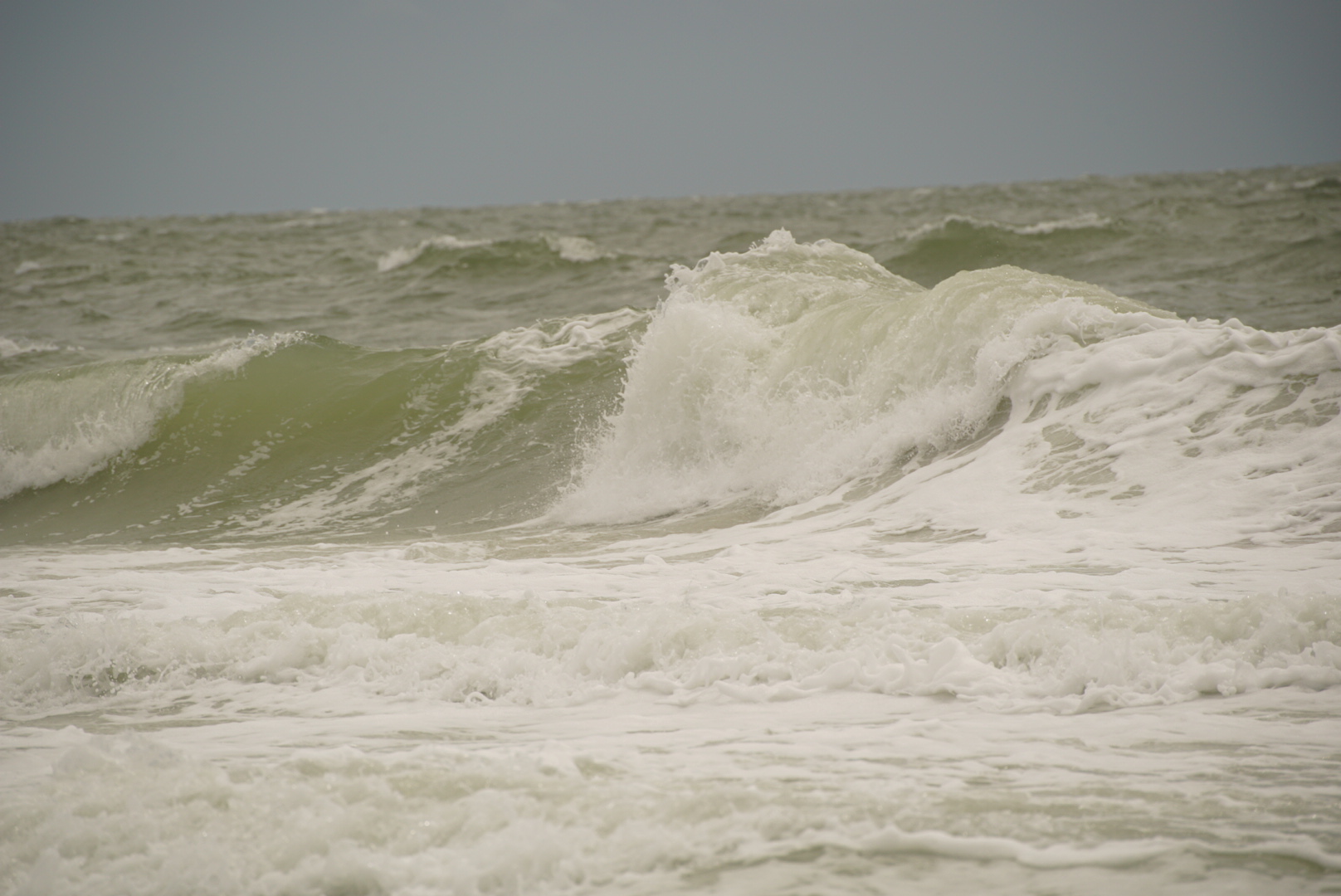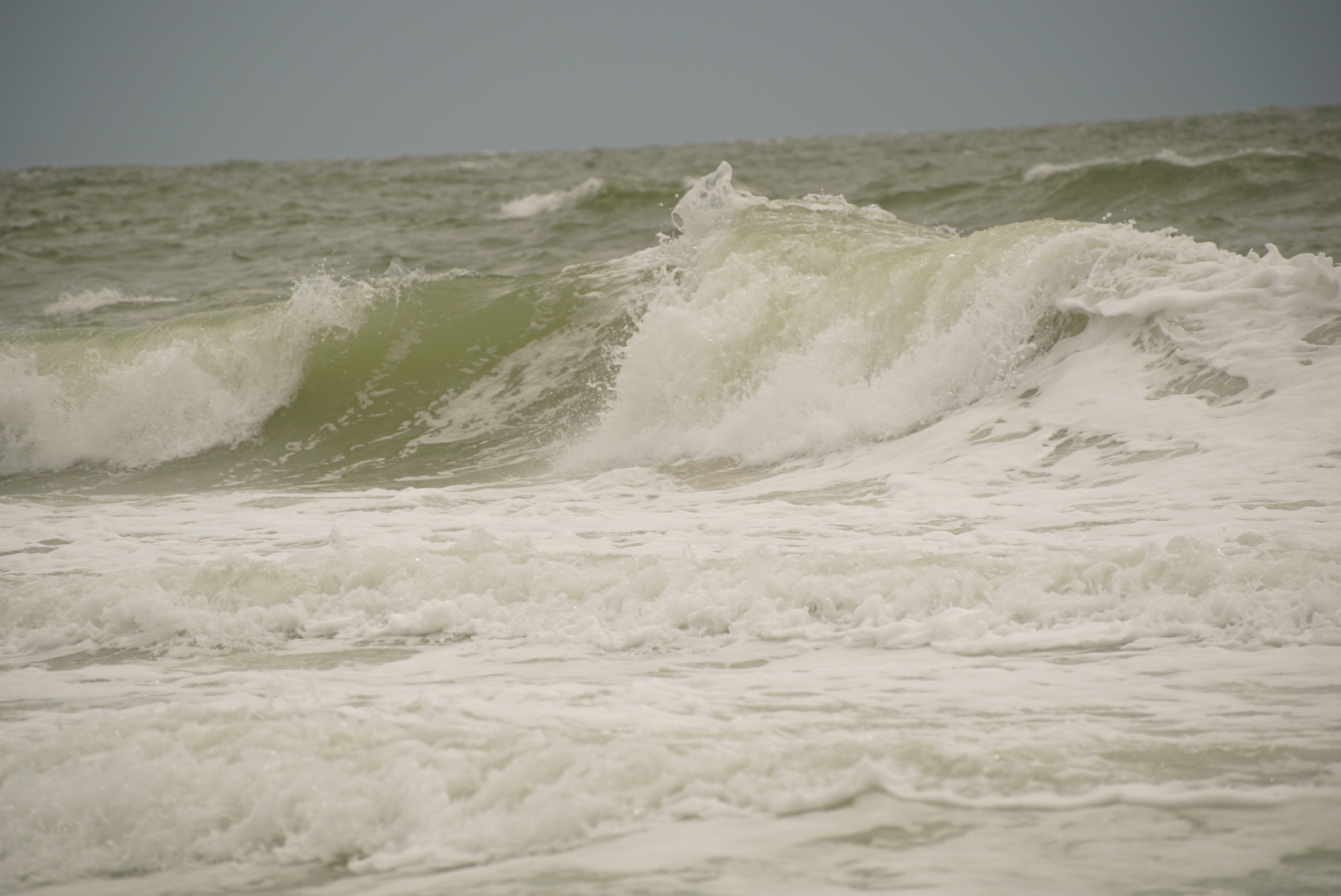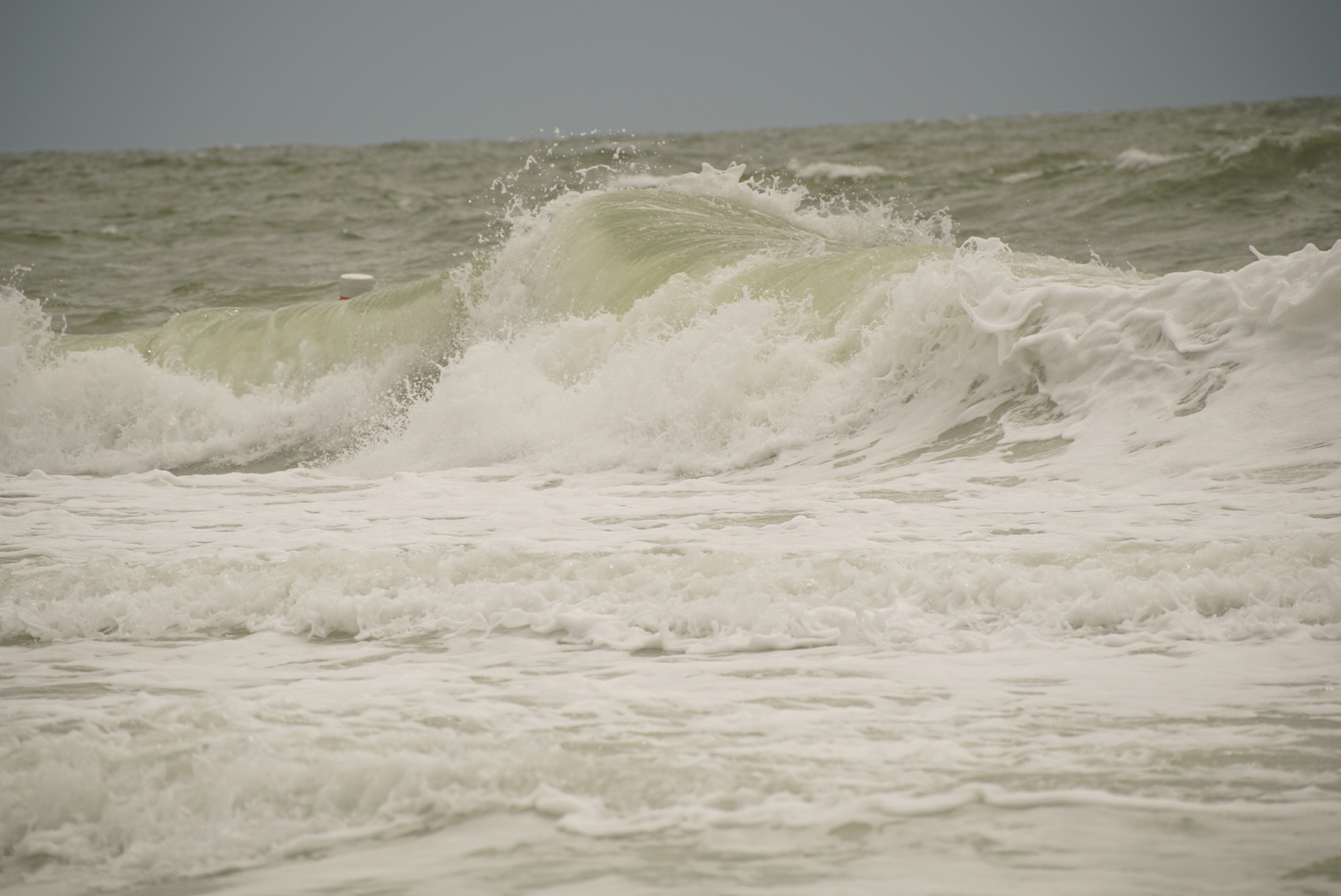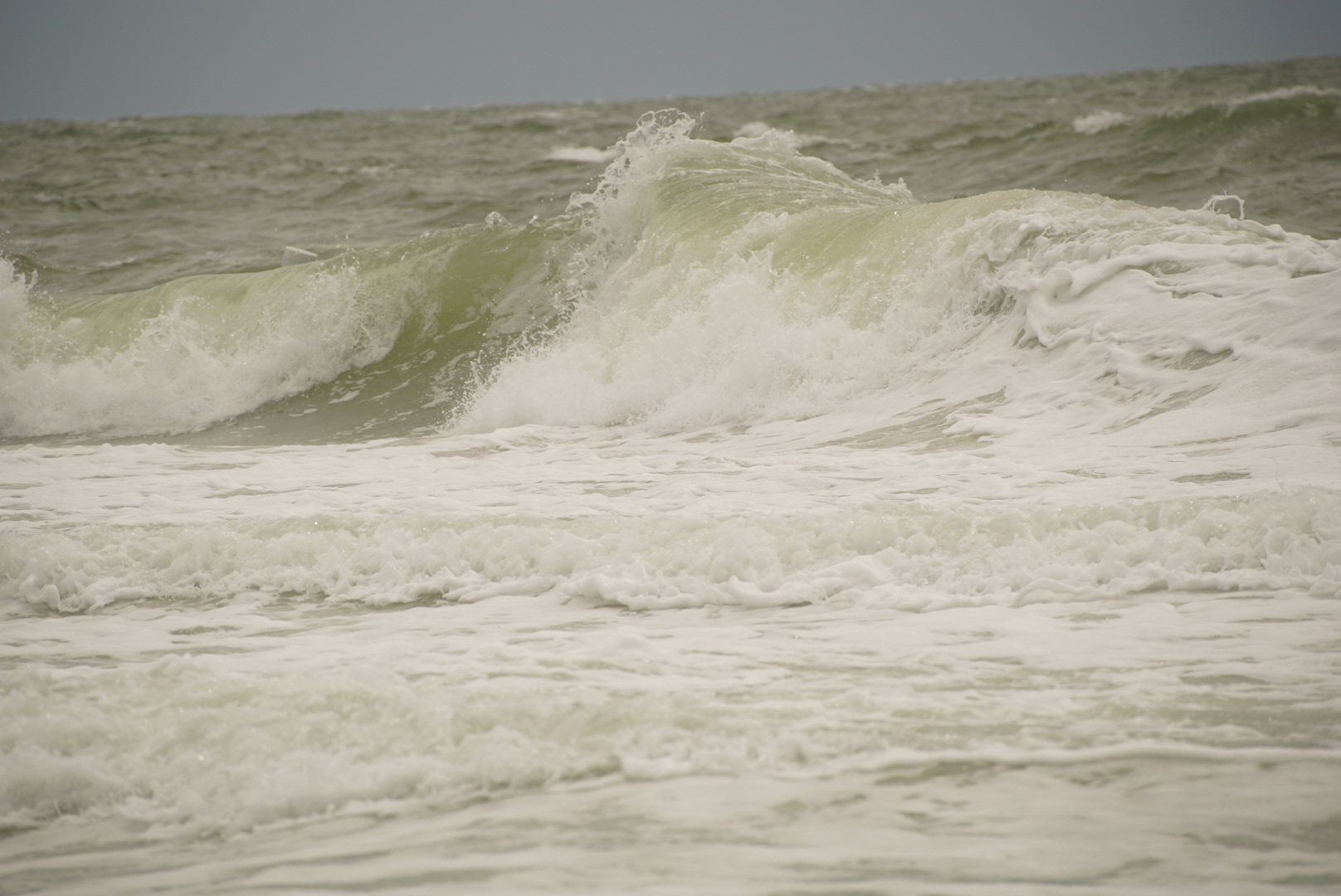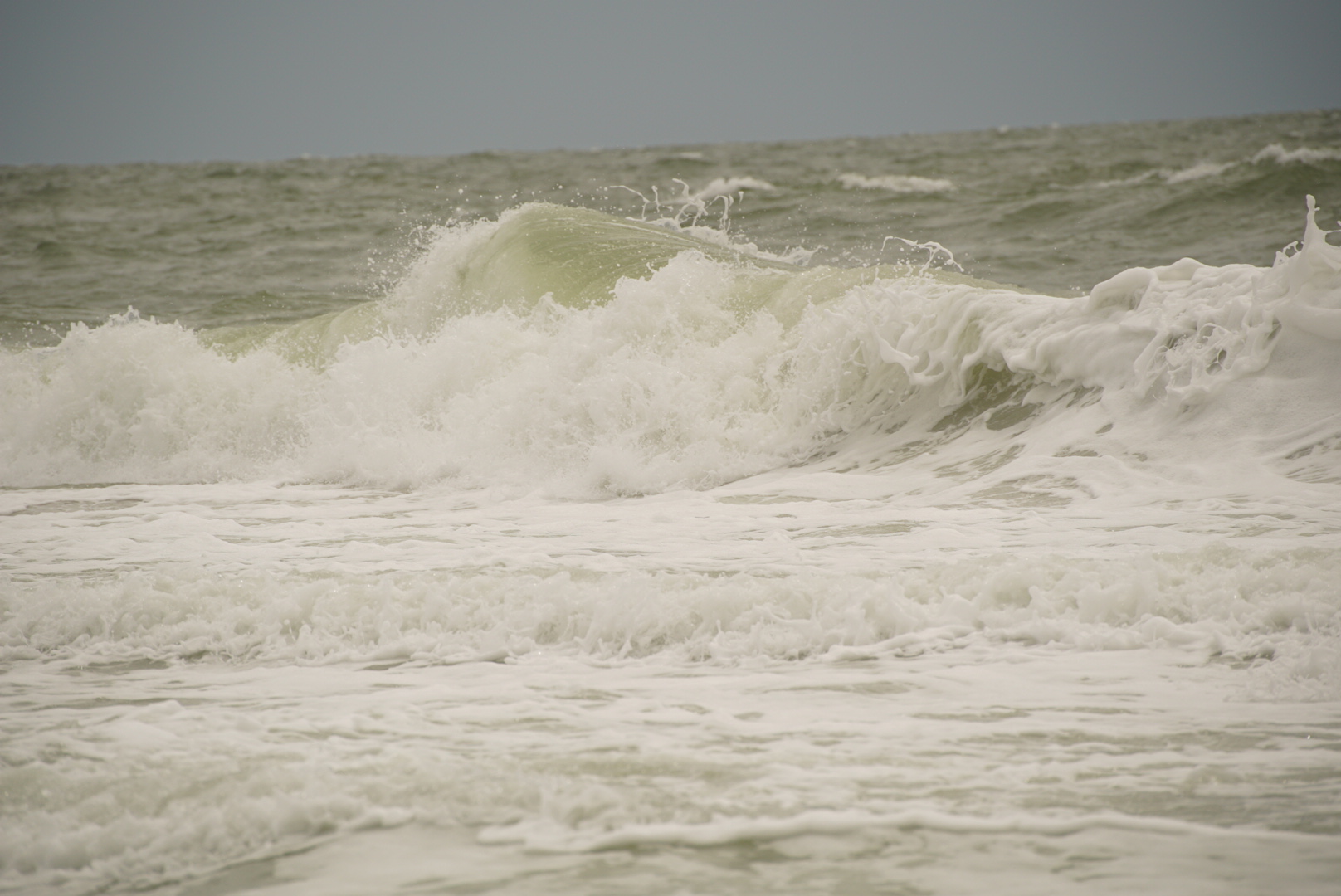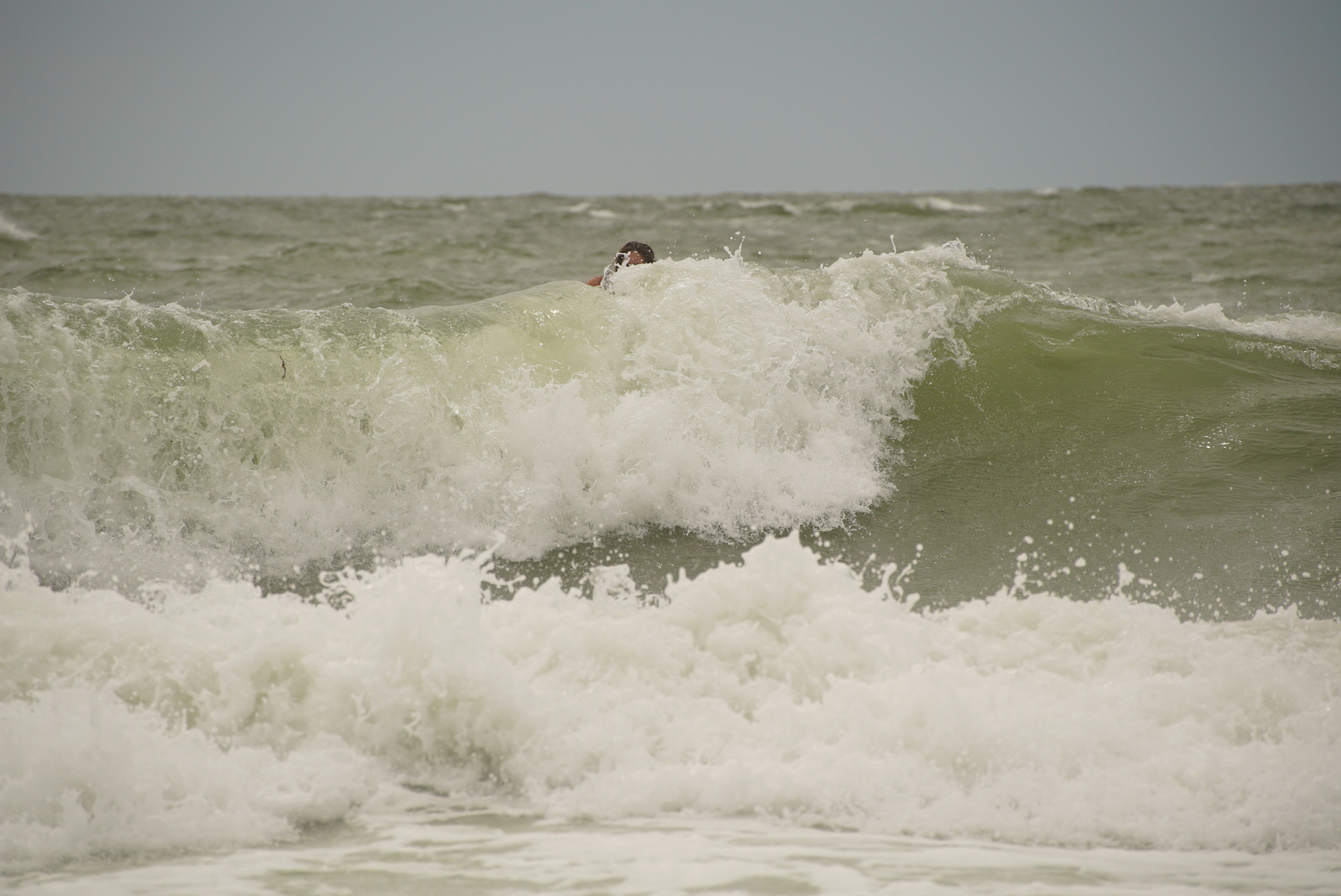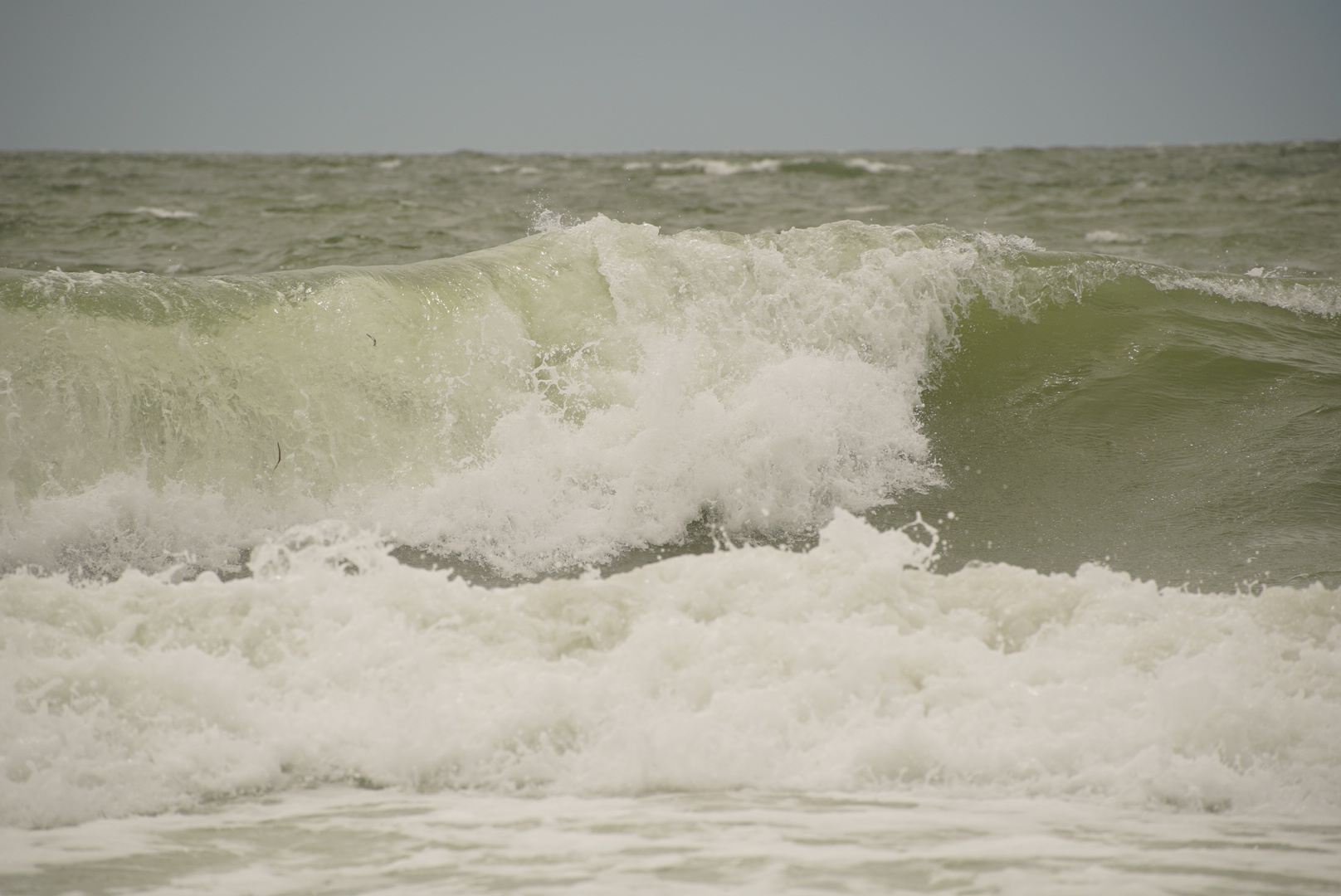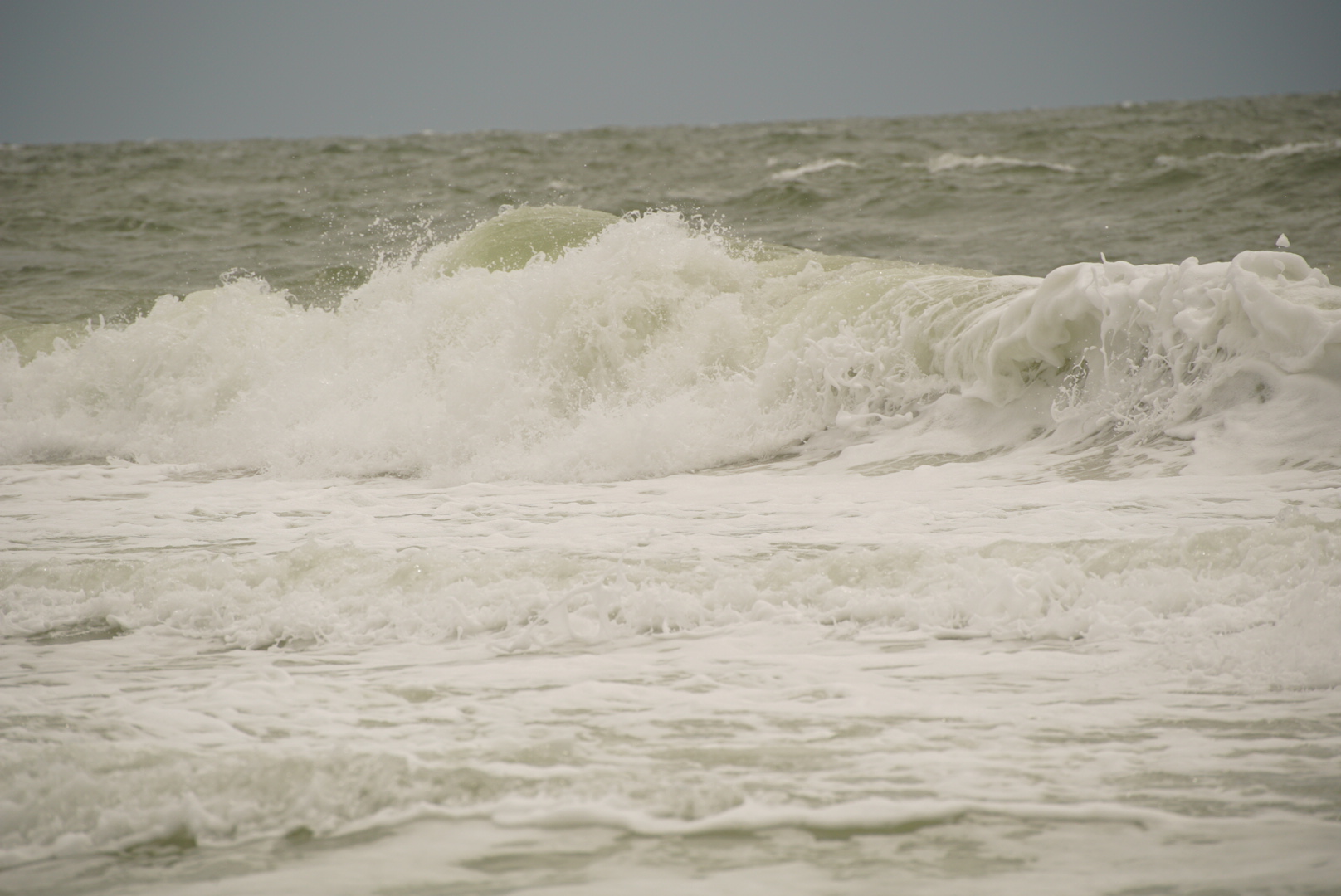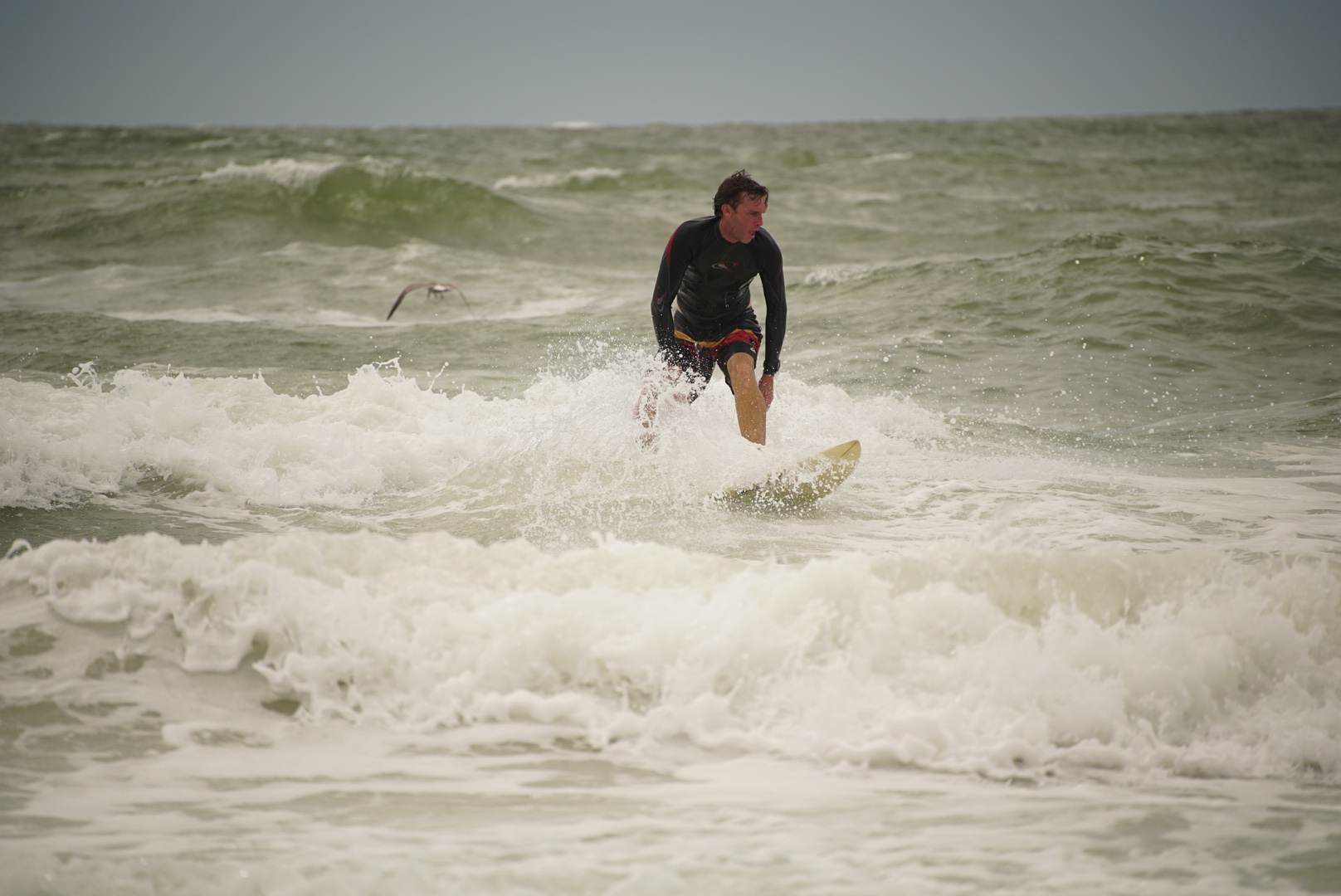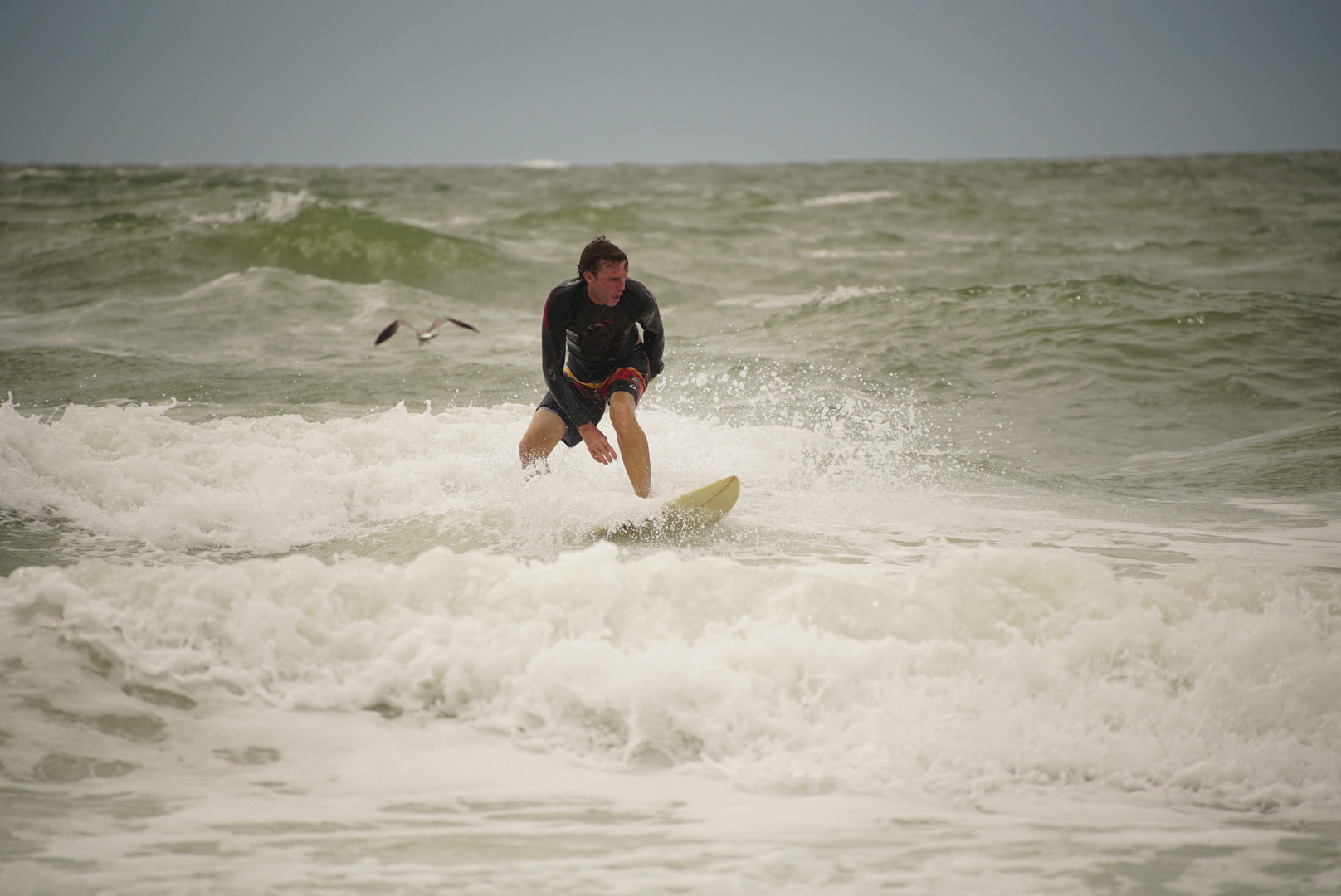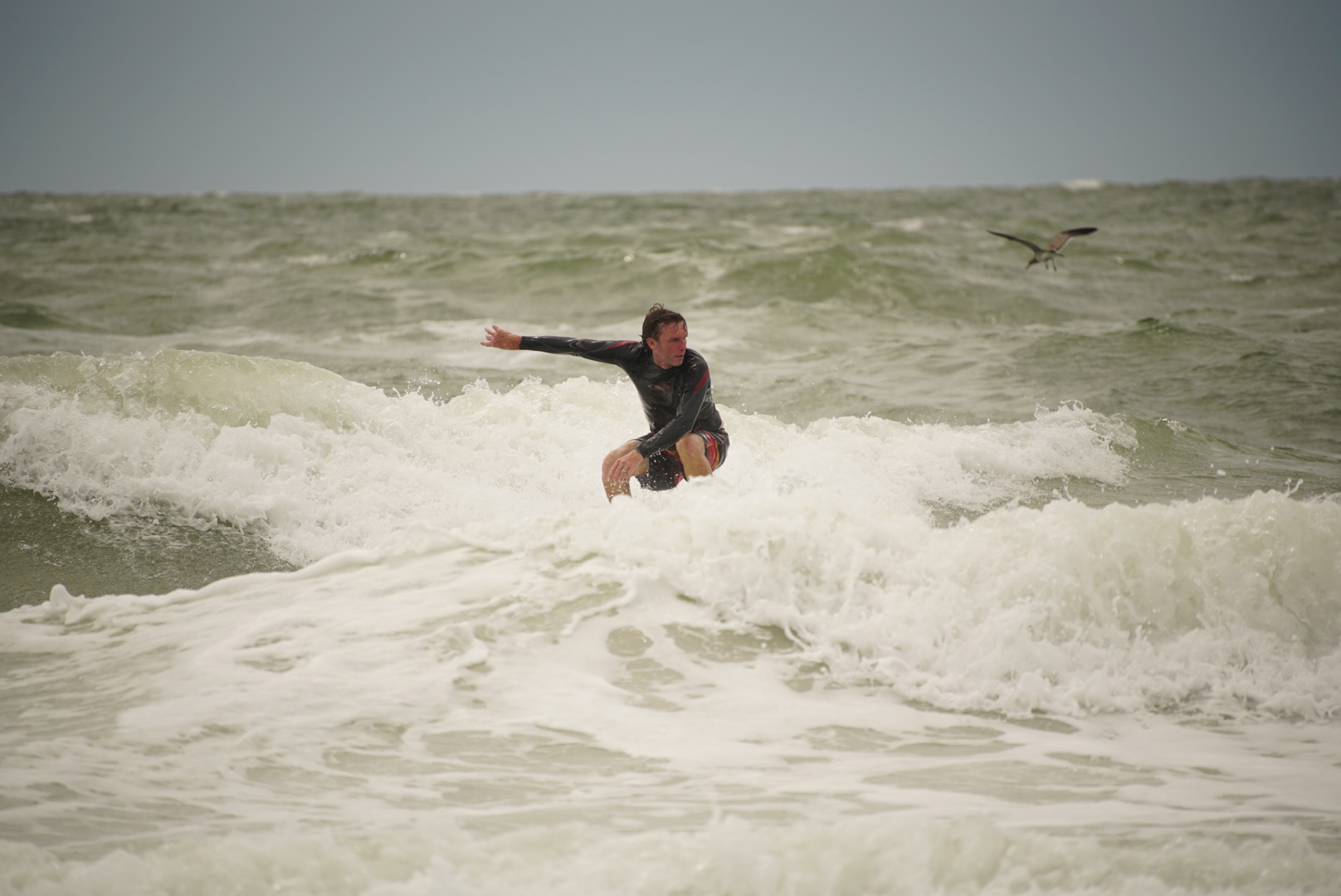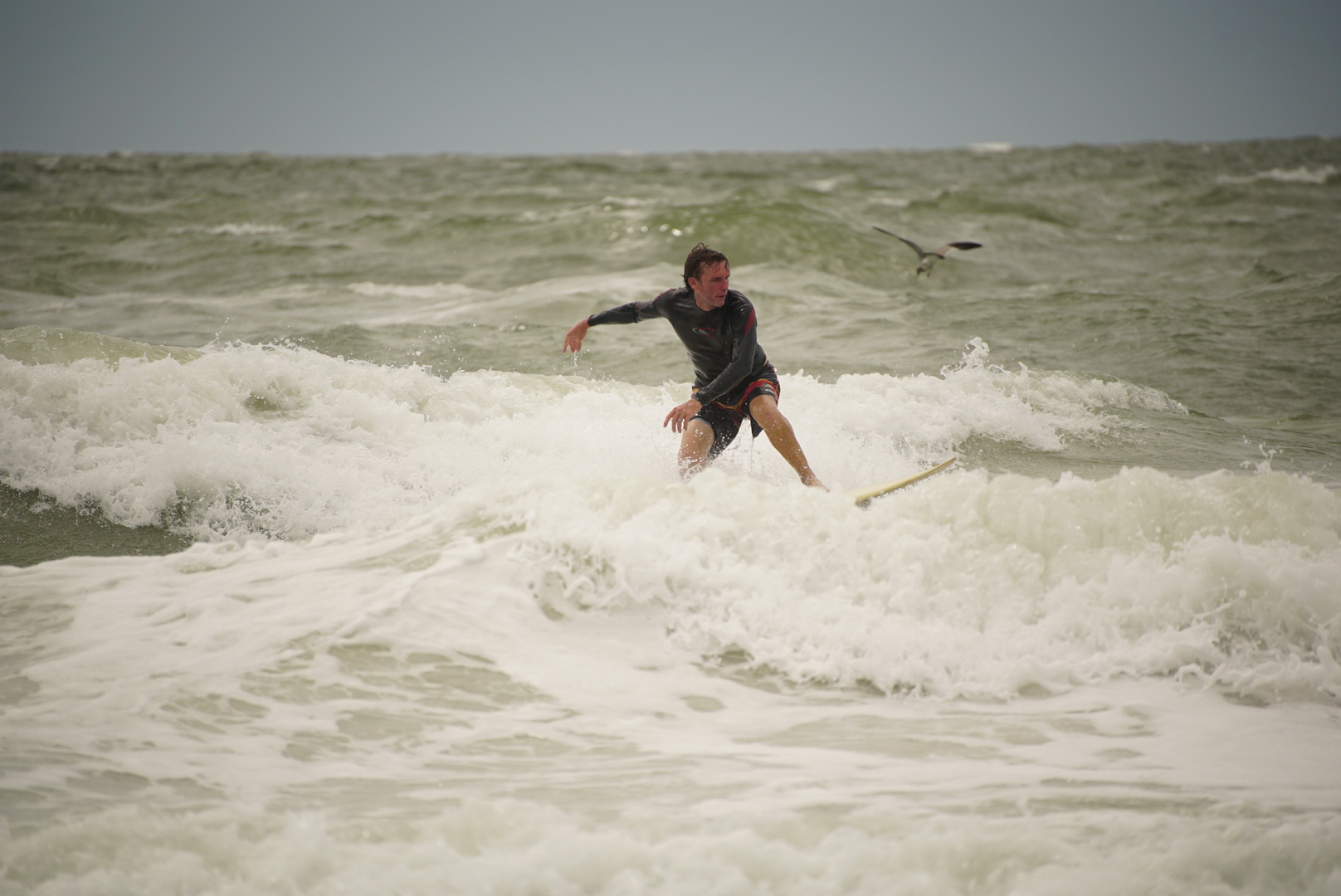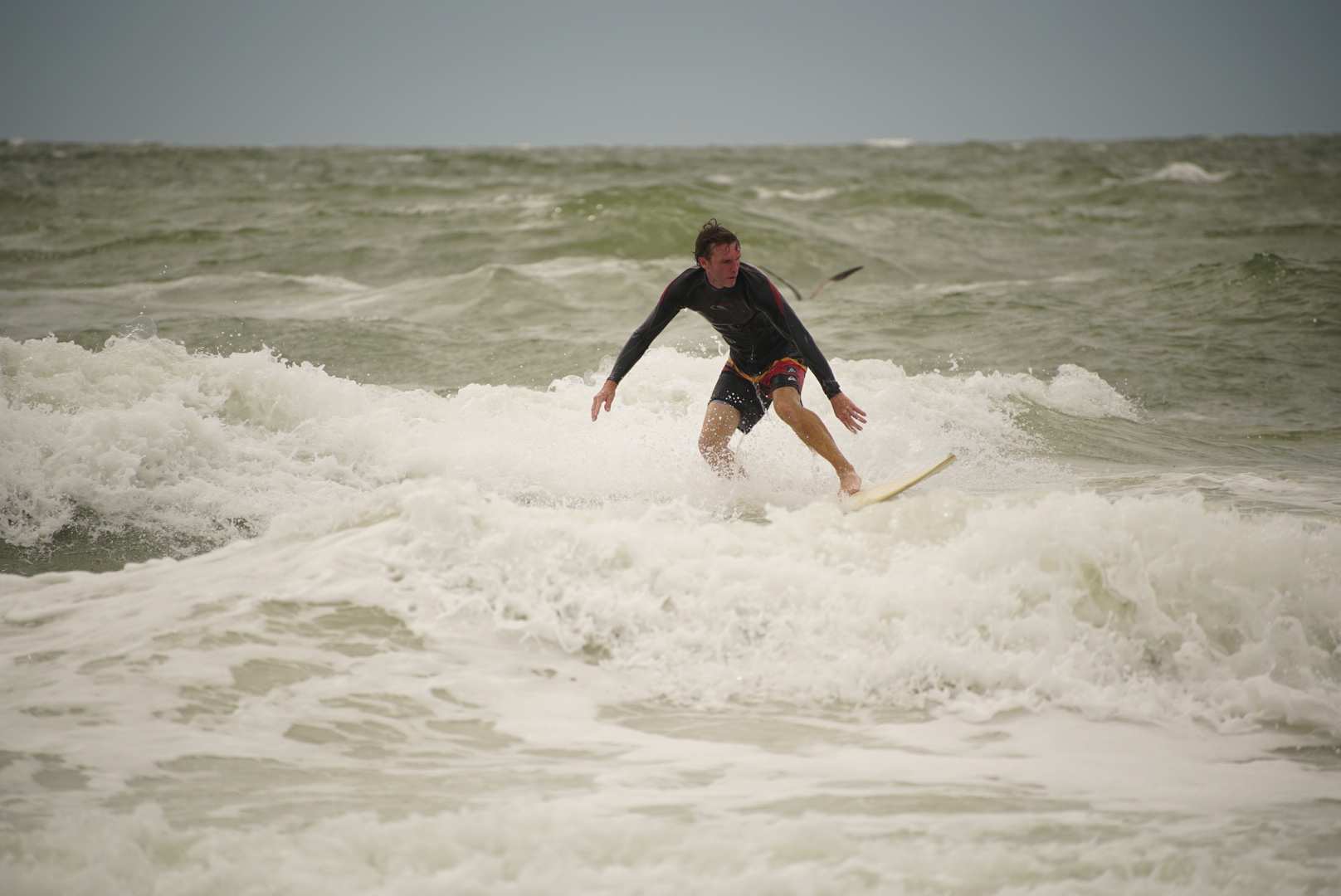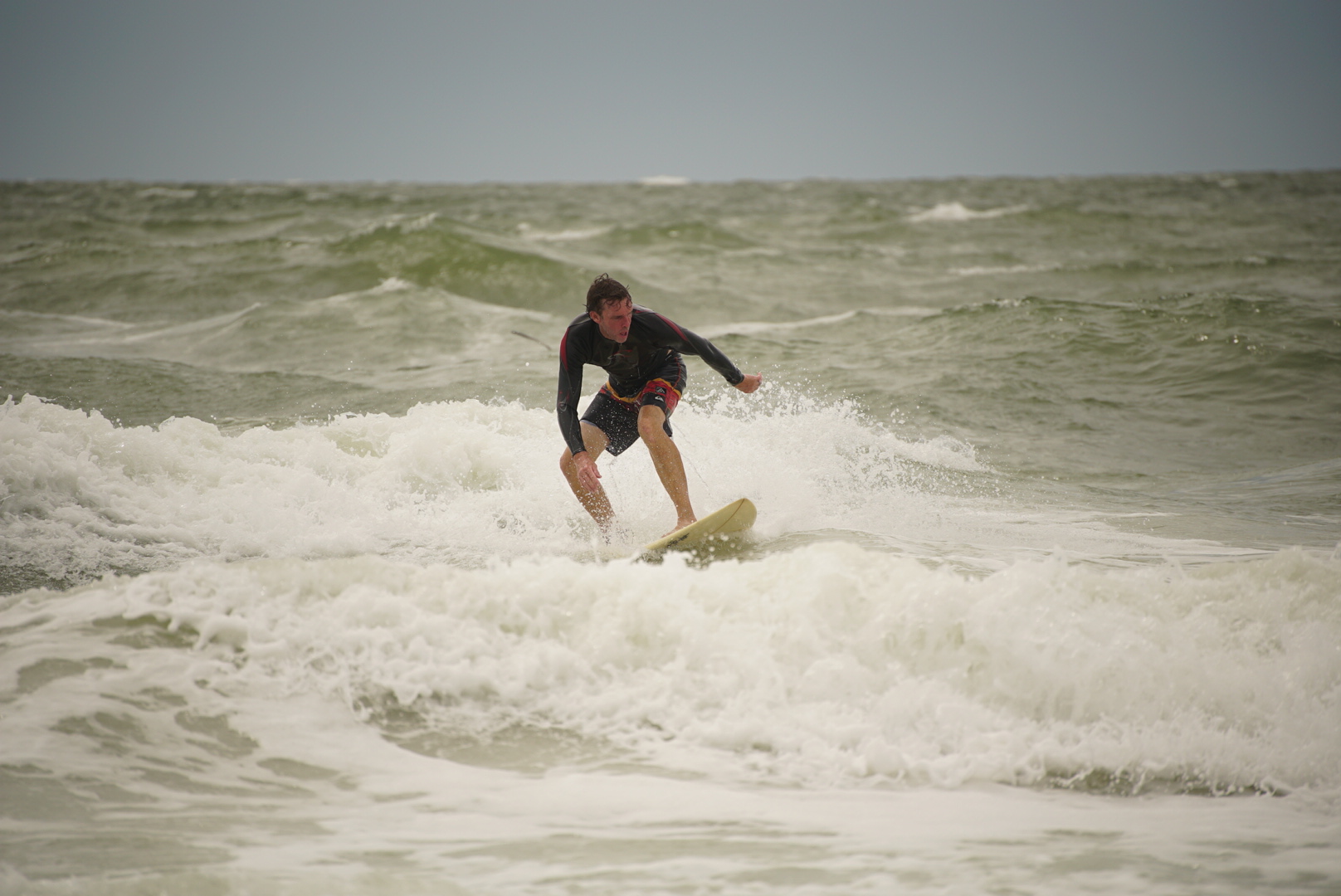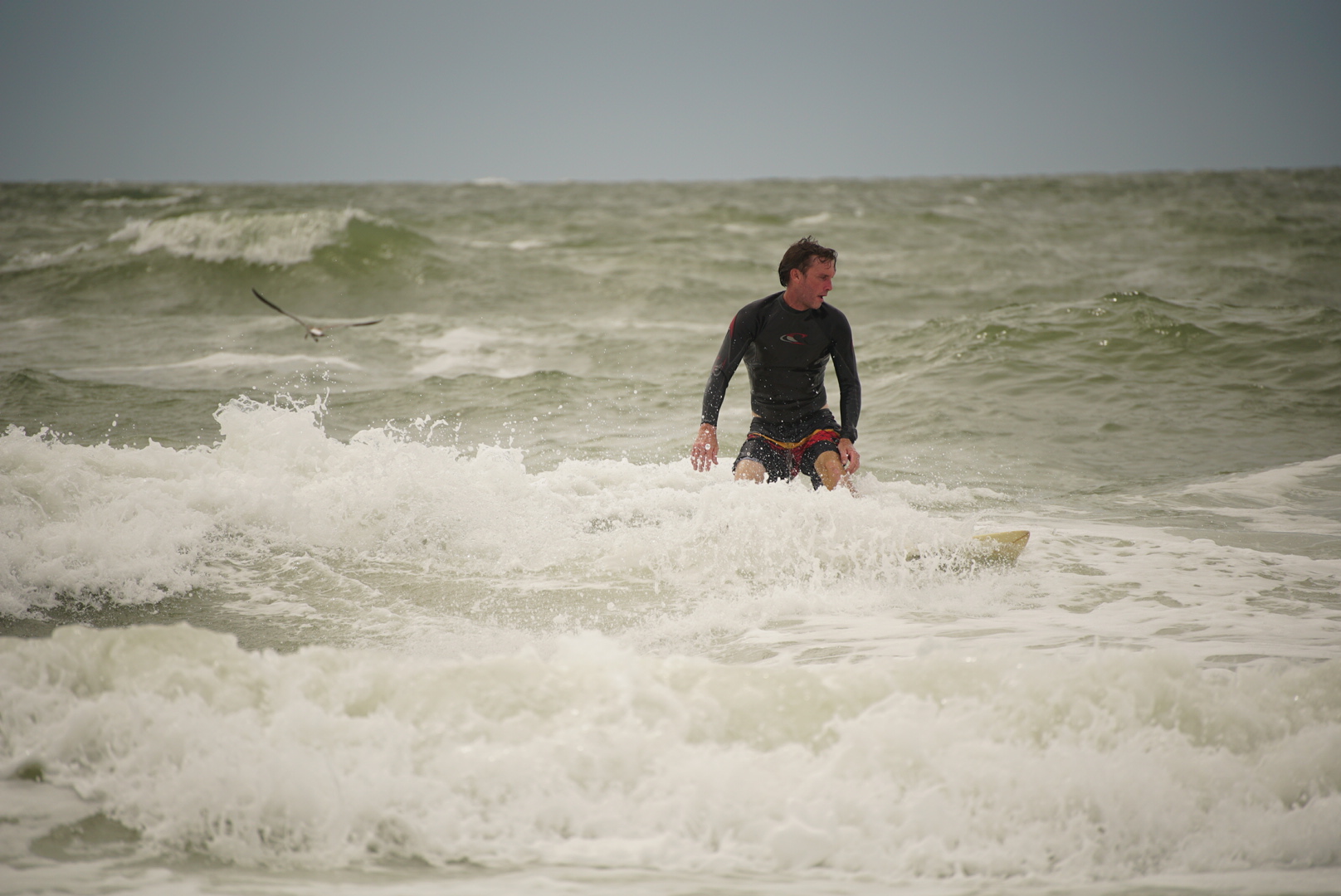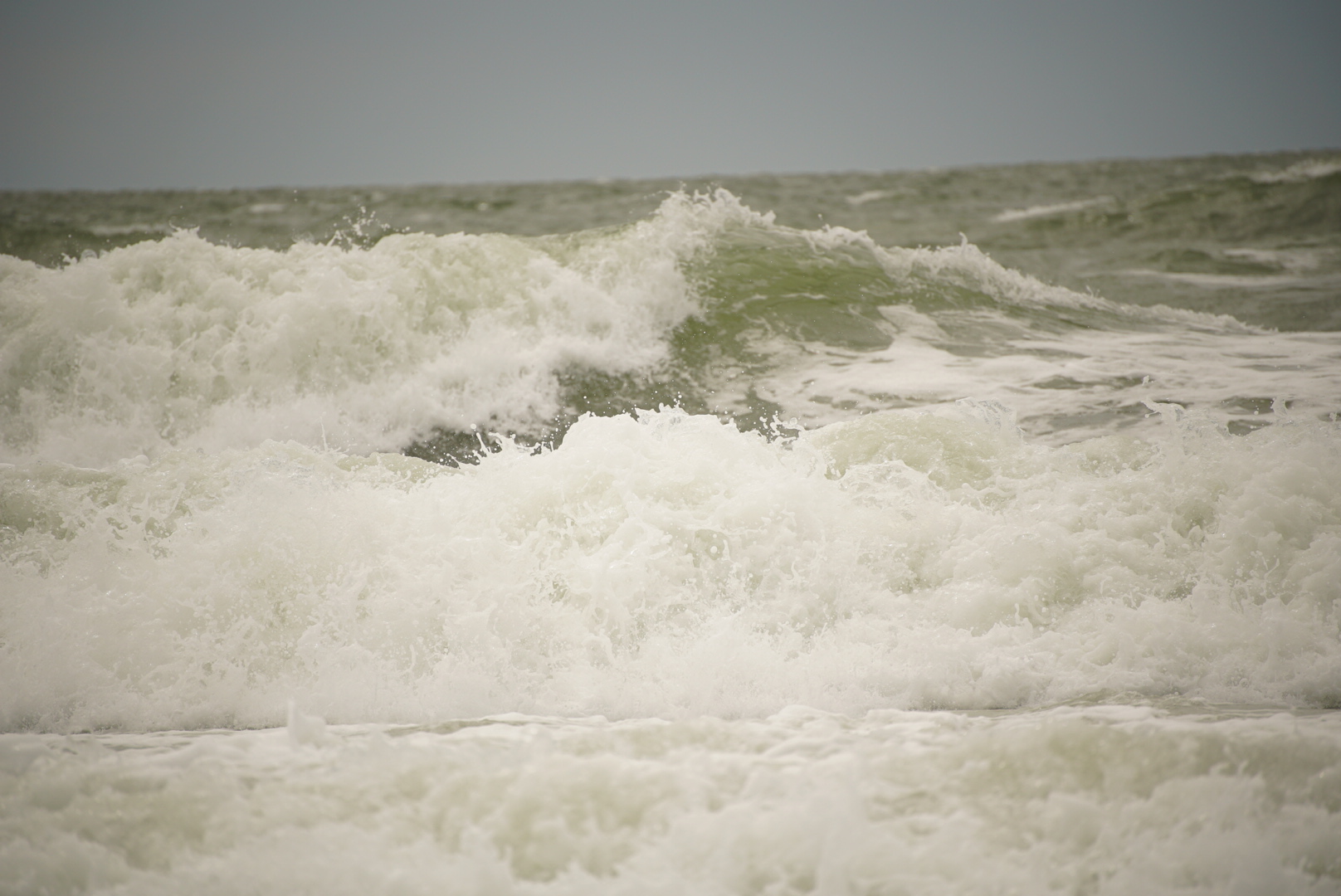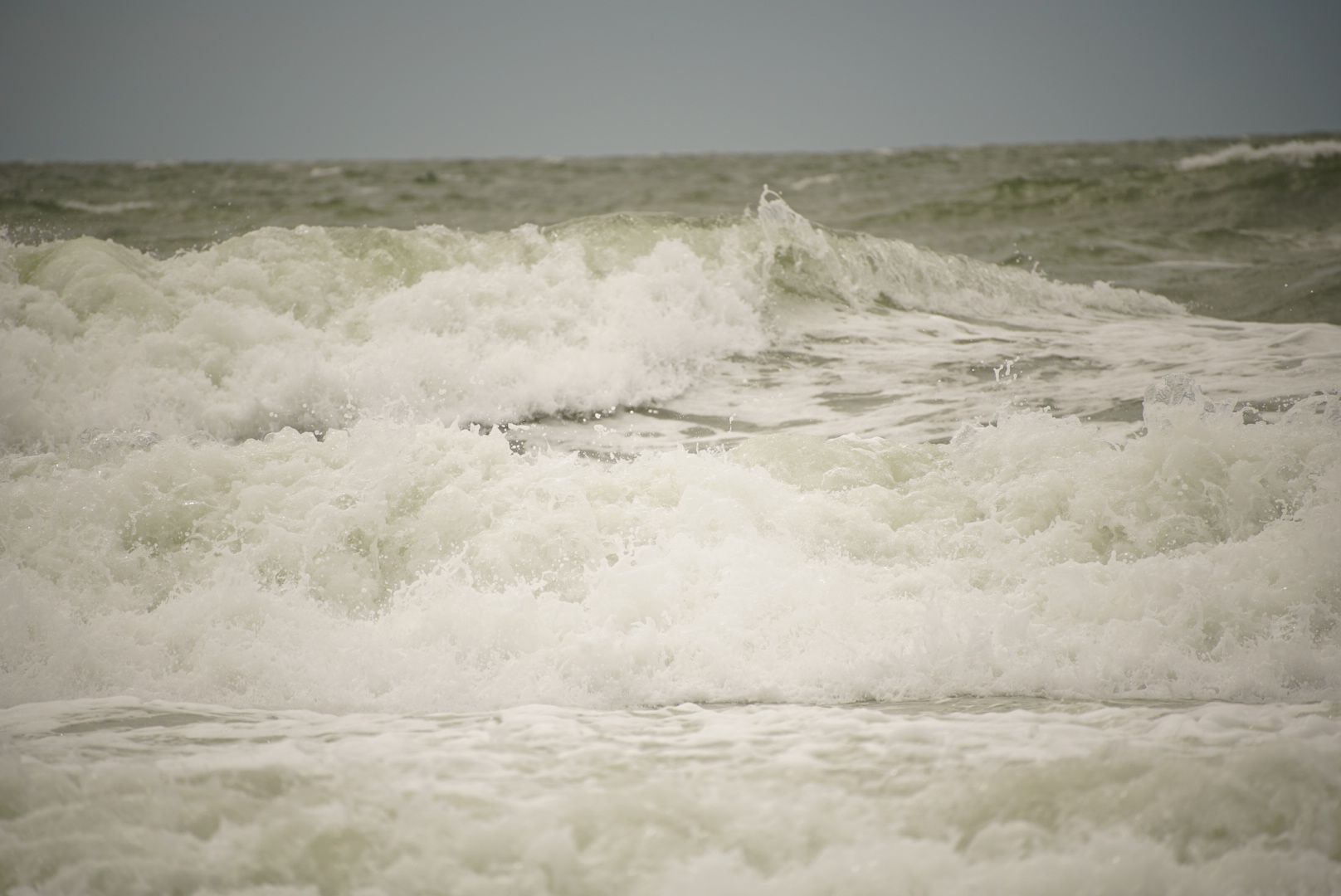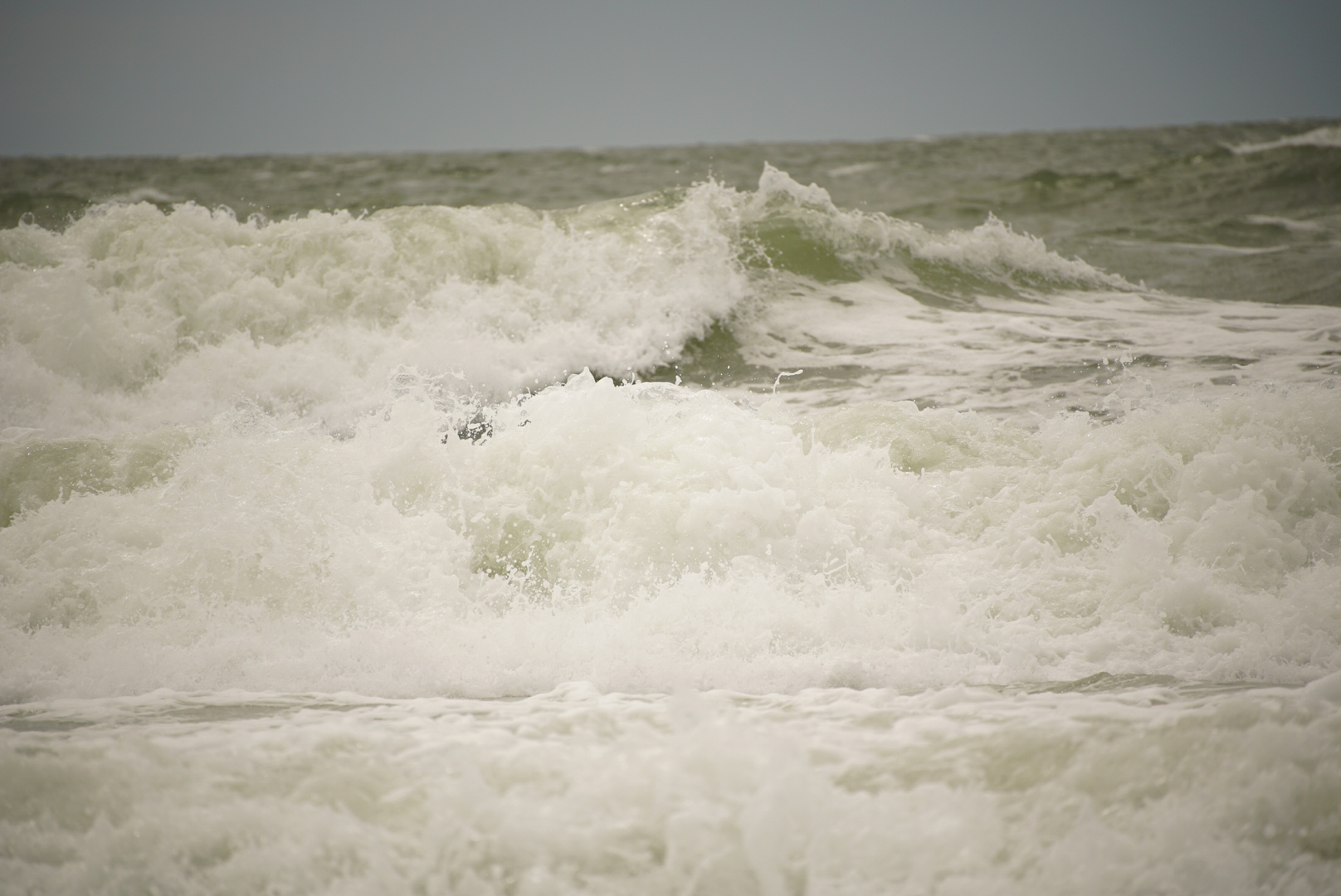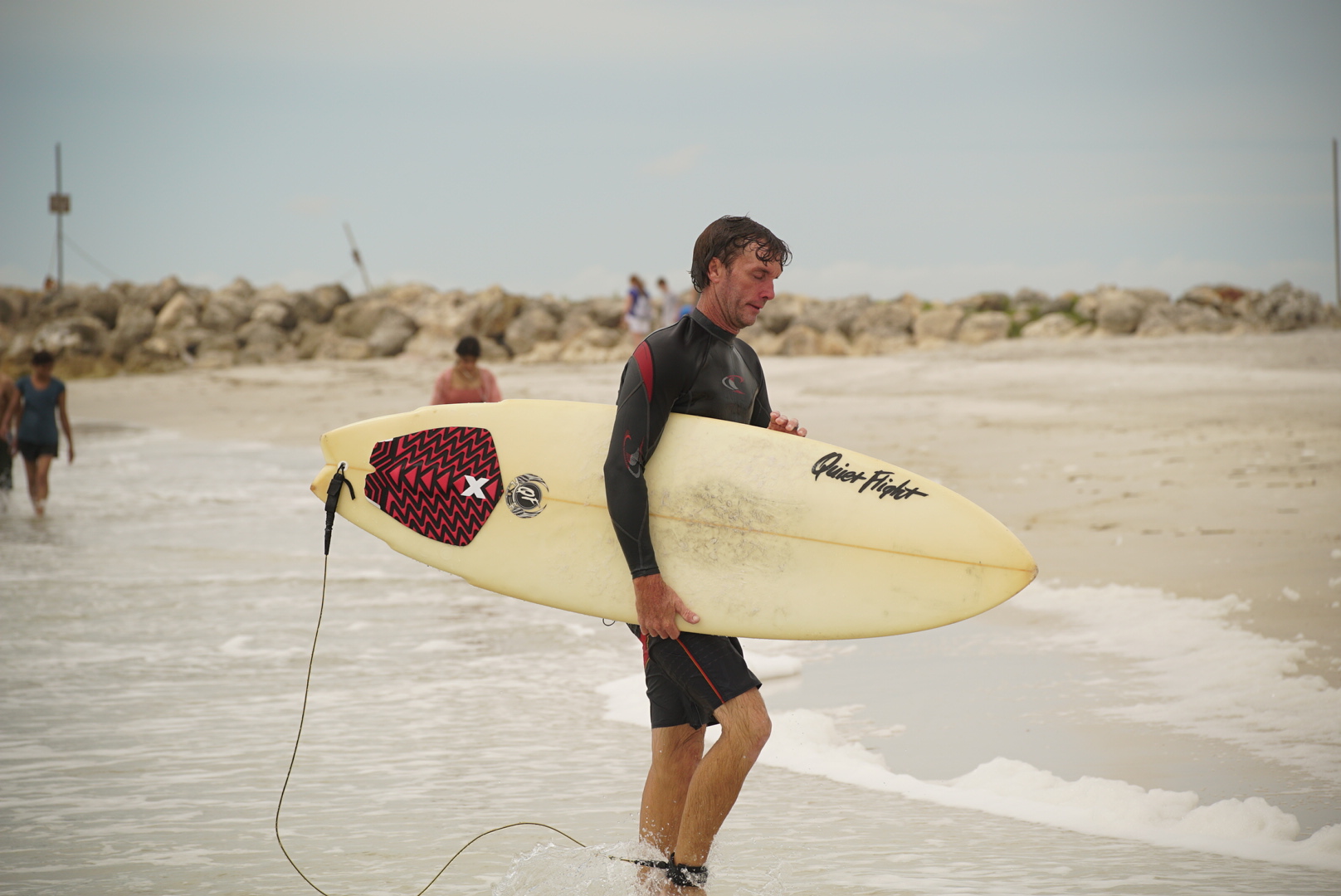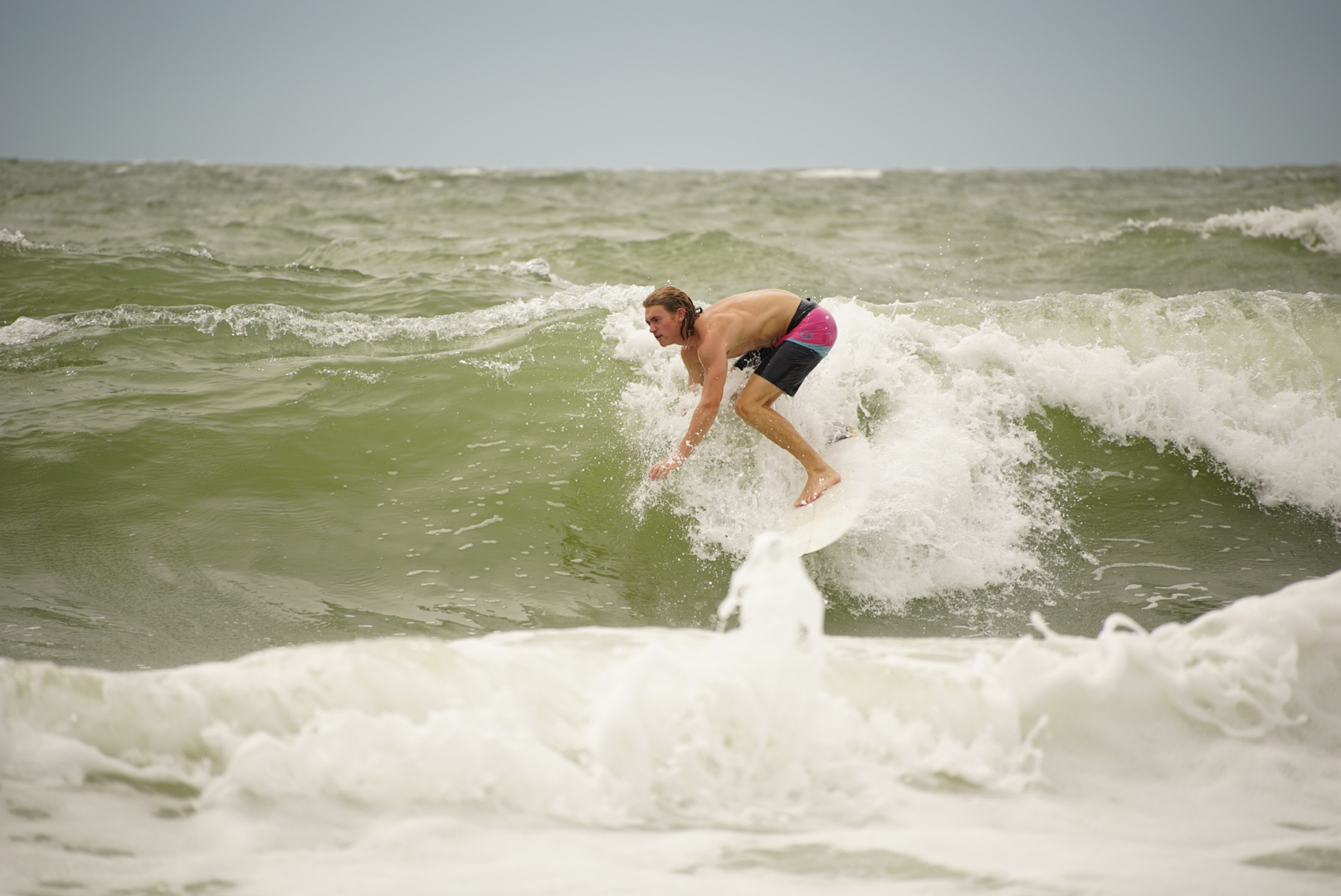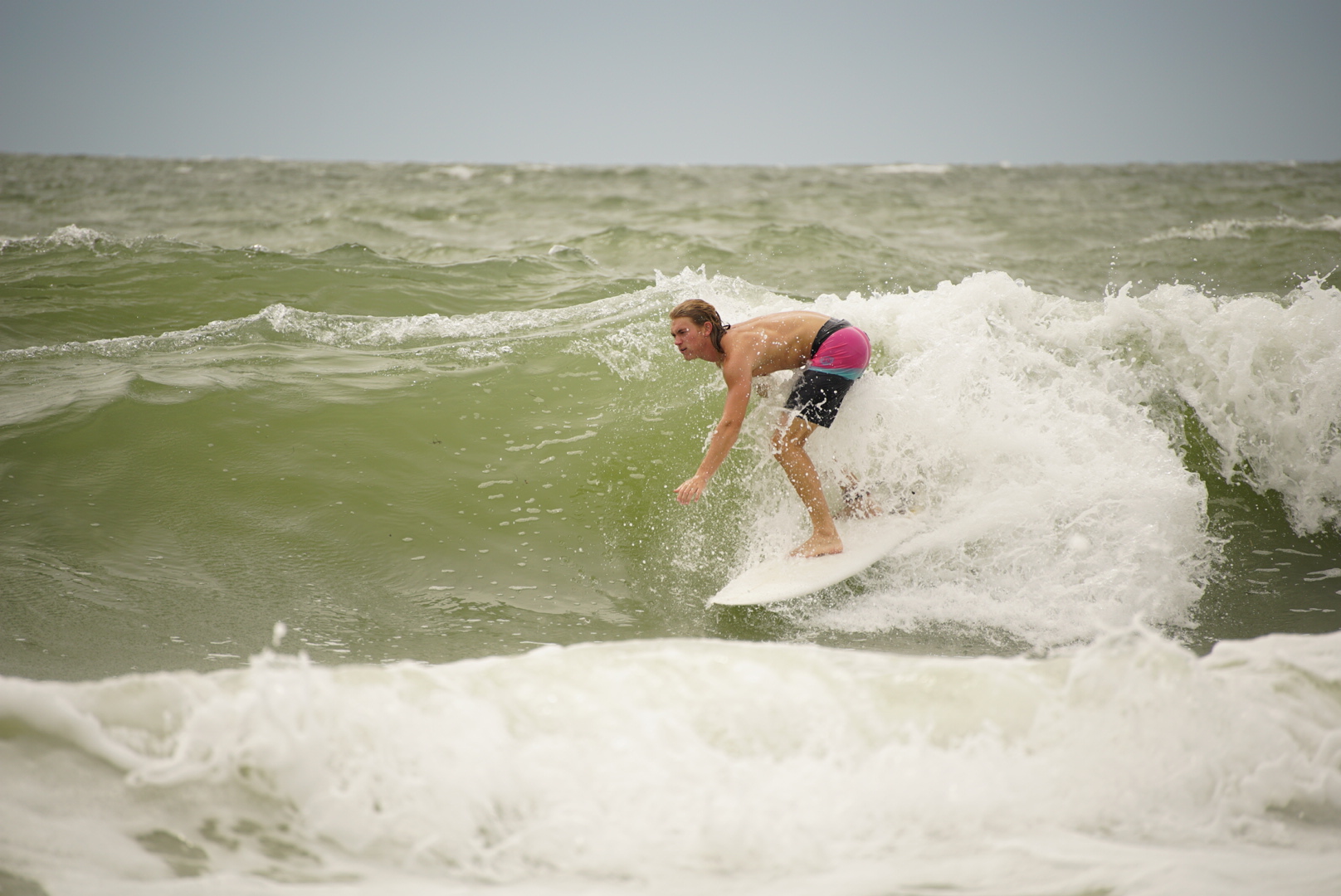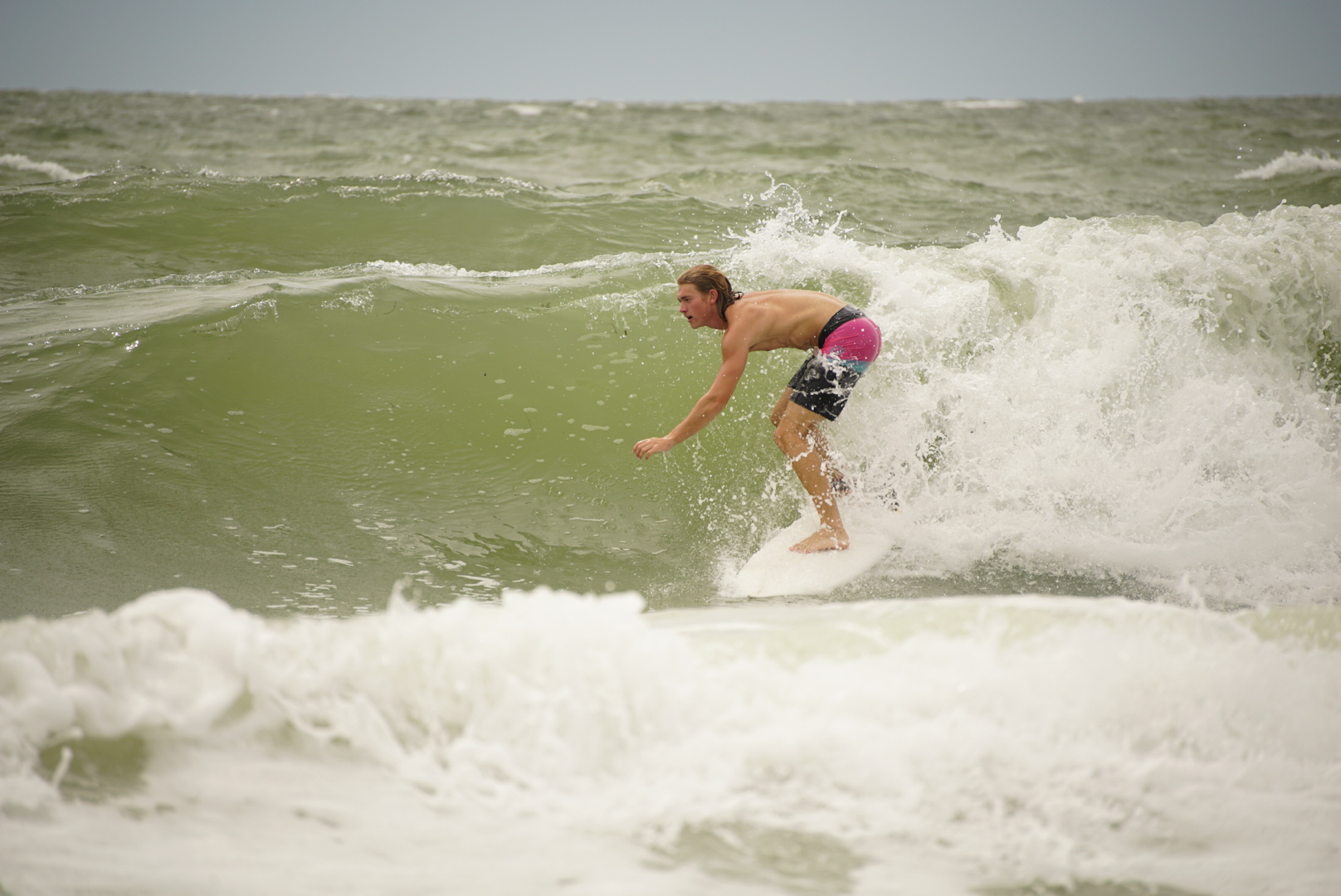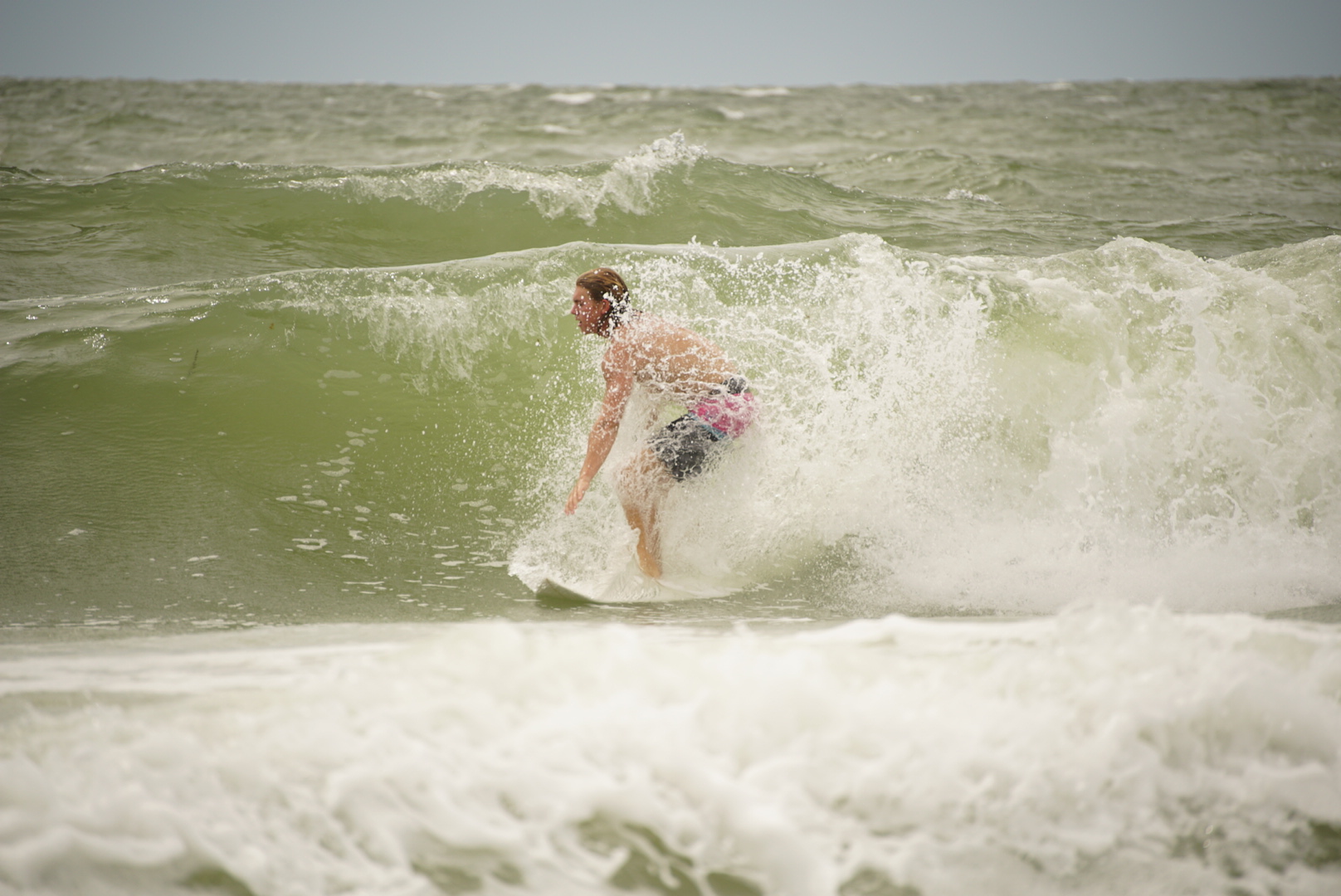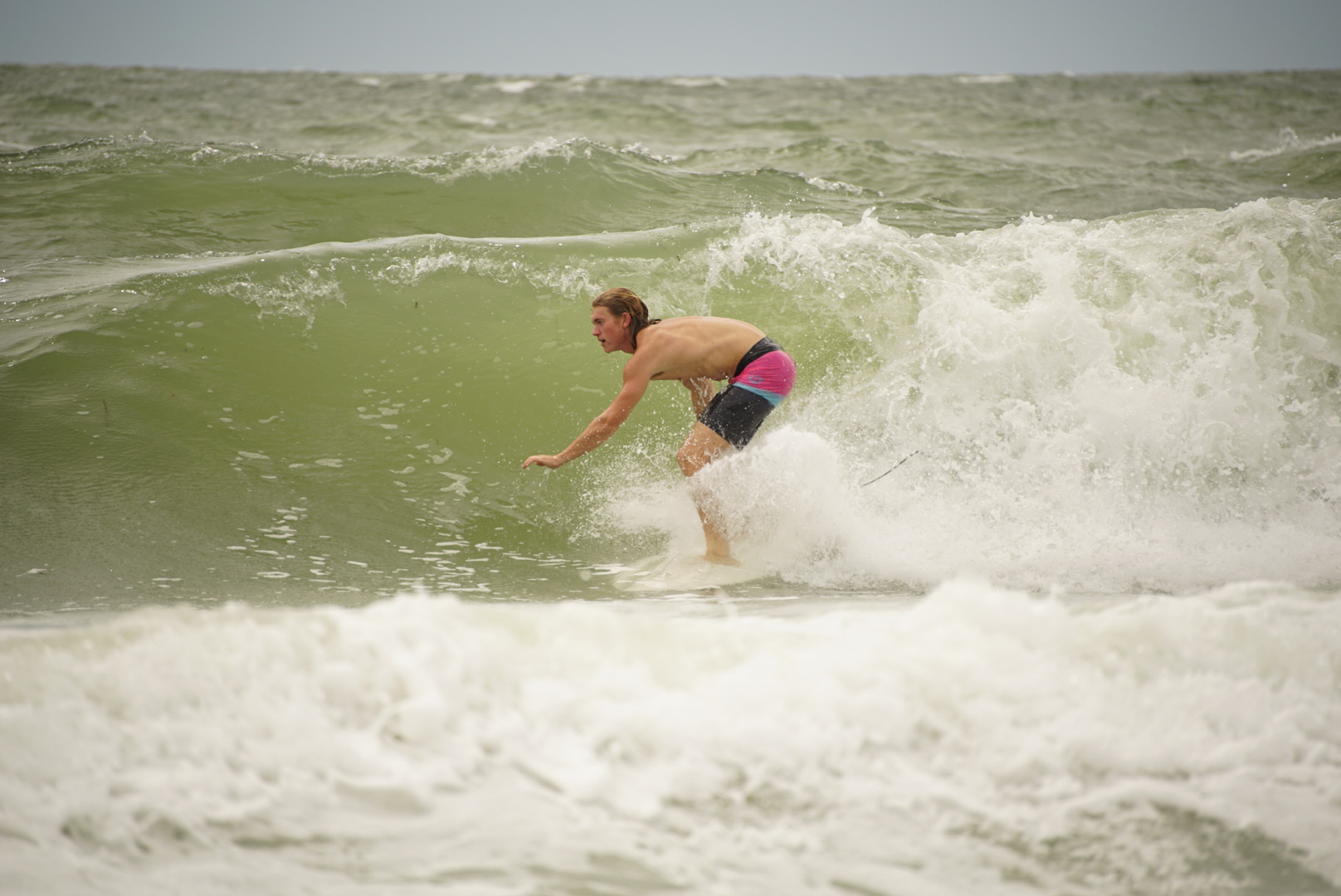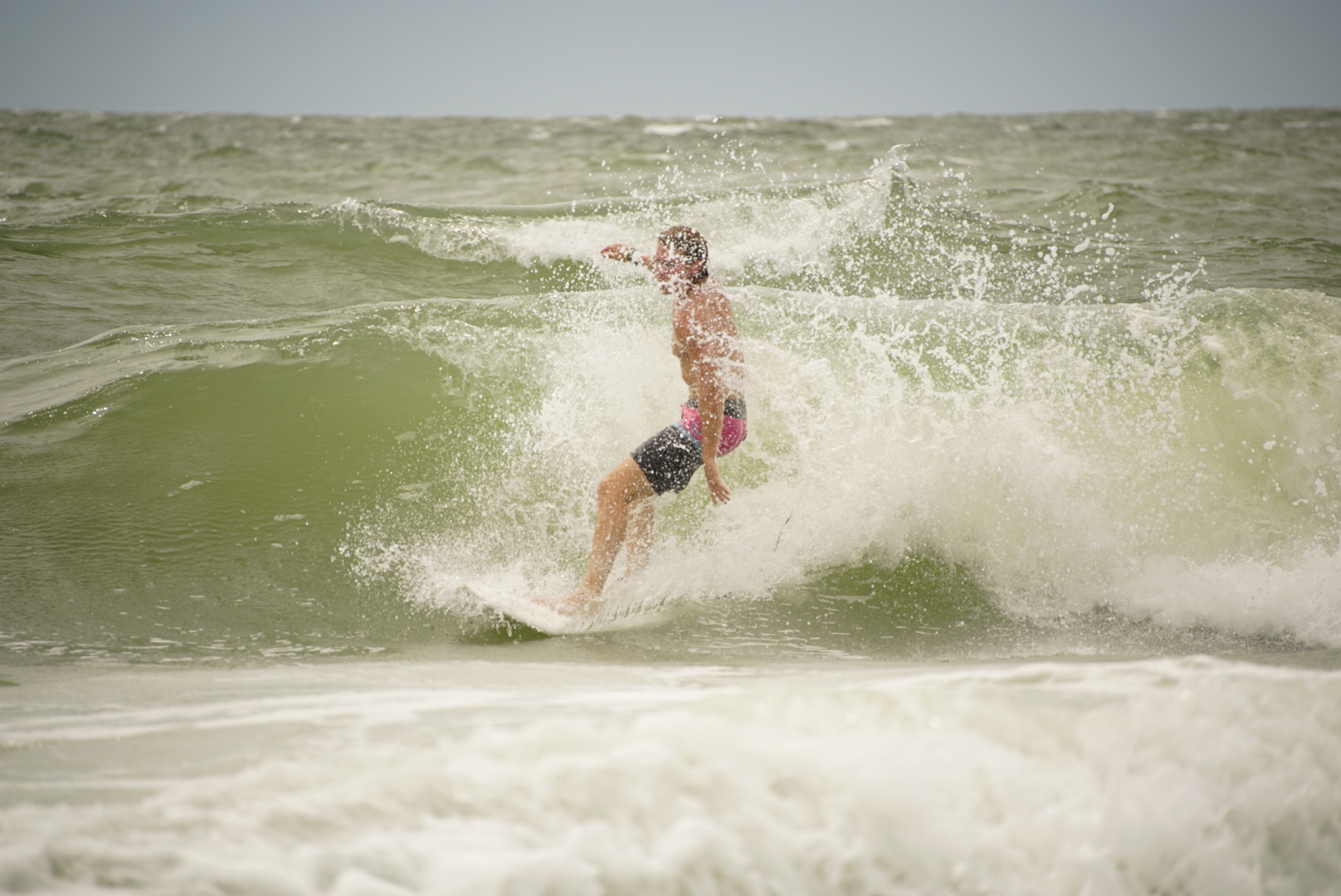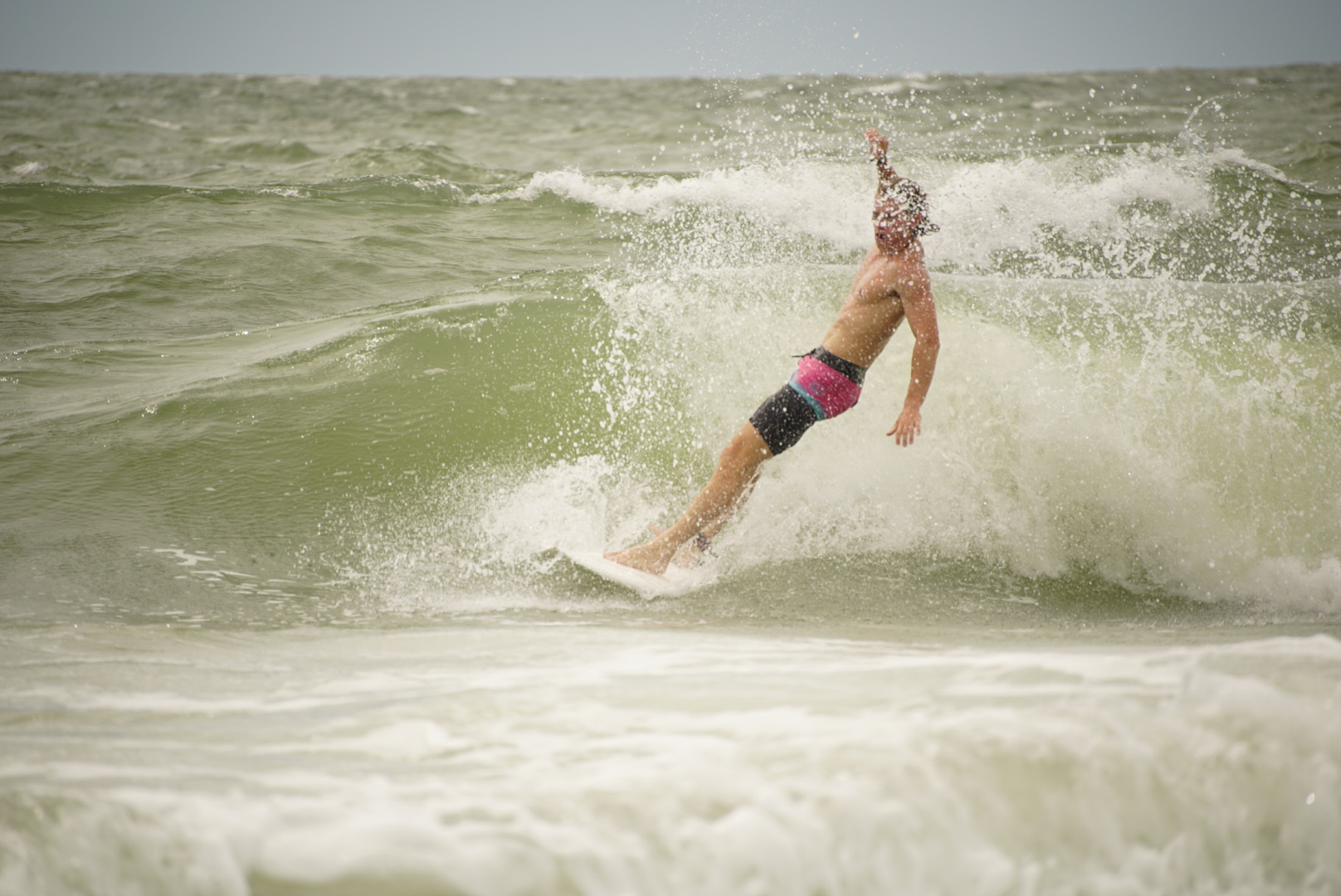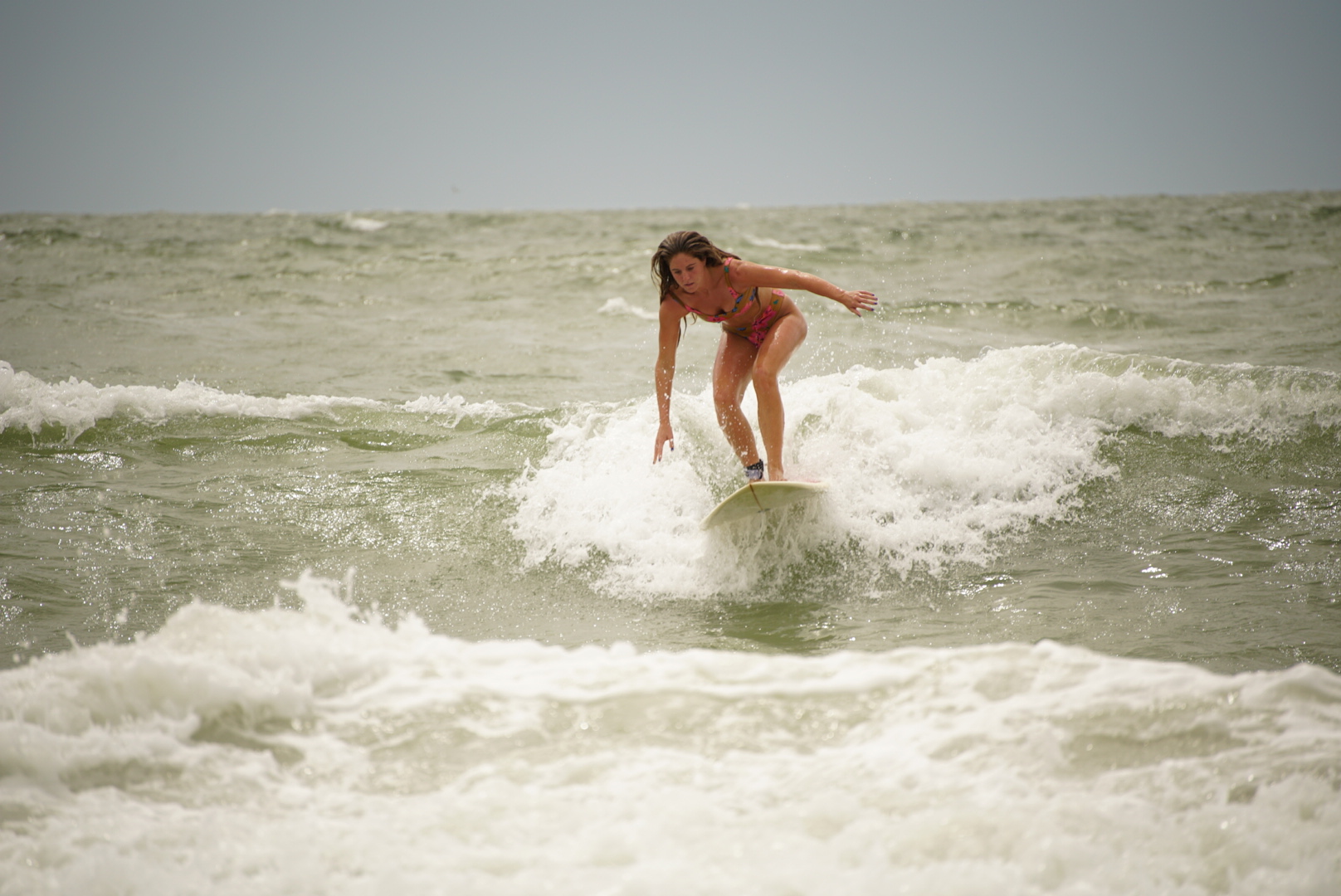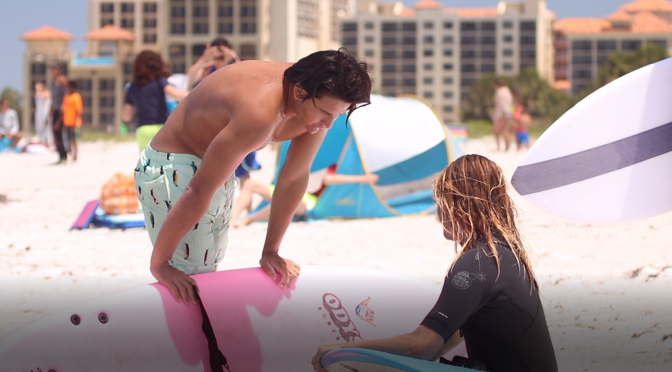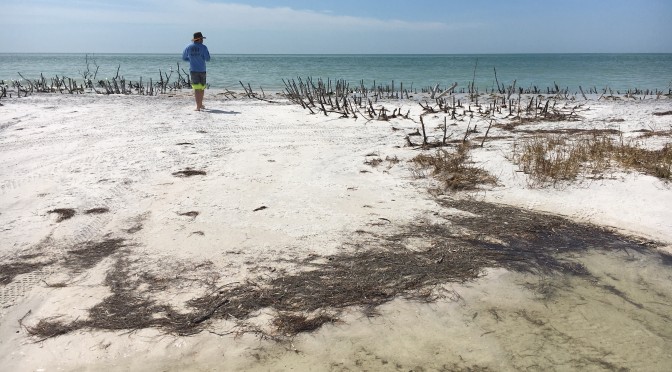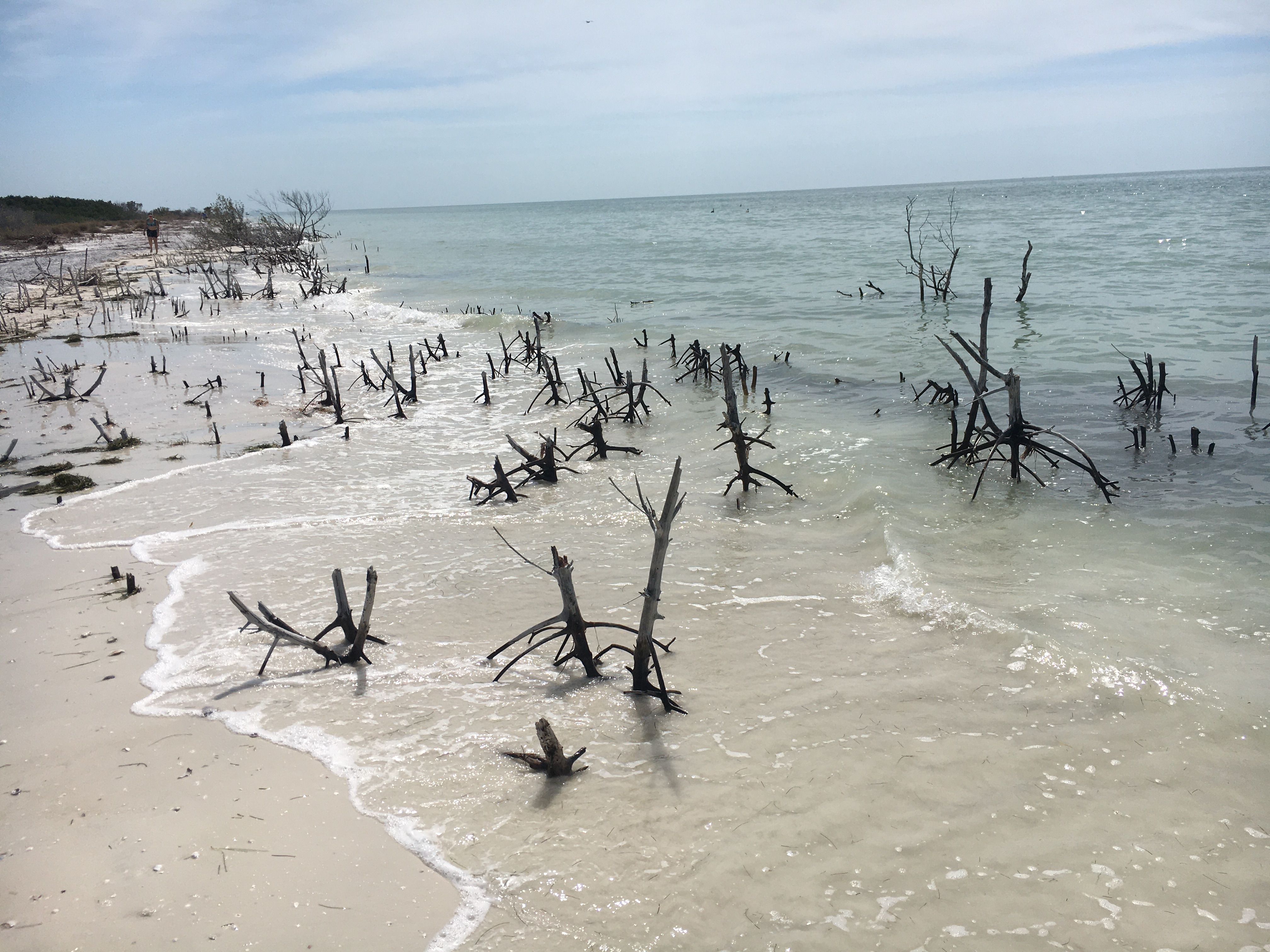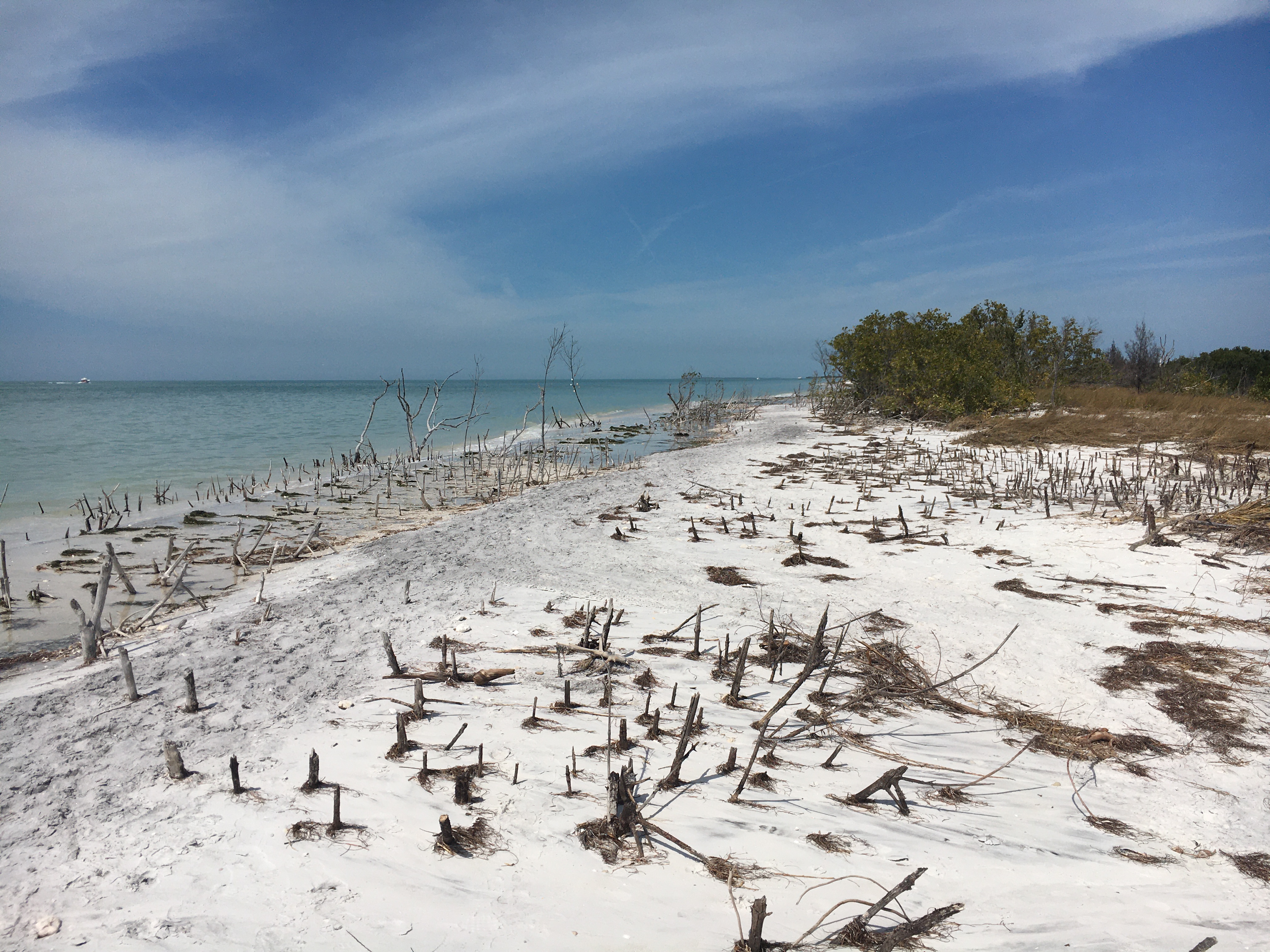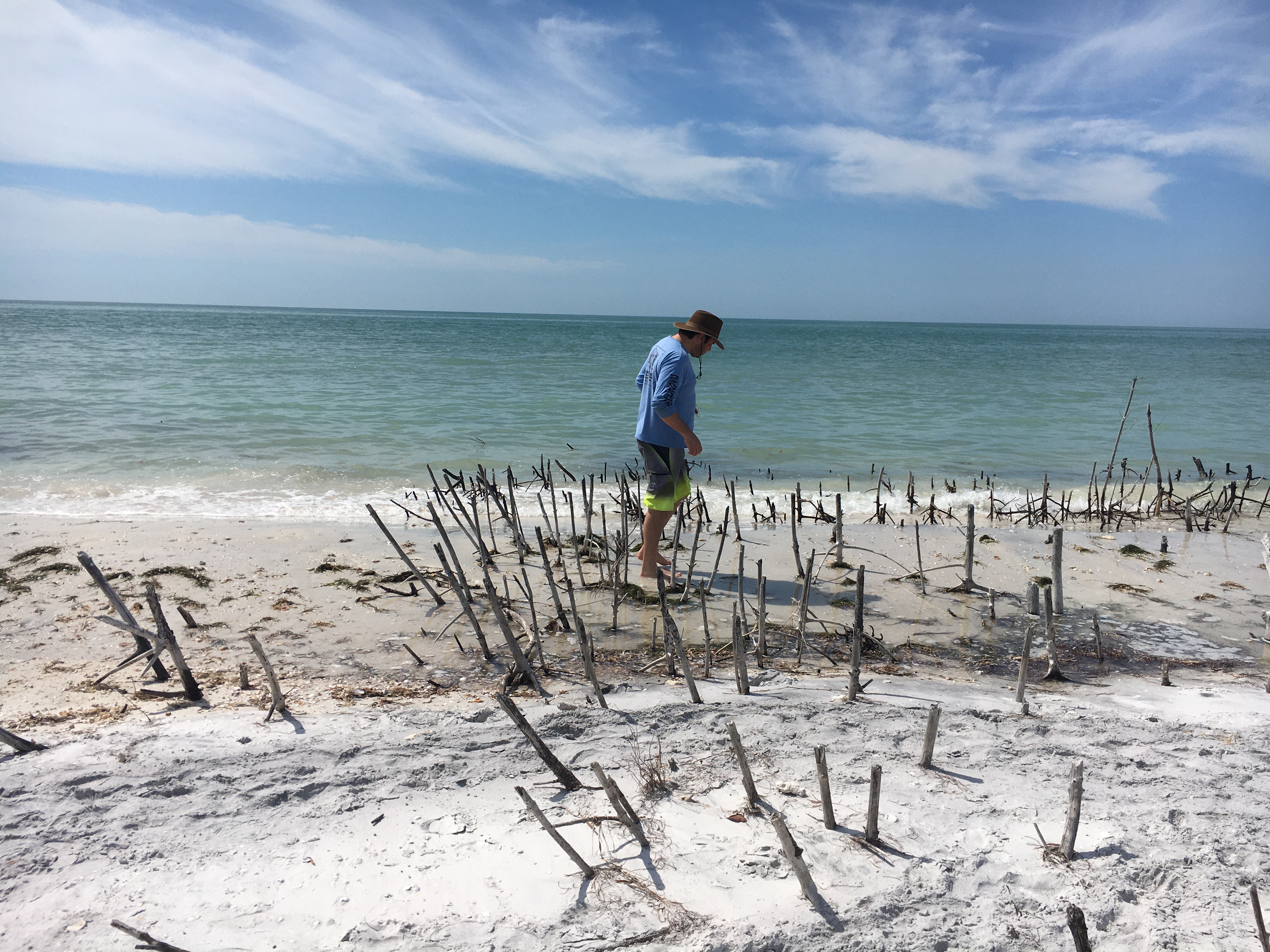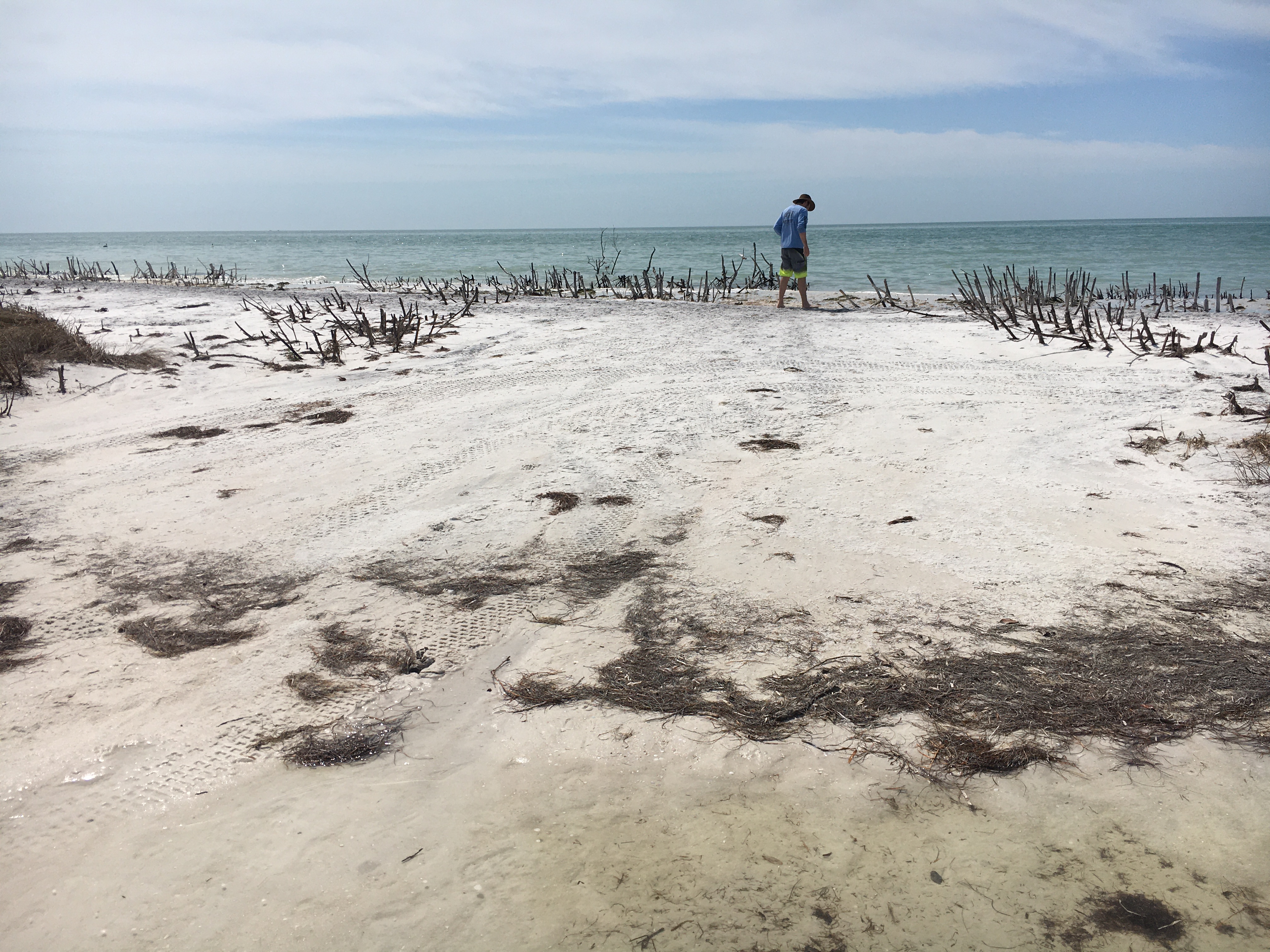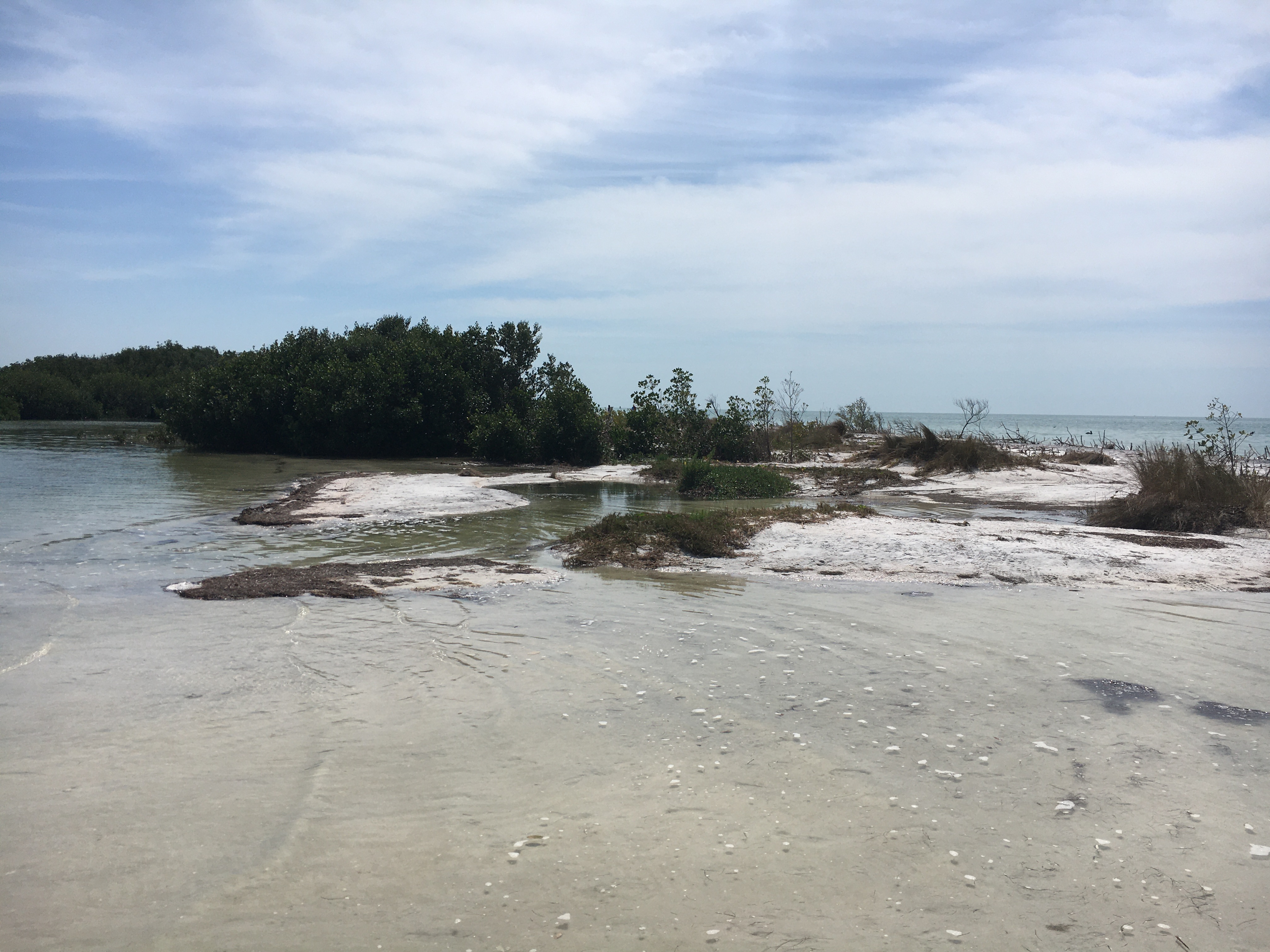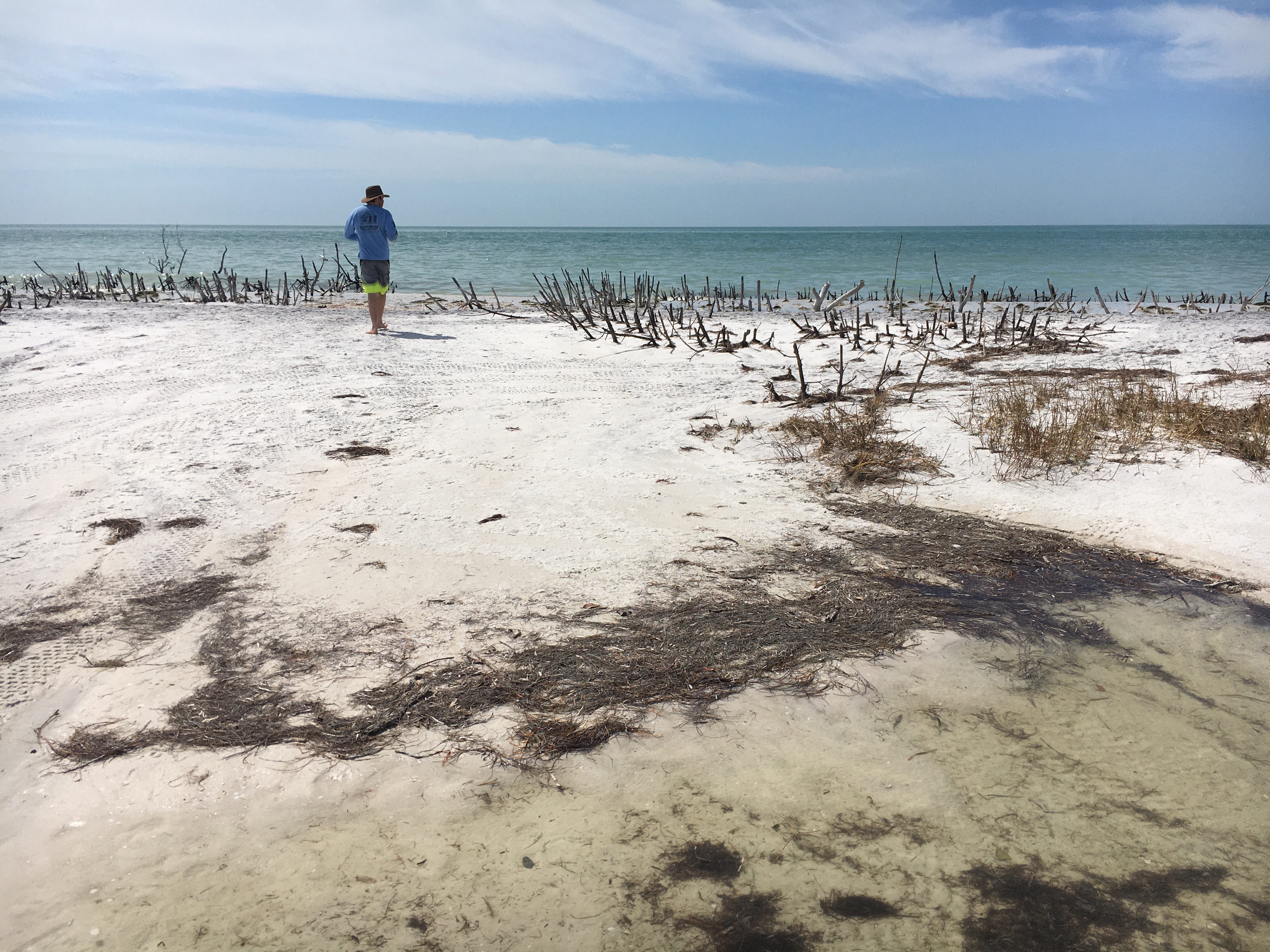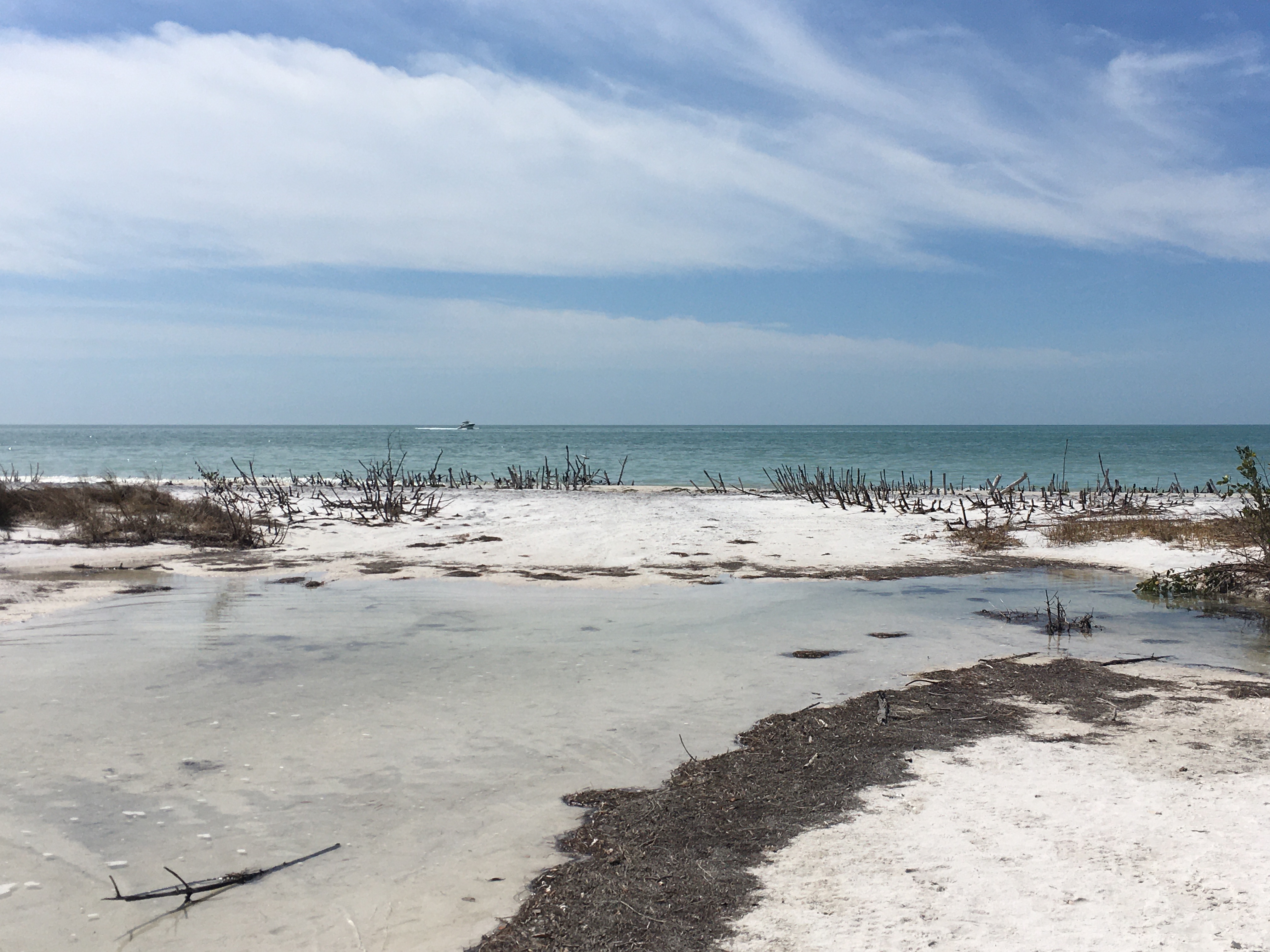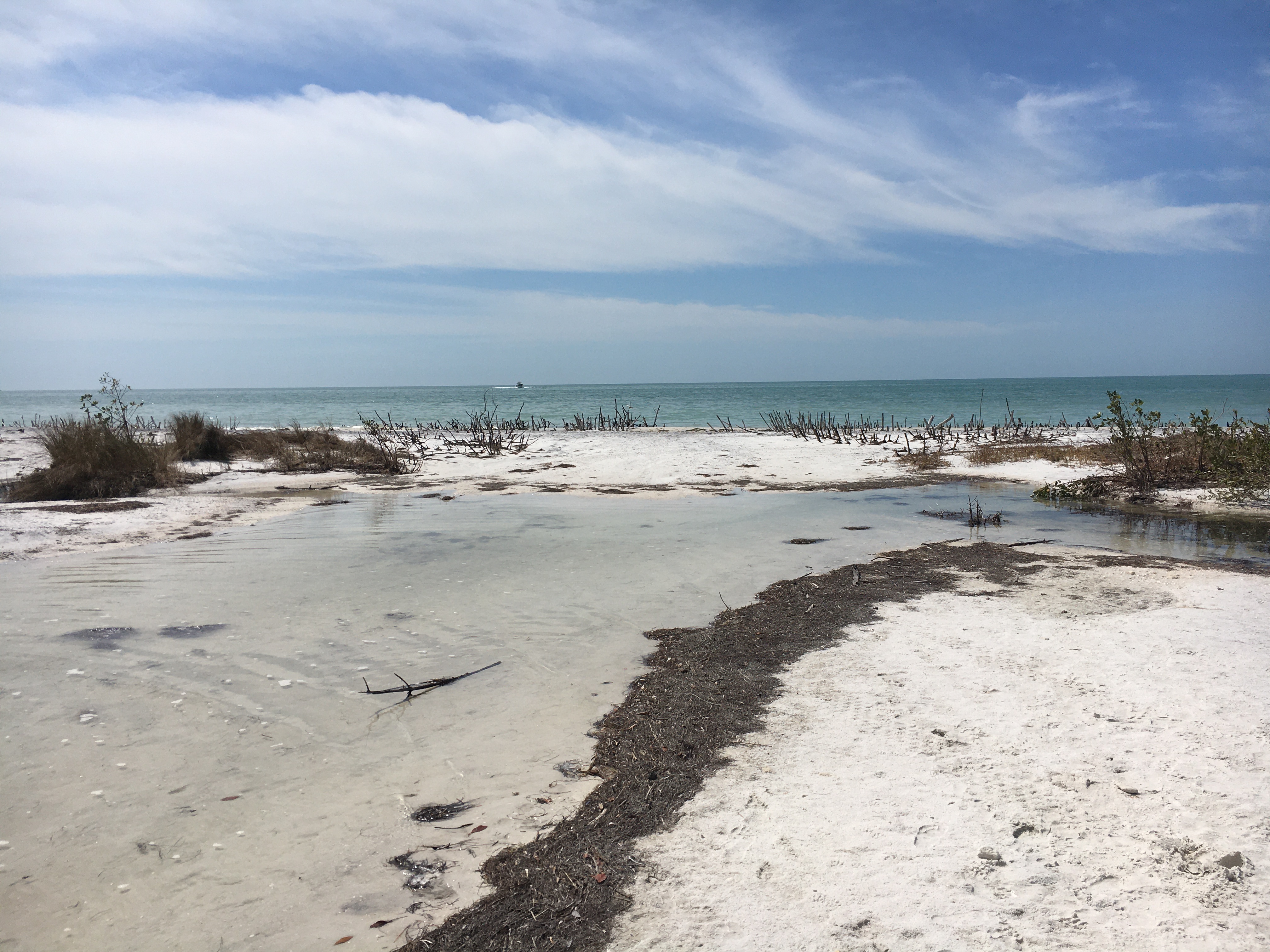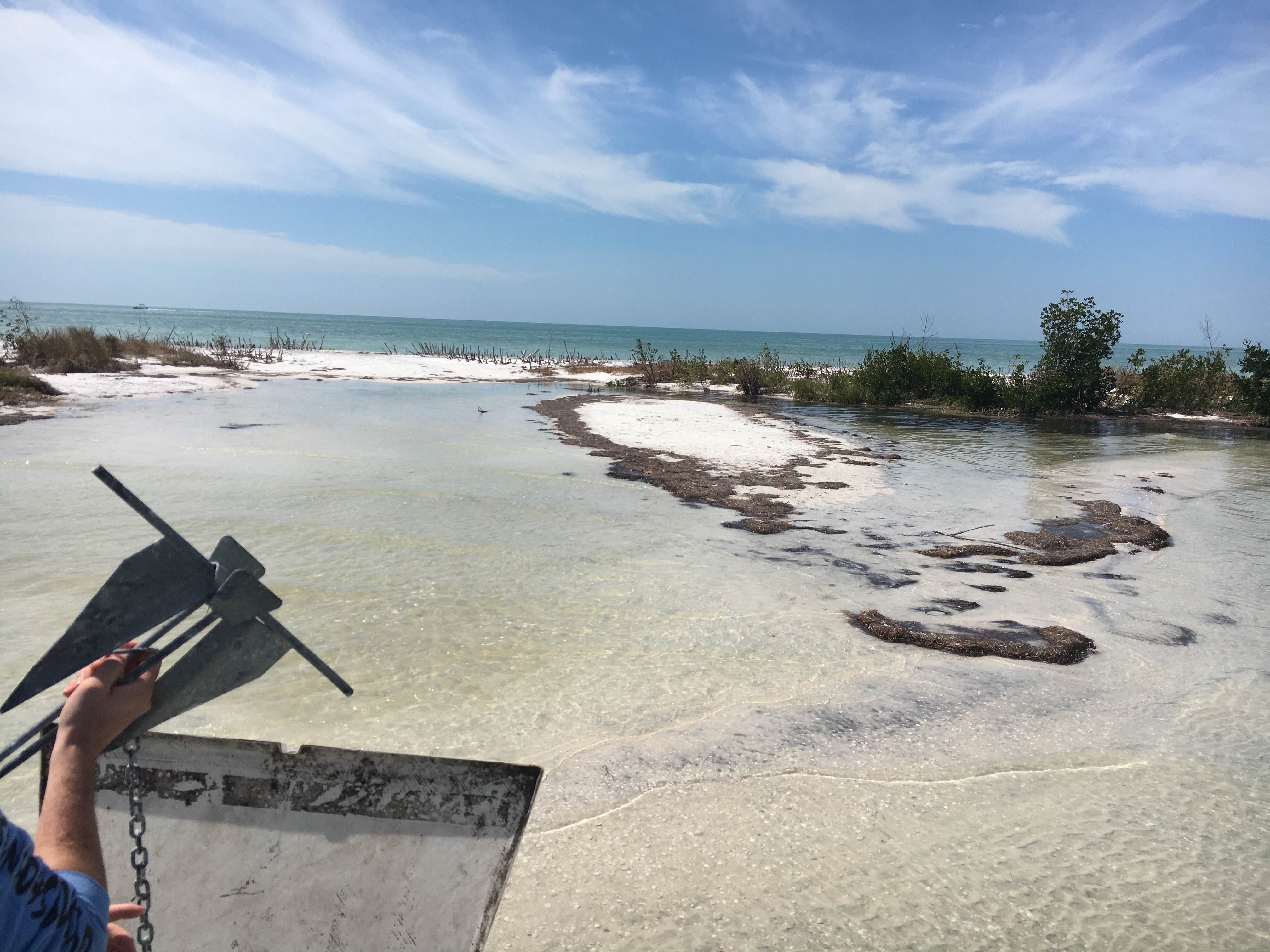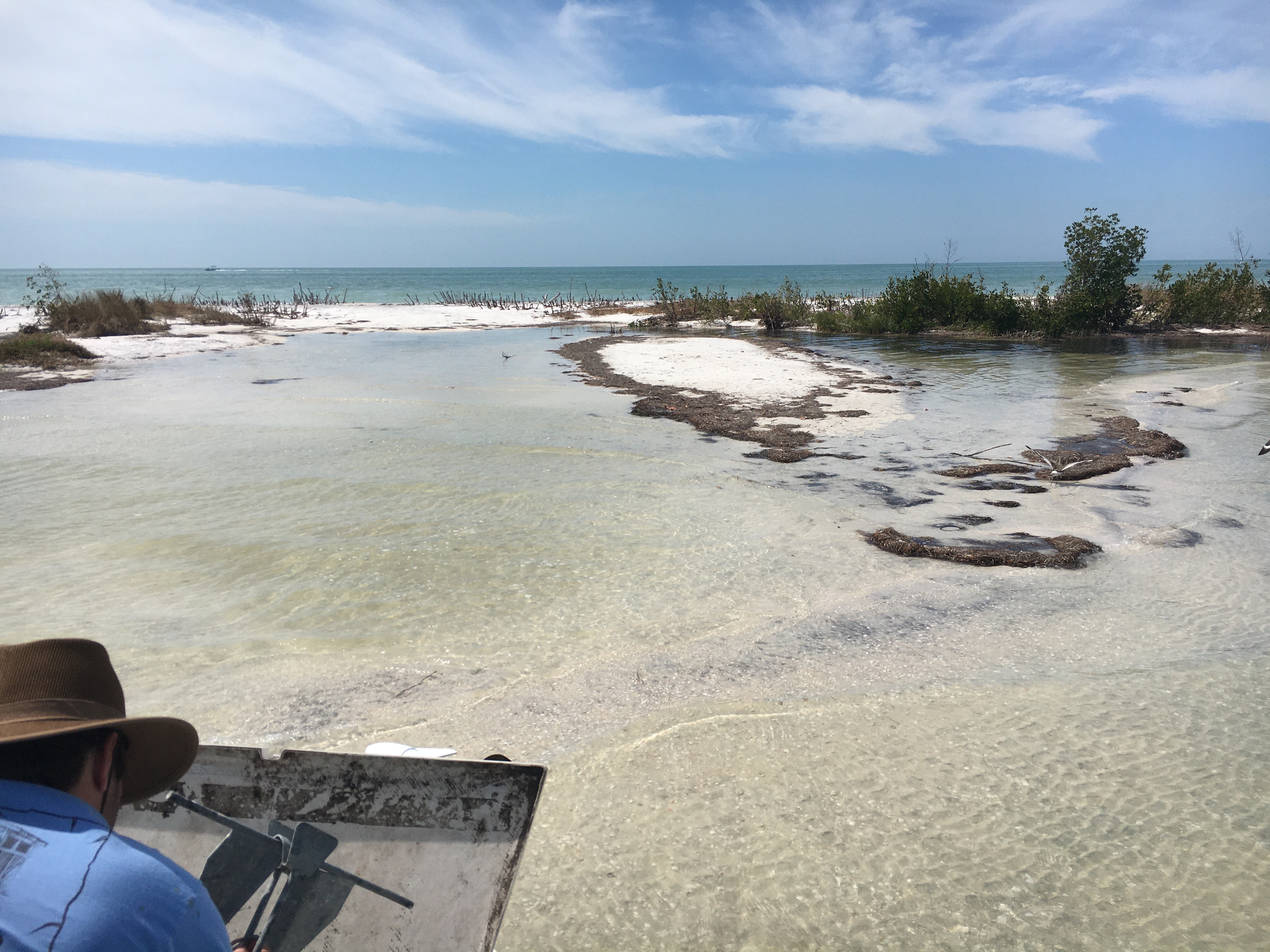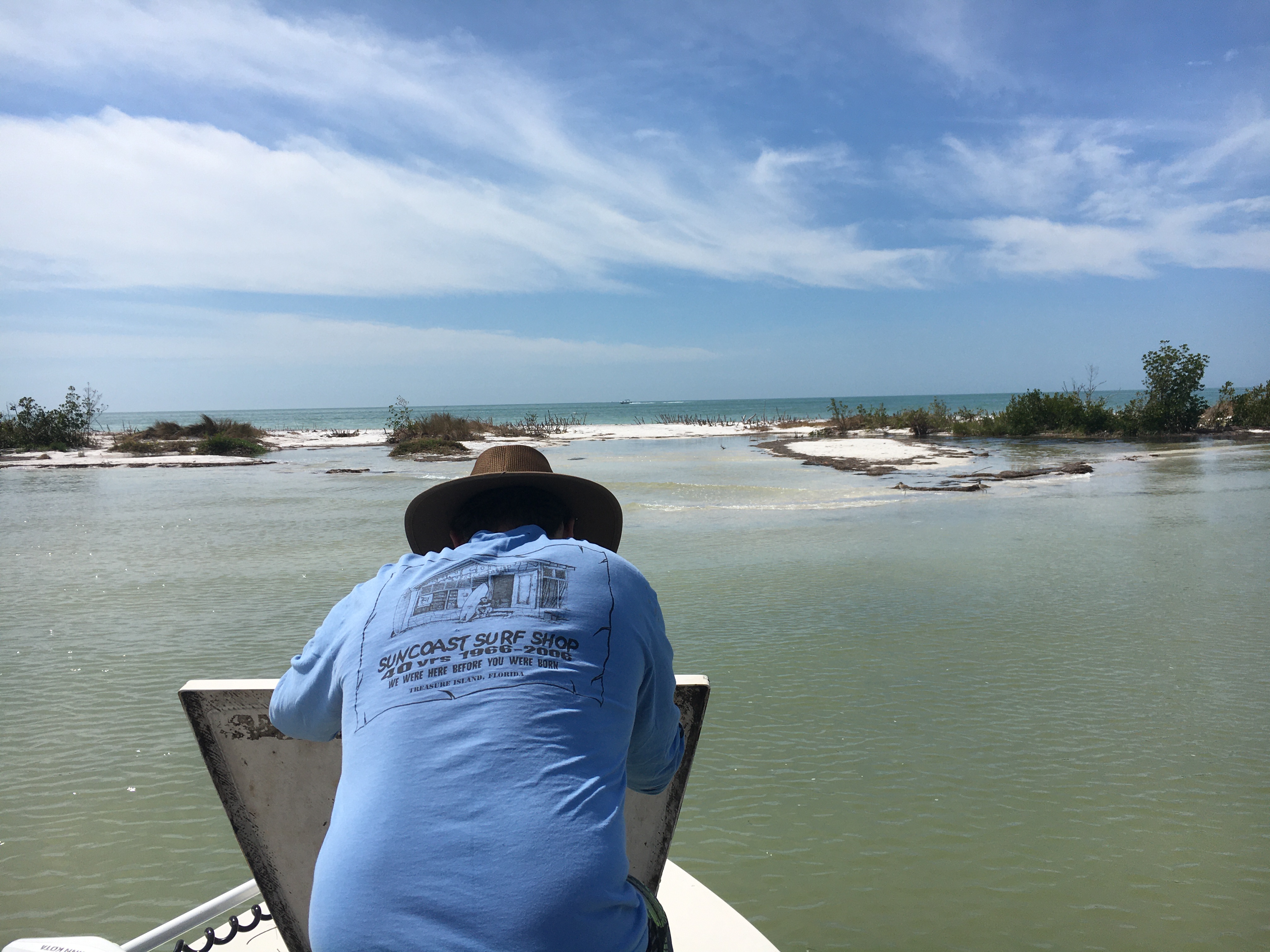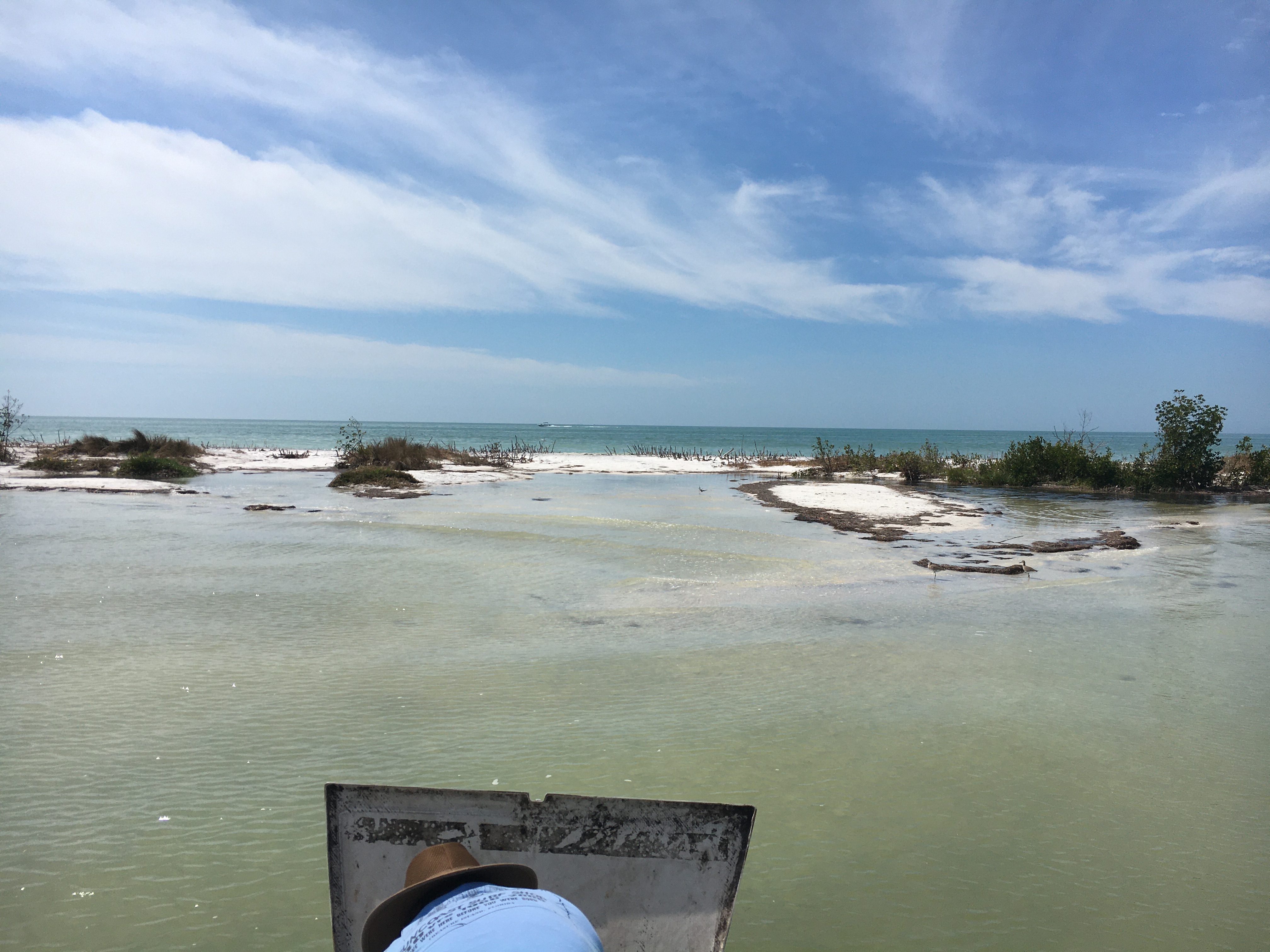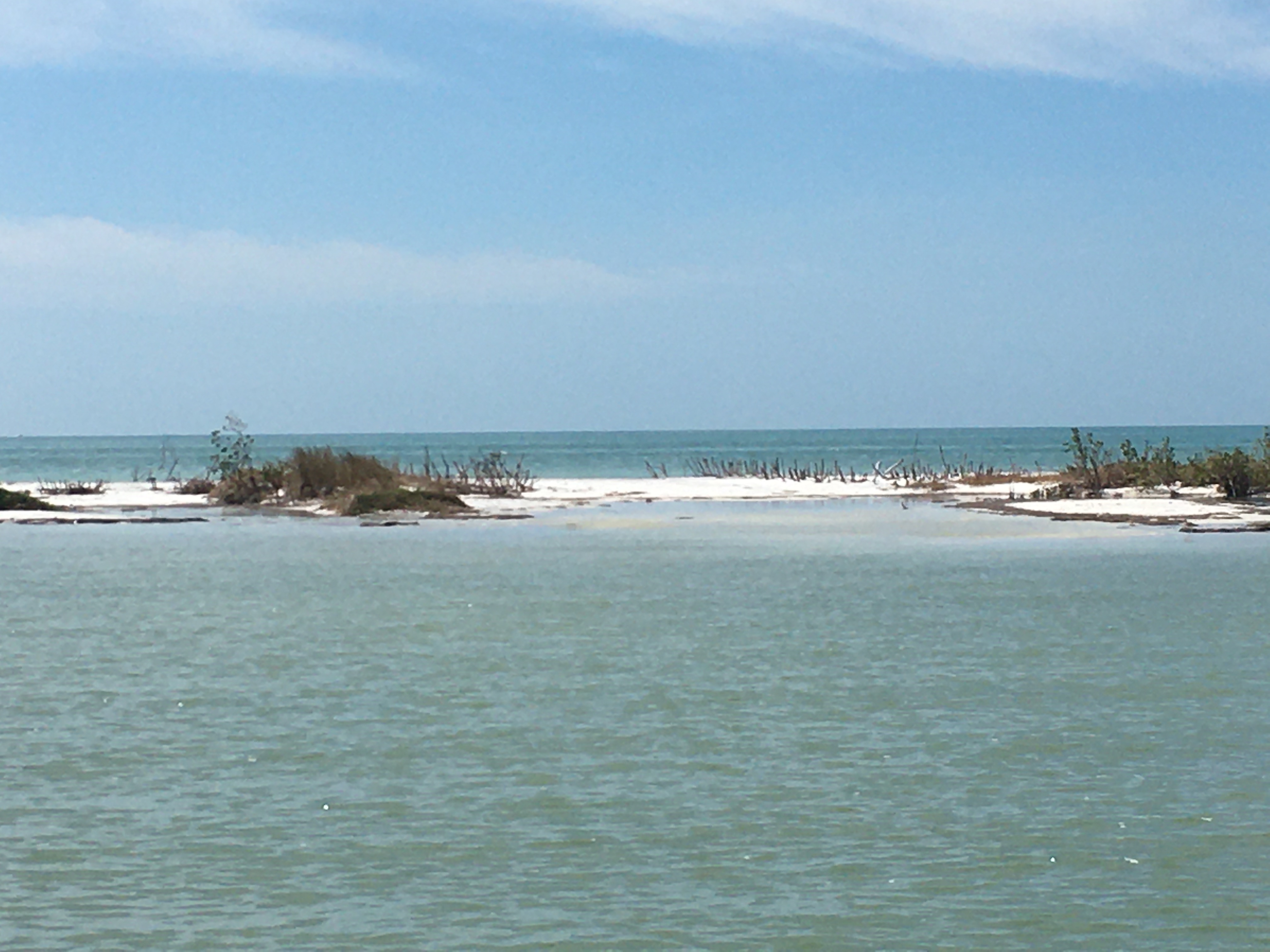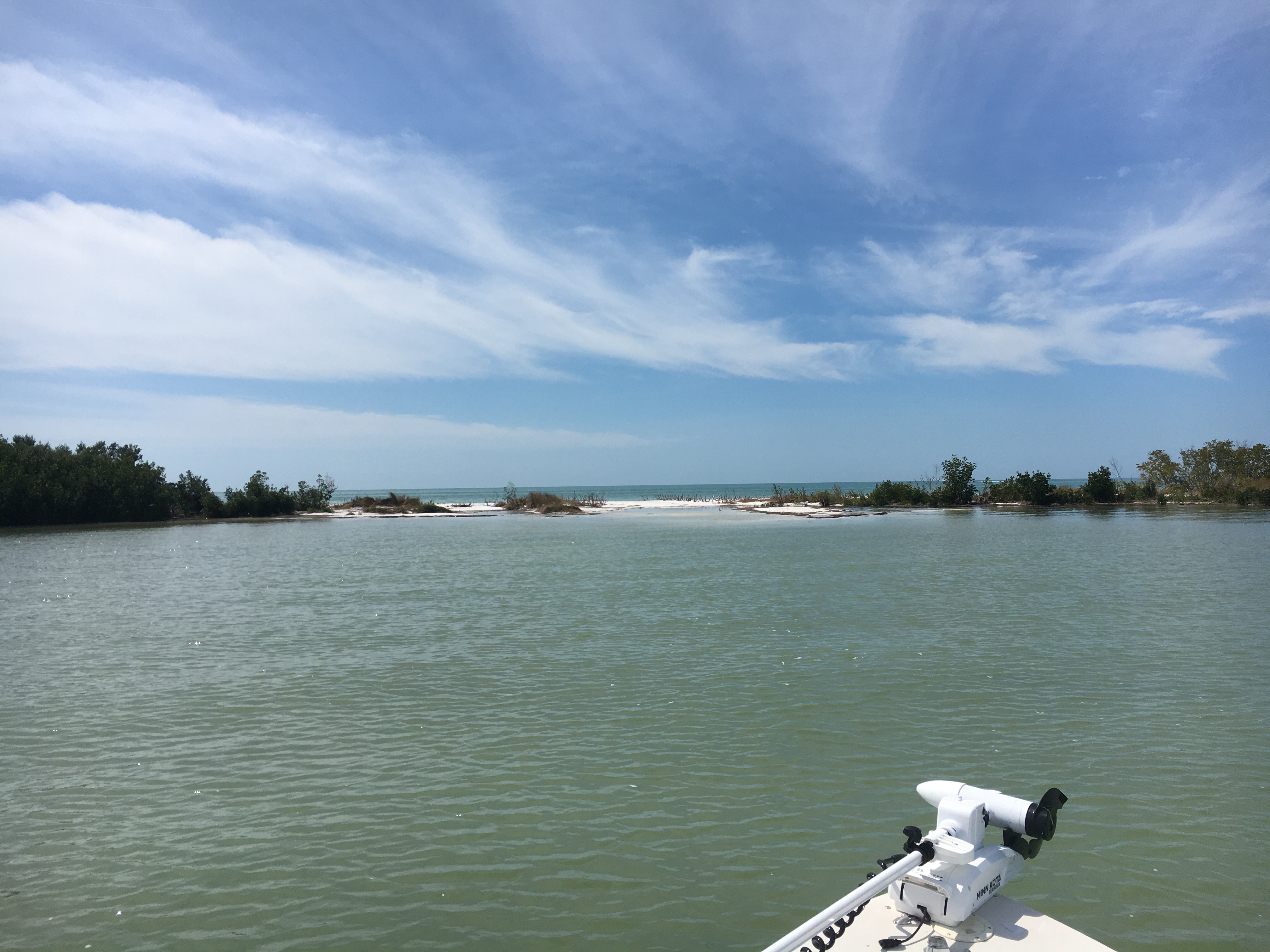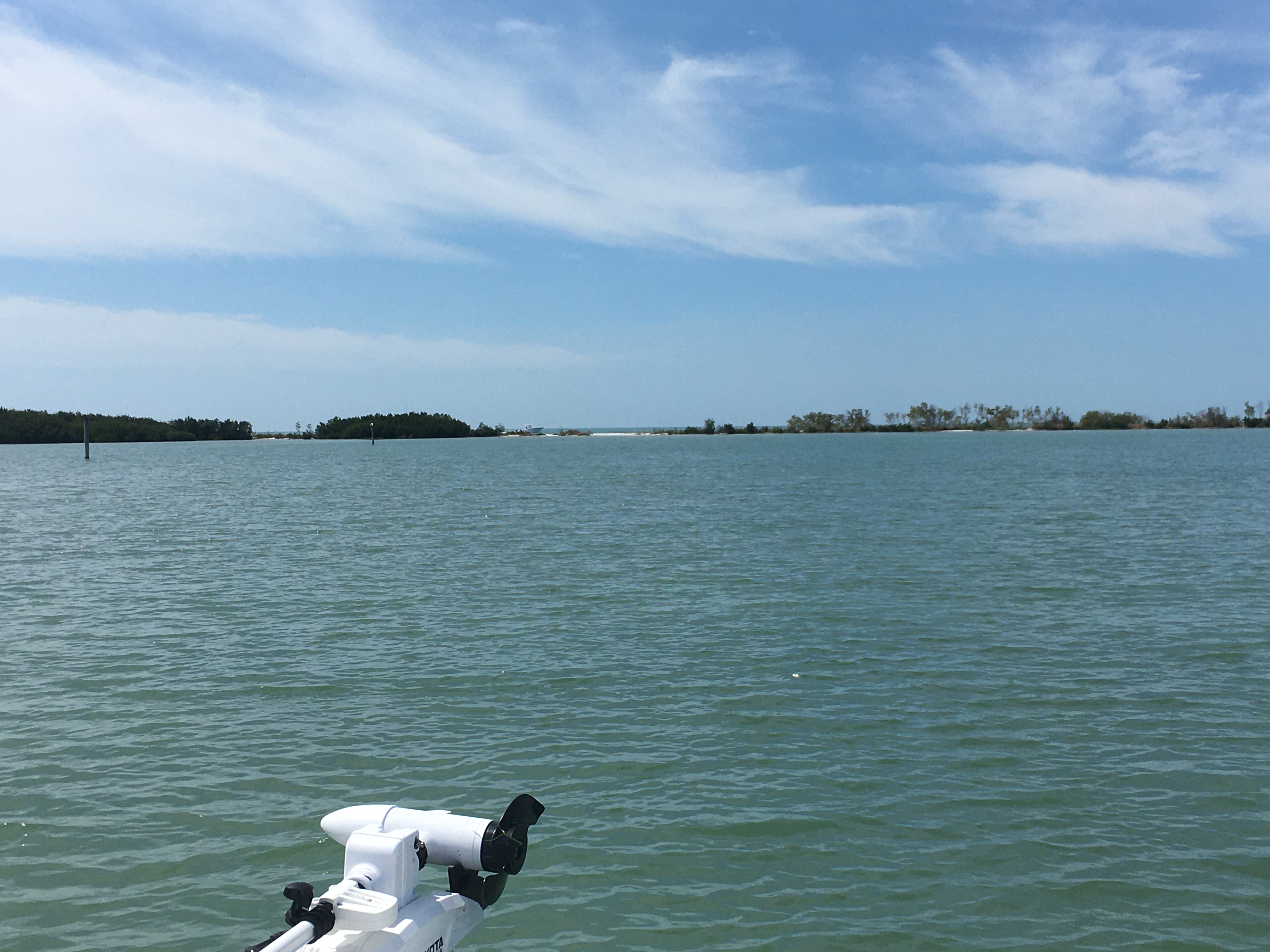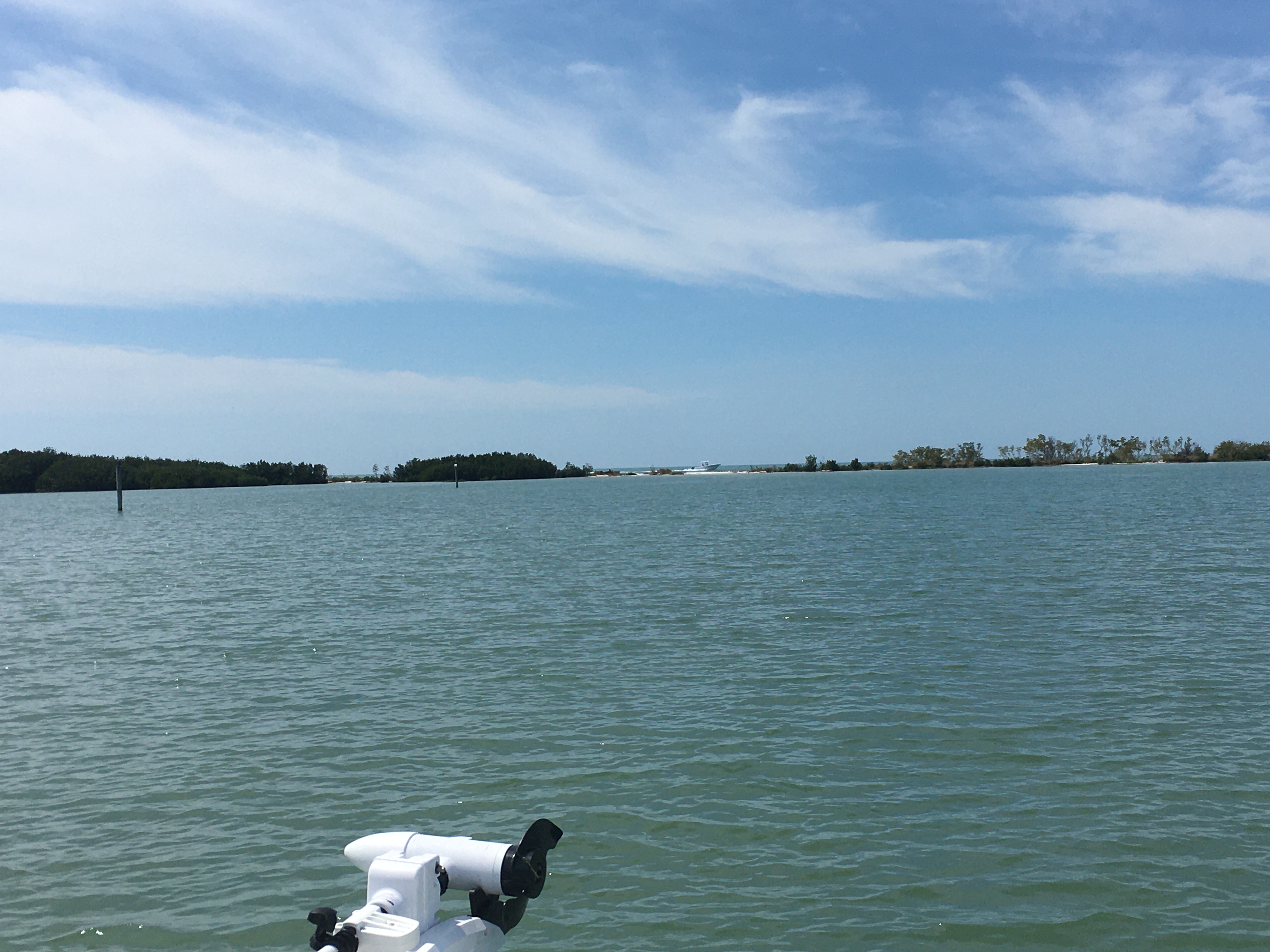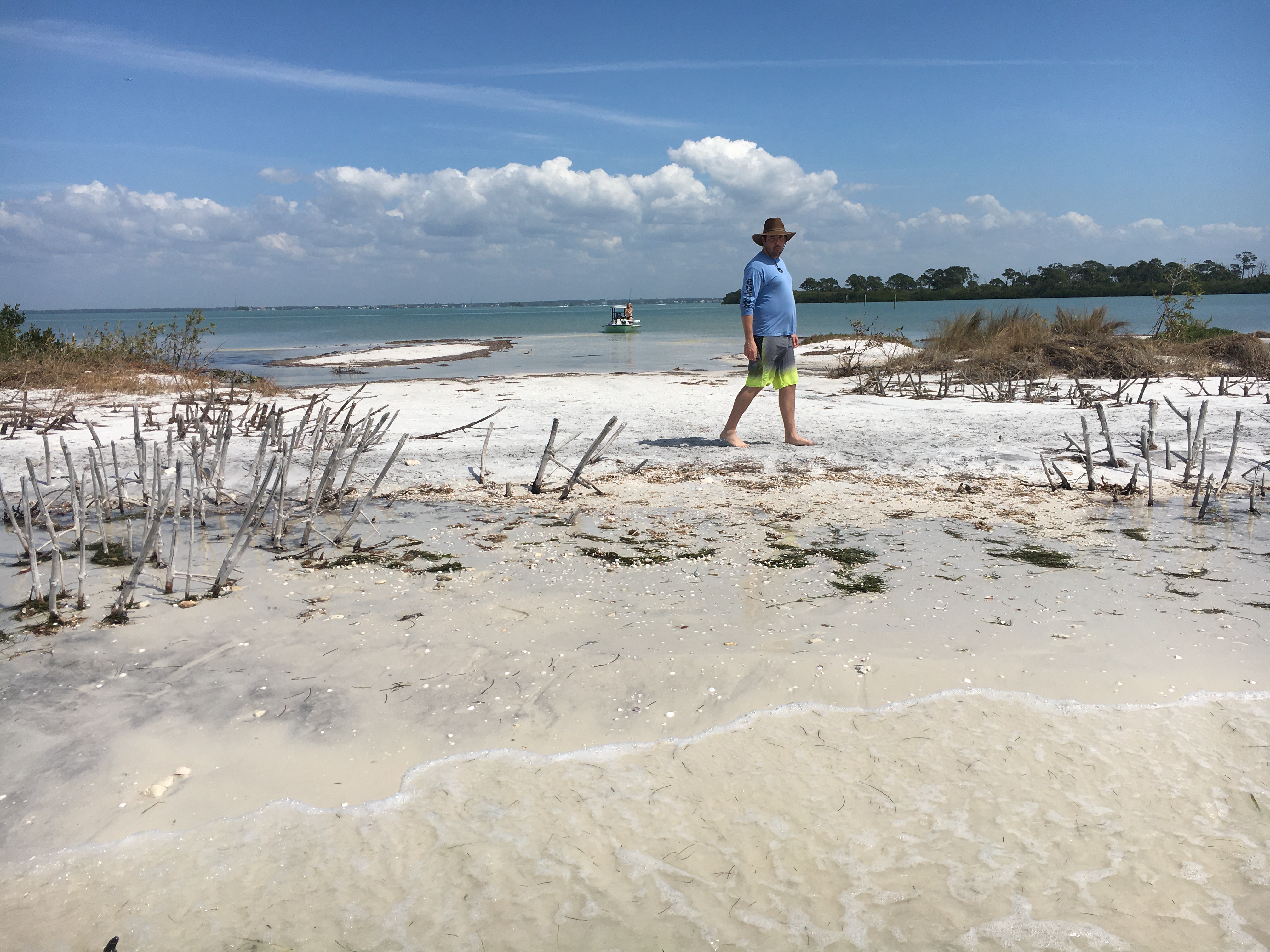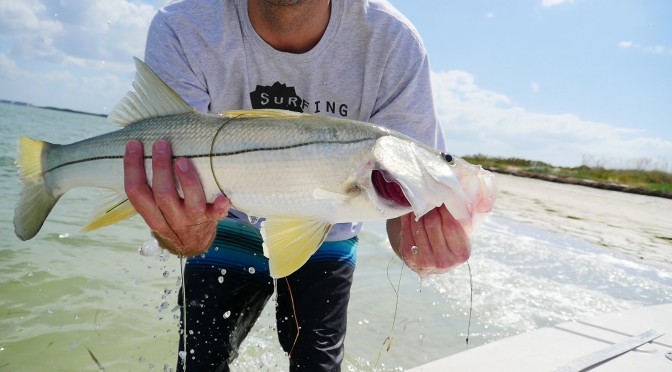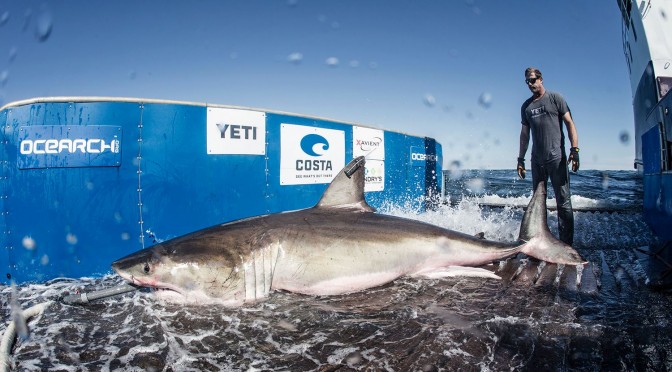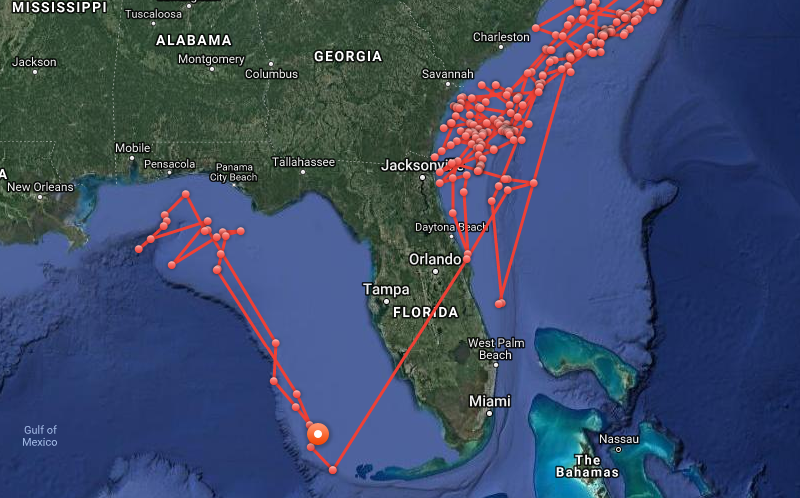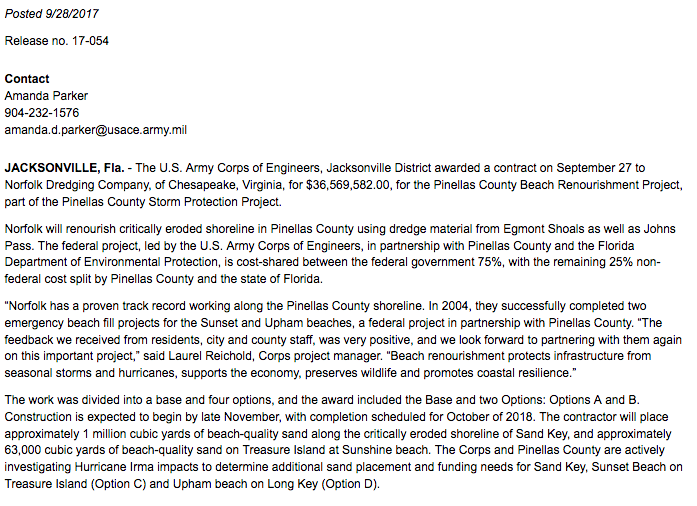Category Archives: Things to Know
Clearwater Beach After Corona Virus Beach Reopening
Honeymoon Island(s)!!!!
It’s about to split! We don’t have much sand left in this little gap. What’s it going to take to open this pass? Are we just a few spring high tides away or will a tropical storm do the trick? Send in a few pictures if you’re there after it happens. We’re just weeks or maybe months away from the official split of the walking beach Honeymoon Island ranked among the best beaches in the country.
No Surfing Zone at Honeymoon Island
I spoke to the Honeymoon Island State Park park manager today, Mr. Peter Krulder. We spoke about surfing being banned at Honeymoon Island State Park. I formulated a series of questions to ask him on camera. Though he didn’t want to be on camera, he didn’t seem to mind when I said I would like to post his answers to the questions. Continue reading No Surfing Zone at Honeymoon Island
Red Tide Snook and Redfish Closure until May 10th, 2019
In case you haven’t already heard, the Florida Fish and Wildlife Commission has closed two of the biggest recreational fishes in the state, snook and redfish. This closure is impacting most of the west coast of Florida, and the closure was extended until May 10th.
What I want to know is, who put these idiots Continue reading Red Tide Snook and Redfish Closure until May 10th, 2019
Great White Sharks in the Gulf of Mexico Spring 2018
It seems that every year we hear some “news” about how there are white sharks in the Gulf of Mexico. It’s as if the mere existence of these sharks in the Gulf is so profoundly unusual that it merits our attention. Well, it’s happening again. Two sharks that go by the name of Hilton and Yeti have been picked up by the satellite trackers attached to their dorsal region over the past couple weeks. Hilton first, in late April, then Yeti just yesterday. It’s worth mentioning that there are literally hundreds if not thousands of local sharks in your saltwater area ranging from all different sizes. 12 foot long Hilton is pictured in the featured image aboard the water platform attached to the Ocearch research vessel during his tagging. It’s actually actually quite commonplace to hear about white sharks in the gulf. Still, the recent ping from Hilton and Yeti’s satellite tags is a great opportunity to talk a little bit about sharks and their movements.
Let’s start with an analogy a fisherman once said. He was using this analogy to explain how to catch fish. It’s also a good way to understand how to find them. He said, fish are like people. Think about this, what you want to eat today may be a turkey sandwich, but tomorrow you might want a steak, and the next day maybe a salad. When talking about the food they eat, they may not always want the same thing from the same place. This subjective preference for different foods may dictate how these fish move. It certainly seems like a possibility, and definitely something the experts consider when trying make guesses about how and why these fish are moving. Food is a major driver for white shark behavior, and shark behavior in general for that matter. Food along the very fishy panhandle region of the continental shelf is a common source of sustinence for white sharks (see Hilton movement map below). Since being tagged by Ocearch Hilton has traveled 9929.312 miles between March 03, 2017 and April 2018.
When thinking locally about migratory shark behavior the local topography comes into consideration. We have an area behind Honeymoon Island State Park once described to me by a close friend as Shark Alley. It’s a trough that runs along the back side of the island that’s literally loaded with sharks. This deeper channel along the grass flat is a great transportation route for small and large sharks alike. On any given day you might spot a larger shark traveling through shark alley, and since this route is one of the more ideal routes, it’s more common to see the fish along it. Ideal routes to food, to move with the tides, or simply weather based movements are an obvious predictor of shark migration behaviors.
Questions one might ask as a researcher, questions undoubtedly left unanswered fall into a location and movement line of questioning. Do sharks have predictable patterns that they fall into? Do they have memories and are they impacted by them in a way that makes them more or less likely to return to a previous location? Some people think many fish travel along the same routes and to the same places year after year. Some people think fish just move as they wish. Do some species have preferences for certain regions of the gulf and why? Do they all have the same patterns of behaviors? Human behavior is so variable, are any fish like us? Biologists have mentioned that Dolphins are the only animals that engage in recreational intercourse. Do sharks exhibit unique human-like behaviors like this?
Correlational data are gathered and collated for many fish. It’s actually the only source of data for this kind of research. Problematic is the reality of the data, its depth and breadth. It’s hard to know exactly how many white sharks have been moving through the gulf. So we’ve got satellite tags on two of the ones in the gulf, but there could be hundreds more. We also have a hard time saying with certainty anything about why these creatures do what they do. If only they were like humans and we could just ask them, and try to trust that what they’re saying is accurate at least from their perspective. Unfortunately, sharks may be just as unpredictable and unreliable as humans.
You can read more about what Ocearch is doing on their website, watch videos, see shark info, and other related information on Ocearch.org.
Public and Private Beaches in Florida: Is it wet or dry?
A significant bill that changes what’s considered public beach and what’s considered private beach in the State of Florida recently was passed in the Florida House of Representatives. The beach that you may have, for many years, used like a public beach and considered public, and a beach that was in fact considered public according to “customary use” laws and policies, could be converted to private use starting on July 1, 2018.
The bill gives the property owners along the beach, who are thought by many to own the beach behind their property (obviously debatable), the rights that are usually entitled to property owners. This law gives property owners the right to uphold their own policies on their property, a right that can now be enforced, and not removed by local legislation. Property owners are now entitled to do what they please with their property. According to one person I spoke with today, property owners could essentially put up a fence around their piece of the beach, which in most cases goes down almost to the waters edge. Property lines for property on the beach go all the way down to what’s been called the high water line, or as a rule you could think the wet or dry sand. If it’s dry it’s probably private property assuming it’s in front of private property, but if it’s a wet part of sand along the water it’s probably public property.
Something many people are wondering is, what does this mean when the time comes to renourish the beaches. Will tax dollars be used to fund the renourishment of private beaches? I would certainly hope not. Oh wait just one second, that’s what’s about to happen. The Army Corp of Engineers awarded a 36 million dollar contract to a company to create private property in Pinellas County from Sand Key to Redington, for private property owners all along the coast. The renourishment project was expected to begin at the beginning of this month, April 1st.
Some other things to note are that many beaches that are highly commercialized are already highly regulated by hotels, condo, and simply the industry as if the previous policies didn’t matter. If you were to look at ariel images of the private properties you’d see places like hotels and condos have their own sets of rental umbrellas that go almost right up the the waters edge. That would only be possible if that was permitted or private land (private land in this case).
You have to be wondering how many of the condominiums, hotels, and homes along your favorite beach will be using this bill to enforce their private property rights, and I assure you, they are many. There may also be a limited amount of observable change, because highly commercialized areas want to maintain the inviting atmosphere of the beach. You might have considered the beaches of Clearwater Beach, Jacksonville Beach, or Miami Beach mostly public before, but in reality that just isn’t the case.
Leave your thoughts in a comment below:
